Title Text

University of Delaware
Department of Physics and Astronomy
Biden School of Public Policy and Administration
Data Science Institute
Rubin Observatory Construction Project - Deputy Project Scientist
Rubin Transients and Variable Stars Science Collaboration
federica bianco - Associate Professor
(she/her)
This is a living land acknowledgement developed in consultation with tribal leadership of Poutaxet, what is now known as the “Delaware Bay,” including: the Lenape Indian Tribe of Delaware, the Nanticoke Indian Tribe, and the Nanticoke Lenni-Lenape Tribal Nation in 2021. We thank these leaders for their generosity.


The University of Delaware occupies lands vital to the web of life for Lenni Lenape and Nanticoke, who share their ancestry, history, and future in this region. UD has financially benefited from this regional occupation as well as from Indigenous territories that were expropriated through the United States land grant system. European colonizers and later the United States forced Nanticoke and Lenni Lenape westward and northward, where they formed nations in present-day Oklahoma, Wisconsin, and Ontario, Canada. Others never left their homelands or returned from exile when they could. We express our appreciation for ongoing Indigenous stewardship of the ecologies and traditions of this region. While the harms to Indigenous people and their homelands are beyond repair, we commit to building right relationships going forward by collaborating with tribal leadership on actionable institutional steps.
Time domain astrophysics at a glance
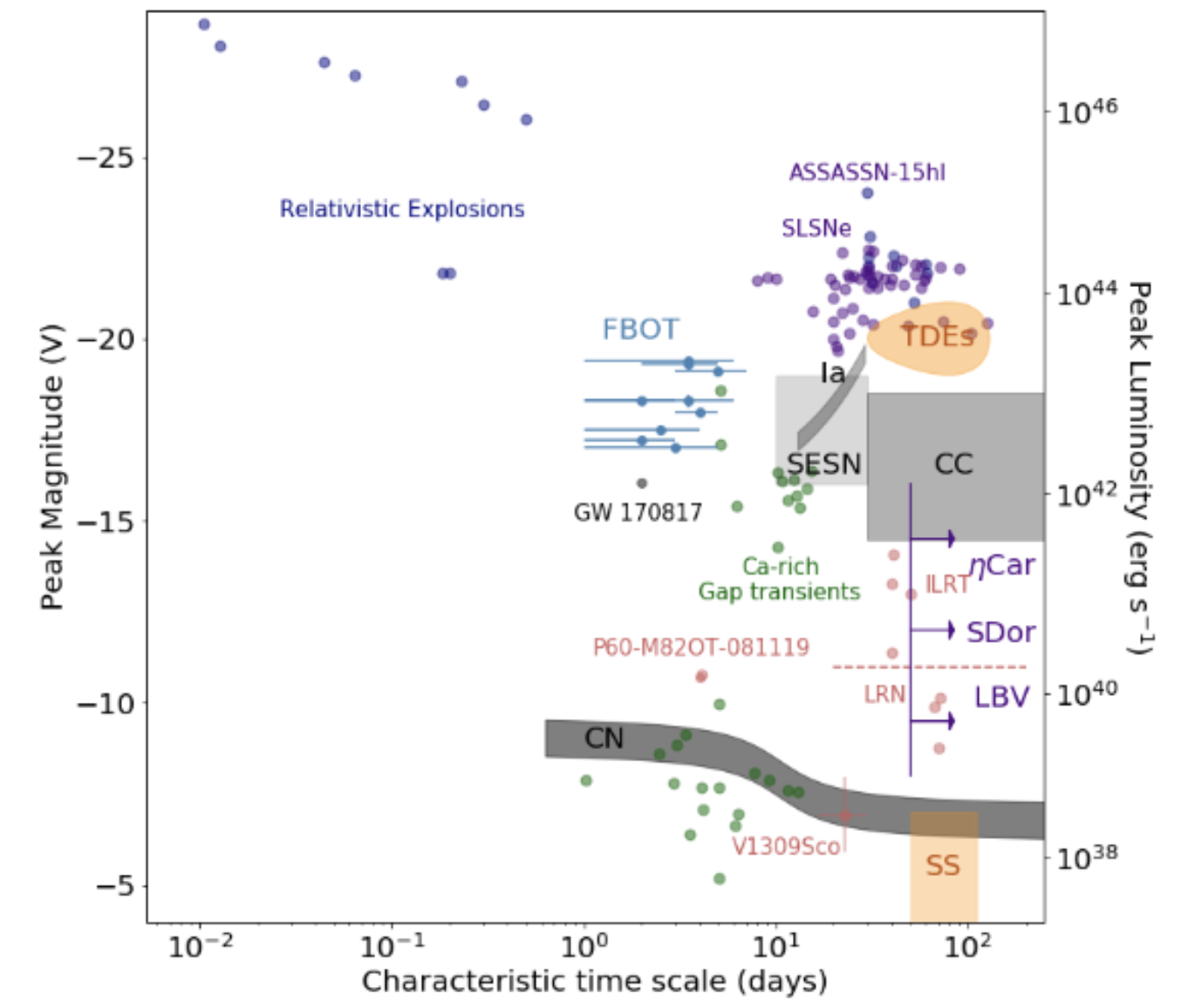
Leading the Rubin LSST army of volunteers
Rubin LSST projects at FASTLab
At the intersection of astrophysics and Public Policy: From Light Echoes to Pollution Plumes
Data skills for good: COVID response support in Delaware
https://www.youtube.com/watch?v=qc_iscV1uA0
Bulding a legacy: the Vera C. Rubin Obsrvatory and LSST
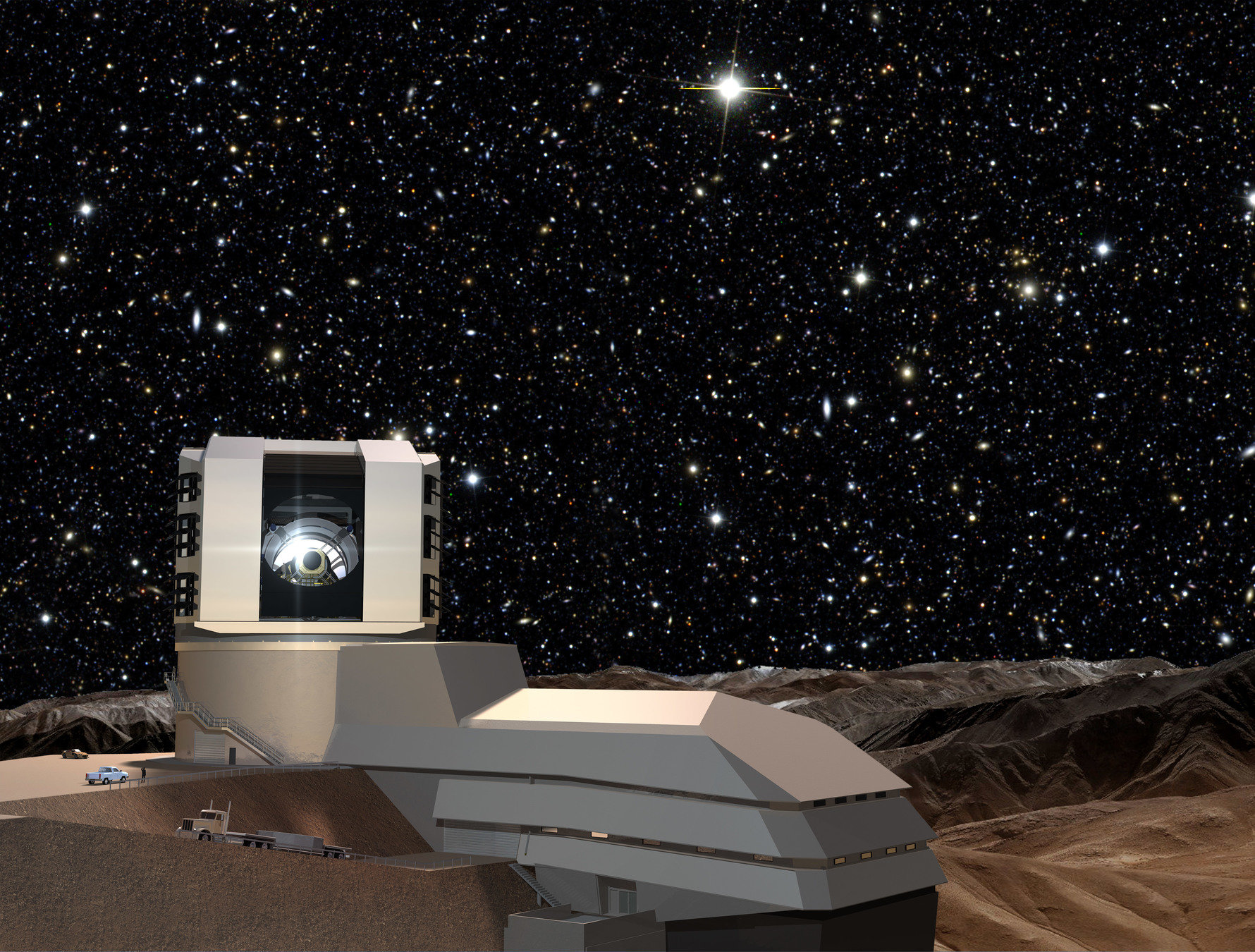
what's in a name?

Rubin Obs is the first ground-based US National Observatory named after a woman astrophysicist, Dr.
Vera Florence Cooper Rubin
pioneered studies of Dark Matter through rotational curves
VRO
federica bianco - fbianco@udel.edu

@fedhere
what's in a name?

Rubin Obs is the first ground-based US National Observatory named after a woman astrophysicist, Dr.
Vera Florence Cooper Rubin
pioneered studies of Dark Matter through rotational curves
federica bianco - fbianco@udel.edu

@fedhere
The Legacy Survey of Space and Time (LSST) is a 10-year survey that will be conducted in the first 10 years of life of Rubin Observatory
Vera C. Rubin Observatory:

LSST Science Drivers
Probing Dark Energy and Dark Matter


image credit ESO-Gaia
LSST Science Drivers
Mapping the Milky Way and Local Volume
via resolved stellar population

An unprecedented inventory of the Solar System from threatening NEO to the distant Oort Cloud

LSST Science Drivers
LSST Science Drivers
image credit: ESA-Justyn R. Maund
Exploring the Transients and Variable Universe
10M alerts every night shared with the world
60 seconds after observation
Cosmology in the LSST era
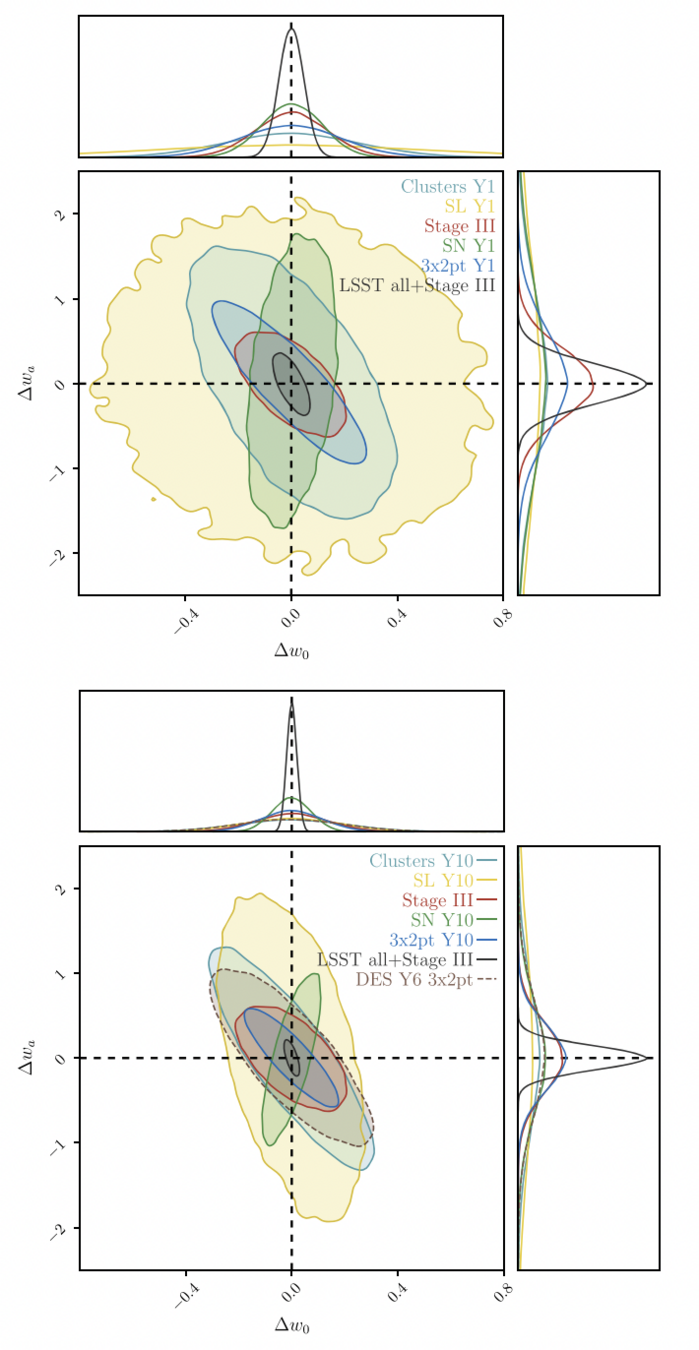

Use of multiple cross-checking probes that reach unprecedented precision .
Dark energy manifests itself in two ways. The first is the relationship between redshift and distance (the Hubble diagram), or equivalently the expansion rate of the universe as a function of cosmic time. The second is the rate at which matter clusters with time.
Iveziv 2019

Weak lensing
requires exquisite resolution and image quality
To accomplish this, we need:
1) a large telescope mirror to be sensitive - 8m (6.7m)
Objective: provide a science-ready dataset to transform the 4 key science area
federica bianco - fbianco@udel.edu
2026

To accomplish this, we need:
1) a large telescope mirror to be sensitive - 8m (6.7m)
2) a large field-of-view for sky-scanning speed - 10 deg2
Objective: provide a science-ready dataset to transform the 4 key science area
federica bianco - fbianco@udel.edu


To accomplish this, we need:
1) a large telescope mirror to be sensitive - 8m (6.7m)
2) a large field-of-view for sky-scanning speed - 10 deg2
3) high spatial resolution, high quality images - 0.2''/pixels
Objective: provide a science-ready dataset to transform the 4 key science area
To accomplish this, we need:
1) a large telescope mirror to be sensitive - 8m (6.7m)
2) a large field-of-view for sky-scanning speed - 10 deg2
3) high spatial resolution, high quality images - 0.2''/pixels
4) scan sky rapidly and process images in realtime and offline to produce live alerts and catalogs of all 37B objects
Objective: provide a science-ready dataset to transform the 4 key science area

federica bianco - fbianco@udel.edu
2026
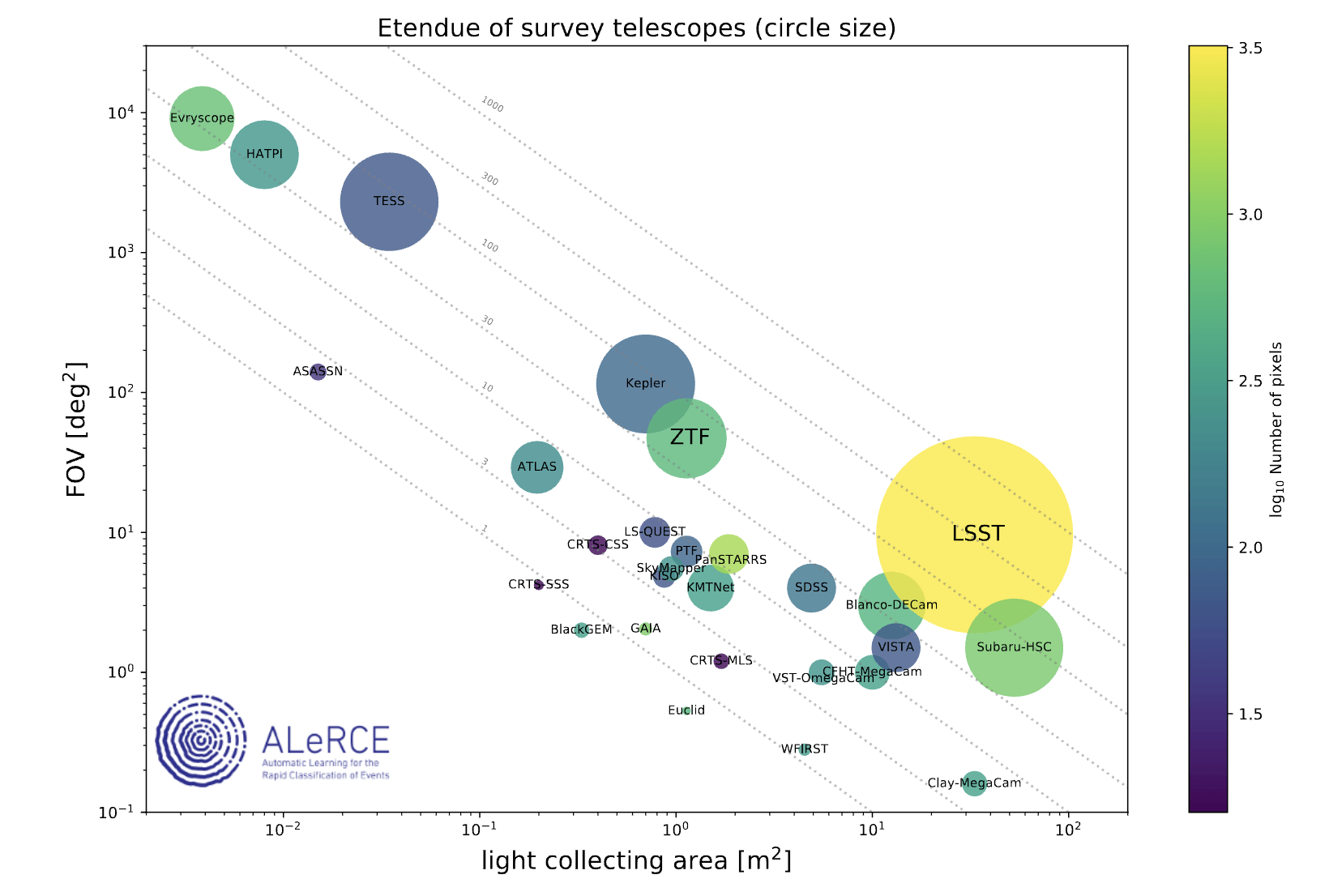
sensitivity
area of sky surveyed with 1 image
Resolution
10 (3.2 Gpx)
8
9
7
6
2M 3,200 Gigapixel images in 10 years -about 60 PB of data
Large FoV - High Resolution - High Sensitivity
federica bianco - fbianco@udel.edu
Rubin Field of View: 10deg square


LIGO/VIRGO GW area of localization ~100deg square
Ursa Minor: 255.86 square degrees
S190425z 18% of the sky localization
federica bianco - fbianco@udel.edu

@fedhere
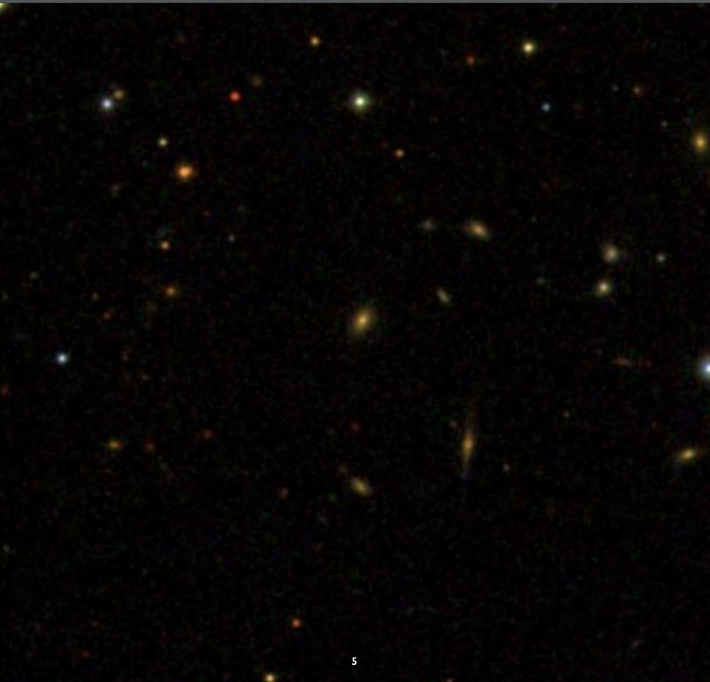
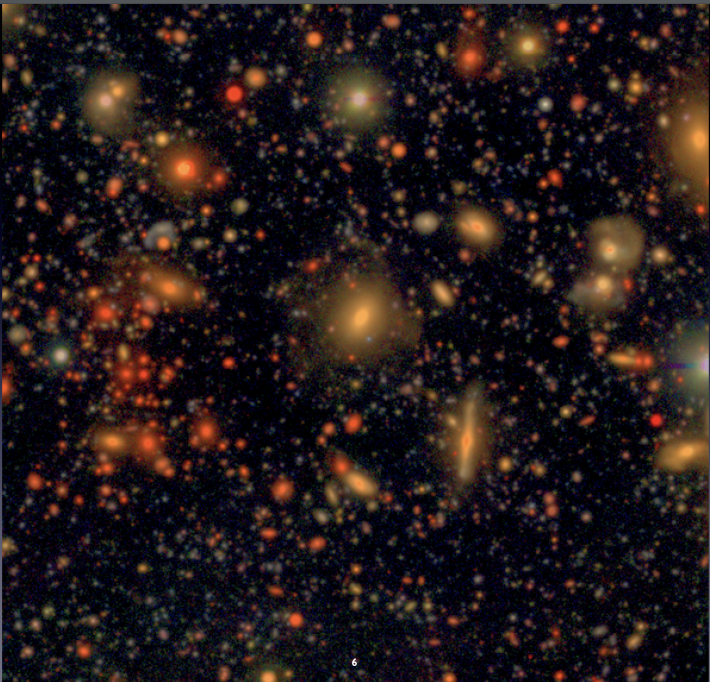
At this level of precision,everything is variable, everything is blended, everything is moving.
SDSS
LSST-like HSC composite
|
Field of View' Image resolution' DDFs' Standard visit' Photometric precision' Photometric accuracy' Astrometric precision' Astrometric accuracy' |
9.6 sq deg 0.2'' (seeing limited) 5 DDF 30 sec 5 mmag 10 mmag 10 mas 50 mas |
' requirement: ls.st/srd
Rubin Transients by the numbers

(2026)

(2026)
Rubin Transients by the numbers
SKA
(2025)

(2026)
Rubin Transients by the numbers
SKA
(2025)

(2026)
Rubin Transients by the numbers
SKA
(2025)

17B stars Ivezic+19
~10 million QSO Mary Loli+21
∼200 quadruply-lensed quasars Minghao+19
~50 kilonovae Setzer+19, Andreoni+19 (+ ToO)
(2026)
Rubin Transients by the numbers
SKA
(2025)

17B stars Ivezic+19
~10 million QSO Mary Loli+21
∼200 quadruply-lensed quasars Minghao+19
~50 kilonovae Setzer+19, Andreoni+19 (+ ToO)
~500 Lensed Supernovae Ardense+ 2024
(2026)
Rubin Transients by the numbers
SKA
(2025)

17B stars Ivezic+19
~10 million QSO Mary Loli+21
∼200 quadruply-lensed quasars Minghao+19
~50 kilonovae Setzer+19, Andreoni+19 (+ ToO)
~500 Lensed Supernovae Ardense+ 2024
~ 50k Tidal Disruption Events Brickman+ 2020
(2026)
Rubin Transients by the numbers
17B stars Ivezic+19
~10 million QSO Mary Loli+21
∼200 quadruply-lensed quasars Minghao+19
~50 kilonovae Setzer+19, Andreoni+19 (+ ToO)
~500 Lensed Supernovae Ardense+ 2024
~ 50k Tidal Disruption Events Brickman+ 2020
> 10 Interstellar Objects (👽?)
SKA
(2025)

(2026)
Rubin Transients by the numbers
17B stars Ivezic+19
~10 million QSO Mary Loli+21
∼200 quadruply-lensed quasars Minghao+19
~50 kilonovae Setzer+19, Andreoni+19 (+ ToO)
~500 Lensed Supernovae Ardense+ 2024
~ 50k Tidal Disruption Events Brickman+ 2020
> 10 Interstellar Objects (👽?)
?? things we dont know
SKA
(2025)

(2026)
Rubin Transients by the numbers
Rubin Observatory
Site: Cerro Pachon, Chile
Funding: US NSF + DOE
Status: final phases of construction - completion expected 2025
federica bianco - fbianco@udel.edu

@fedhere
September 2016

@fedhere
Fabruary 2020

@fedhere
May 2022

@fedhere
November 2022

@fedhere
May 2022
May 2022 - Telescope Mount Assembly
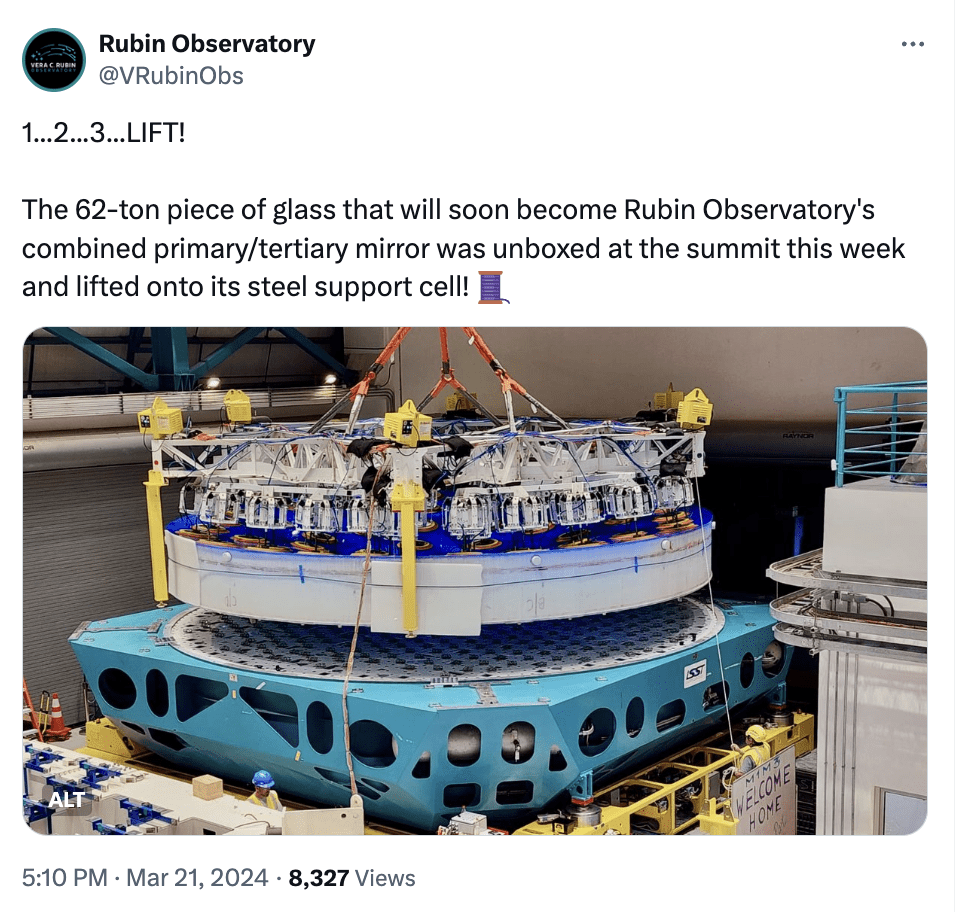
18
weight 2e5 kg, max slew rate 0.2 rad/s
Most of the weight in a 10m disk
Angular momentum
The DOE LSST Camera - 3.2 Gigapixel

The DOE LSST Camera - 3.2 Gigapixel

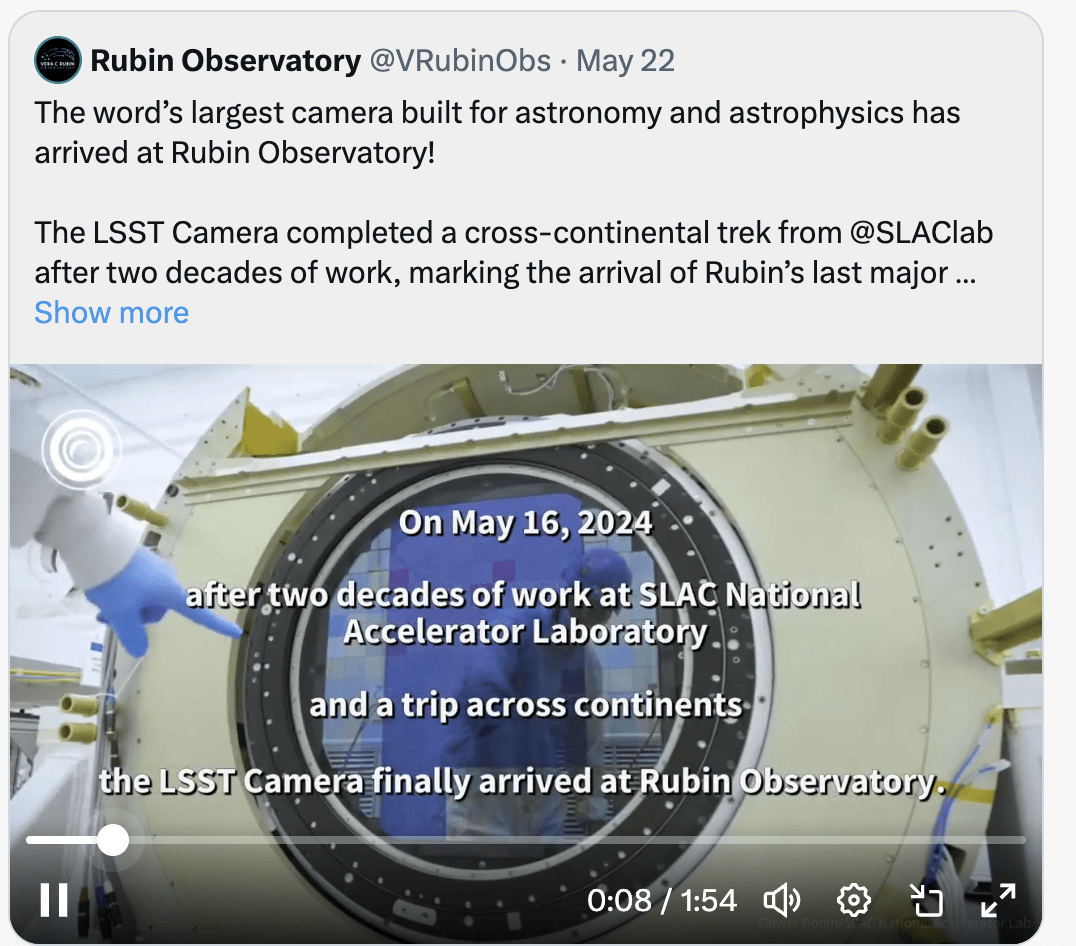
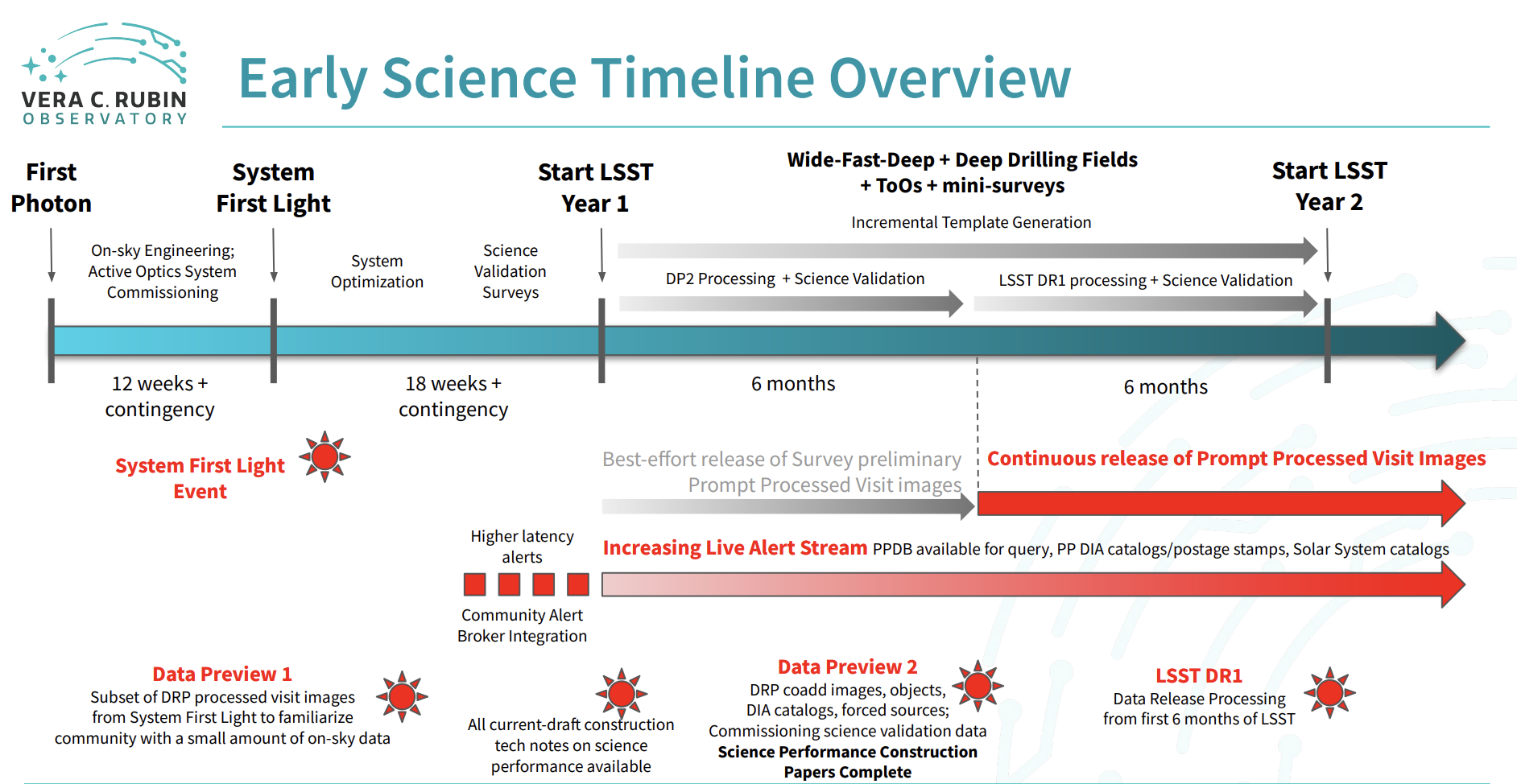
late 2024-
early 2025
mid 2025
~2 years
from now
First data release ~3y from now
alerts build up
The Legacy Survey of Space and Time
what do we mean when we say survey??
Rubin LSST survey design
Rubin has involved the community to an unprecedented level in survey design this is a uniquely "democratic" process!

Wide Fast Deep
18,000 w >800 images in 10 years
set by cosmology
5 Deep Drilling Fields
coadds >1 mag deeper than WFD
North Ecliptic spur for Solar System science
South Celestial Pole
+ Microsurveys
+ Targets of Opportunity
The Galactic Plane is observed differently

http://astro-lsst-01.astro.washington.edu:8080/?runId=2

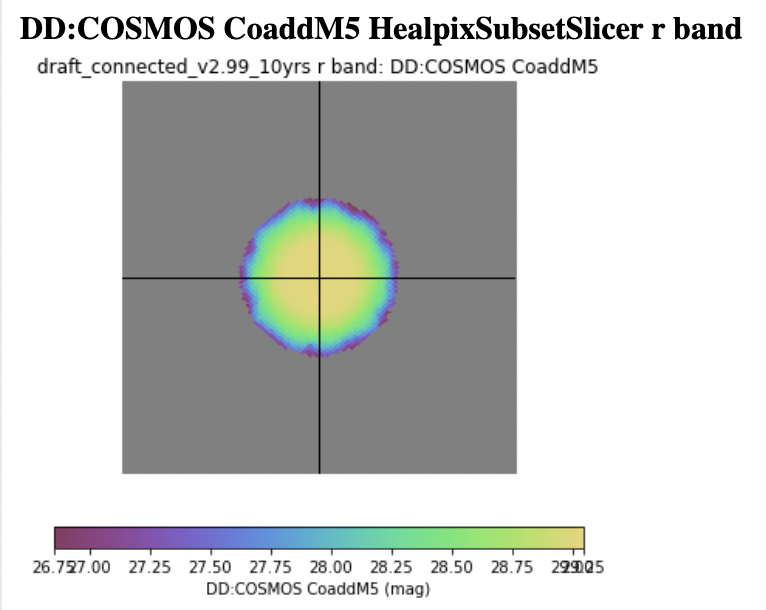
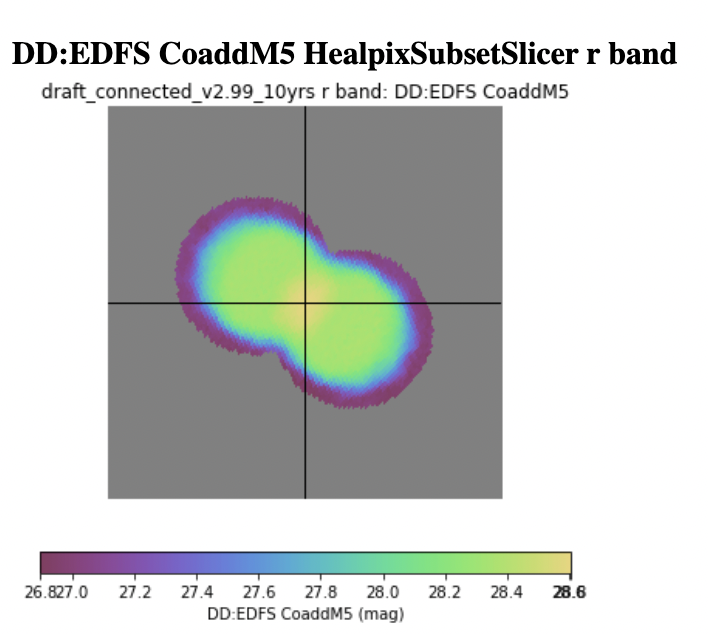
26.8
29.1
28.6
26.8
Rubin LSST survey design
(current plan: the Deep Drilling Fields)

700 N visits. 1200


r
r
COSMOS
Euclid DF-S
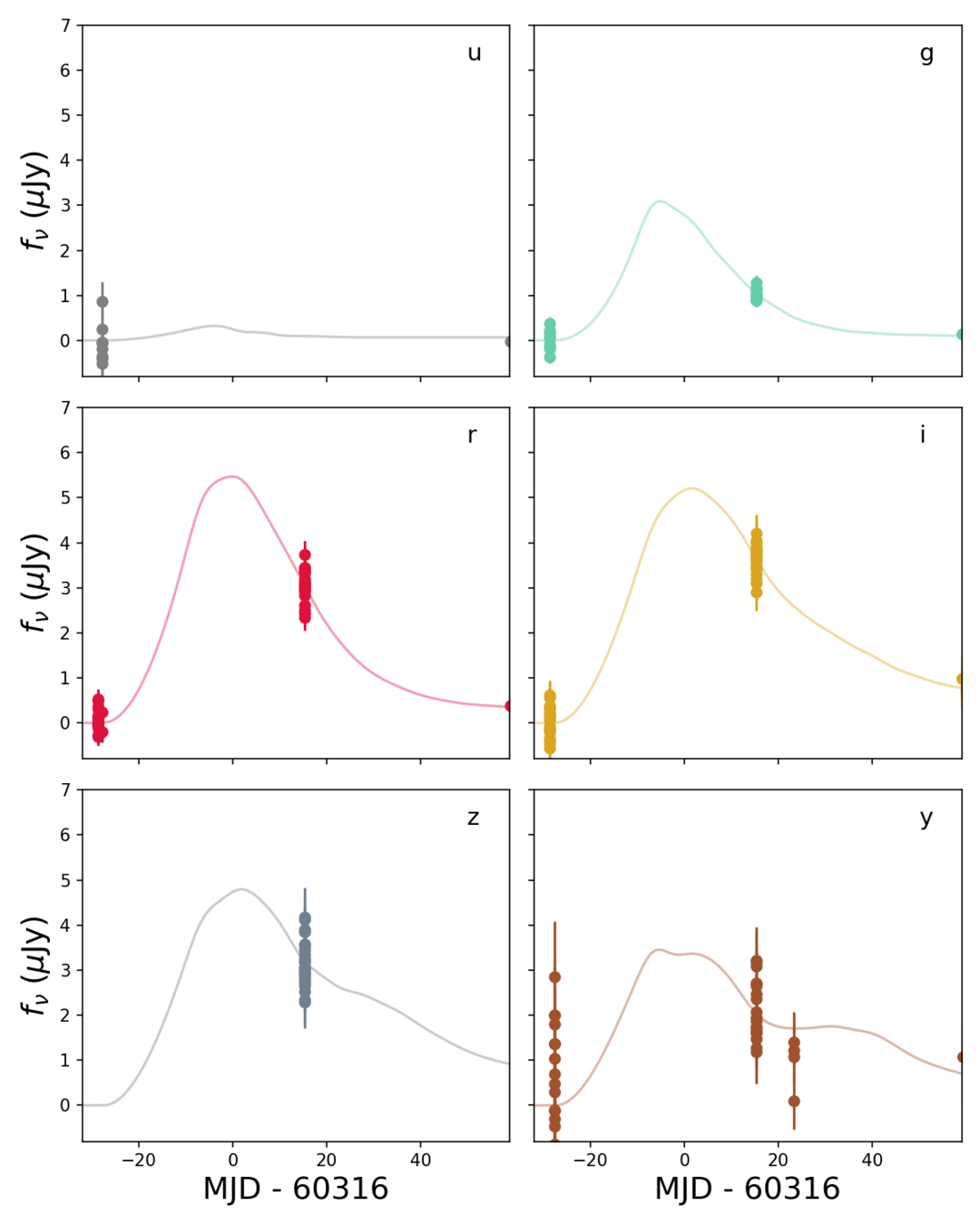
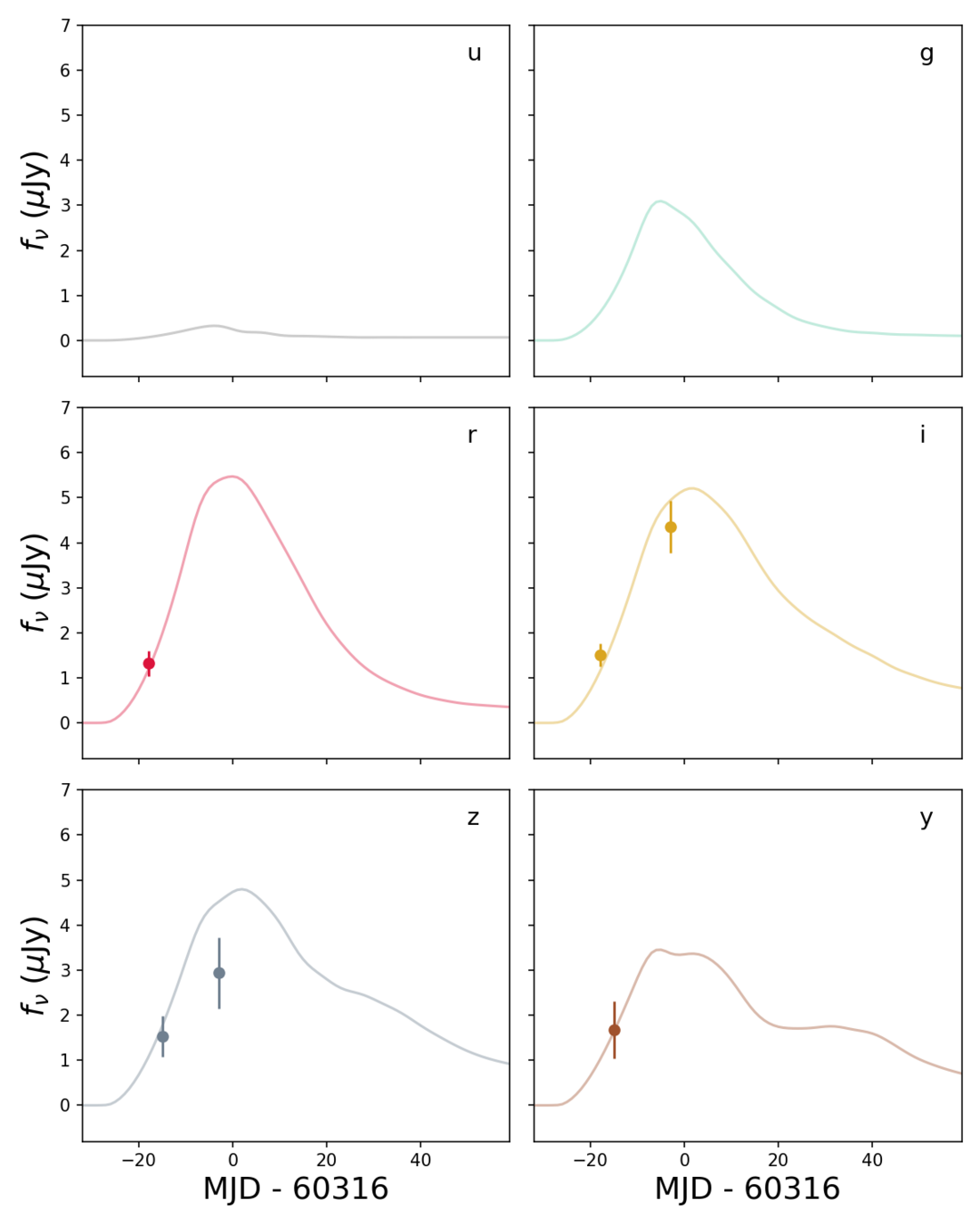


LSST survey strategy optimization


Rubin LSST survey design
federica bianco - fbianco@udel.edu
KN
federica bianco - fbianco@udel.edu
| u,g,r,i,z,y | |
|---|---|
|
Photometric filters' saturation limit' # visits* mag single image* mag coadd* Nominal cadence |
u, g, r, i, z, y ~15, 16, 16, 16, 15, 14 53, 70, 185, 192, 168, 165 23.34, 23.2, 24.05, 23.55 22.03 25.4, 26.9, 27.0, 26.5, 25.8, 24.9 2-3 visits per night |
' requirement: ls.st/srd

COADDED DEPTH: dark sector (lensing, SN, large scale structure, local volume)
SINGLE IMAGE DEPTH: SN cosmology, transients
FOOTPRINT: large scale structures, lensing, solar system
CADENCE: solar system, transients

distributions of time gaps in 76 OpSims
Rubin LSST survey design
Rubin LSST survey design
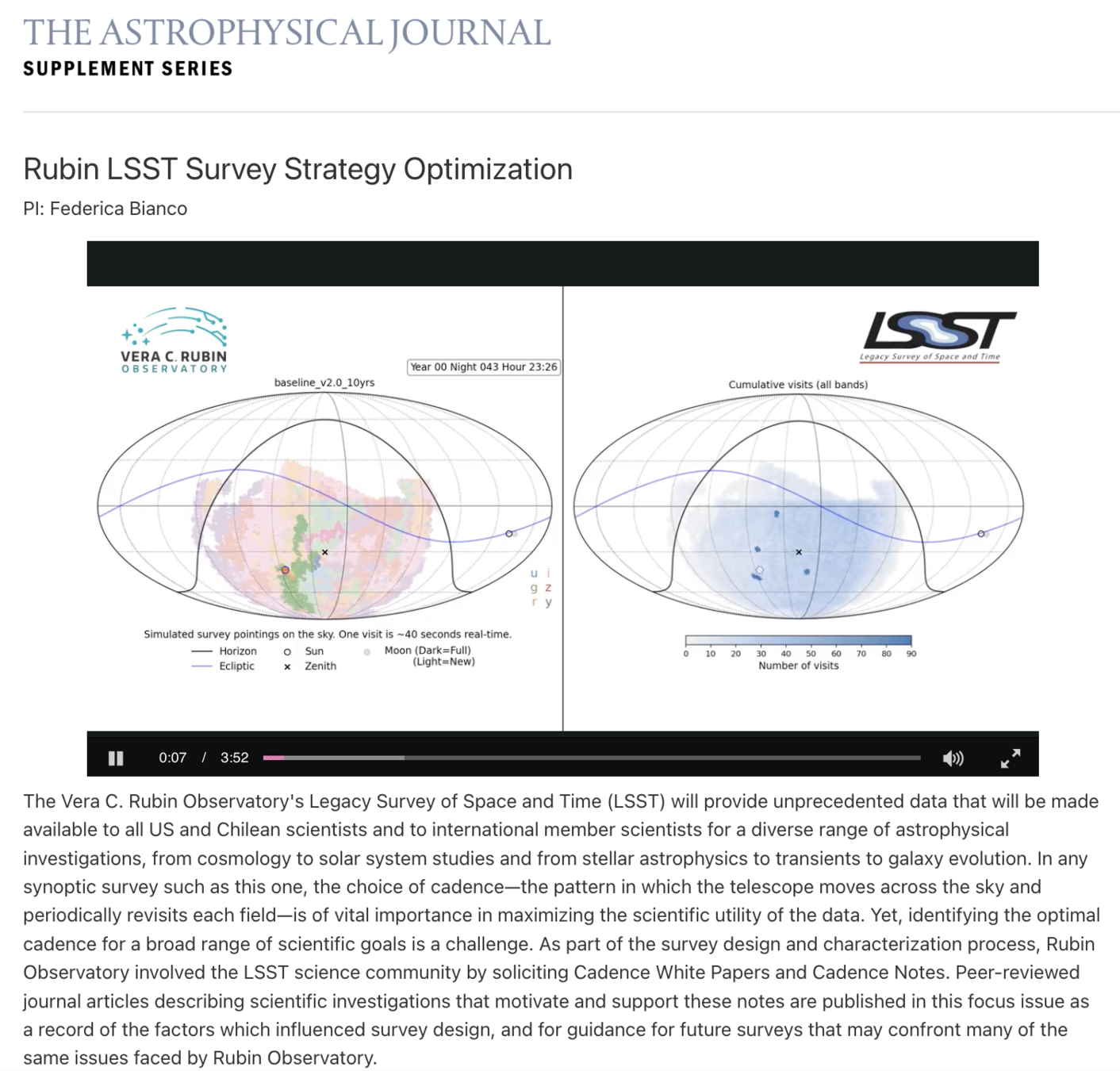
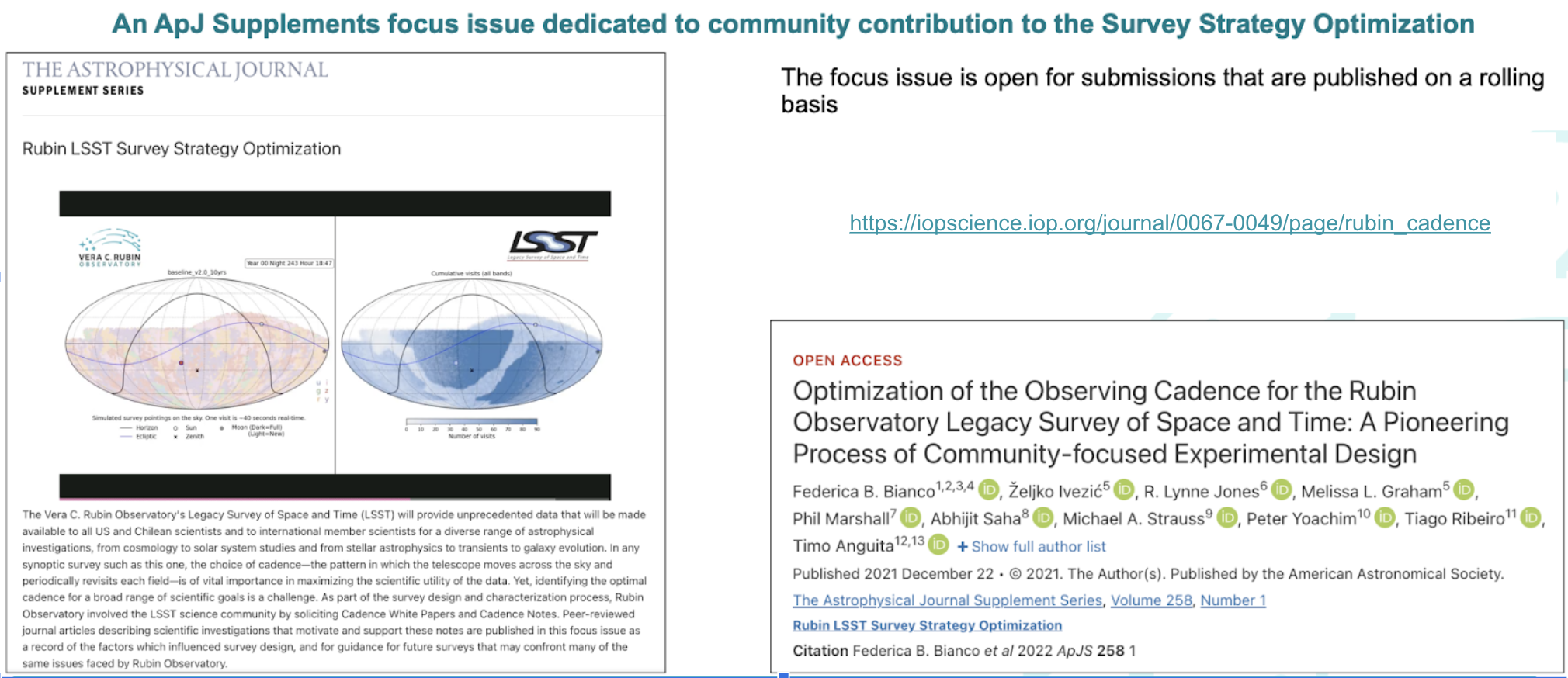
20+ peer review papers accepted several more under review and in preparation https://iopscience.iop.org/journal/0067-0049/page/rubin_cadence
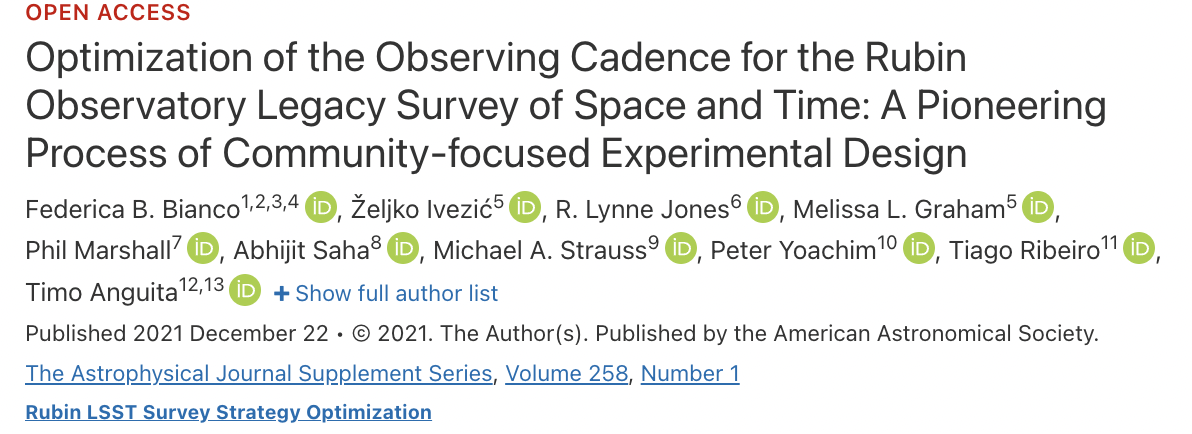
Rubin LSST survey design
Rubin has involved the community to an unprecedented level in survey design this is a uniquely "democratic" process!
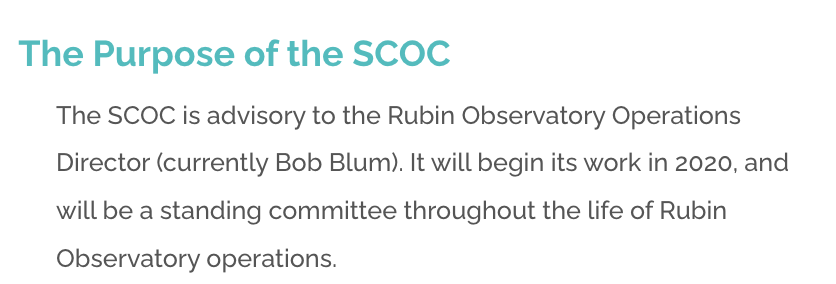
Survey Cadence Optimization Committee
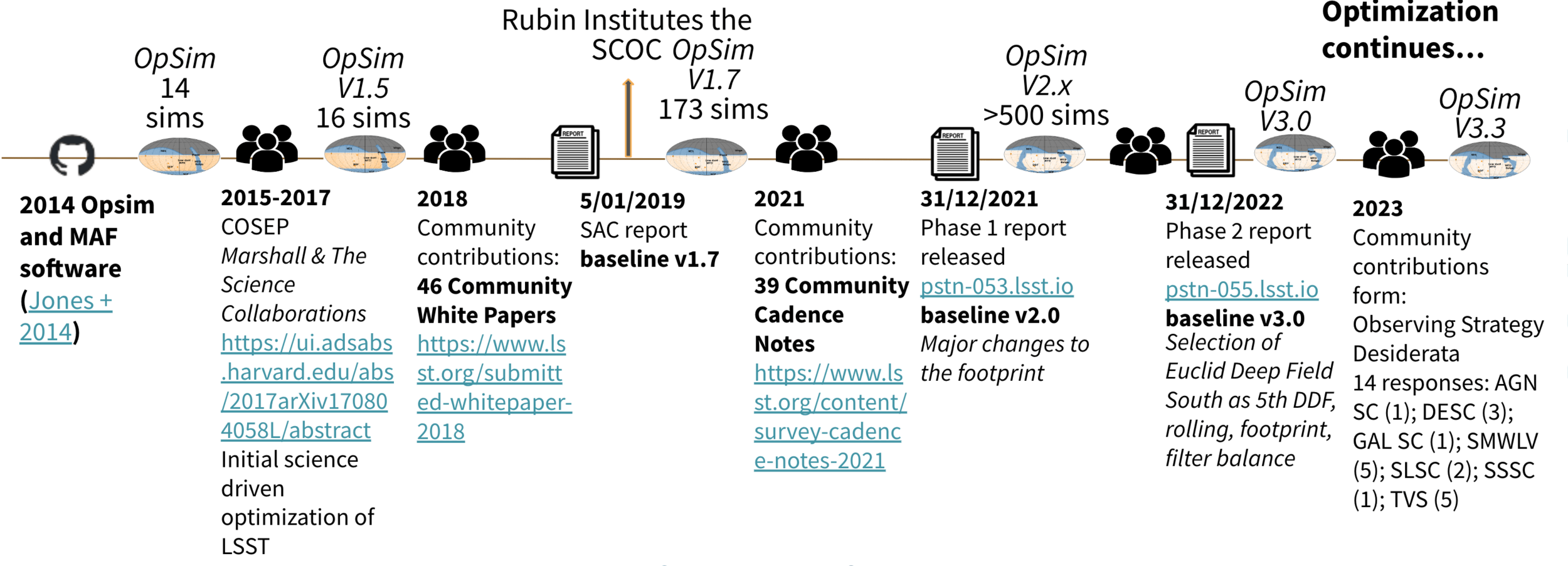
Operation Simulator (OpSim)
simulates the catalog of LSST observations + observation properties
Metric Analysi Framwork (MAF)
Python API to interact with OpSims specifying science performance on a science case with a metric

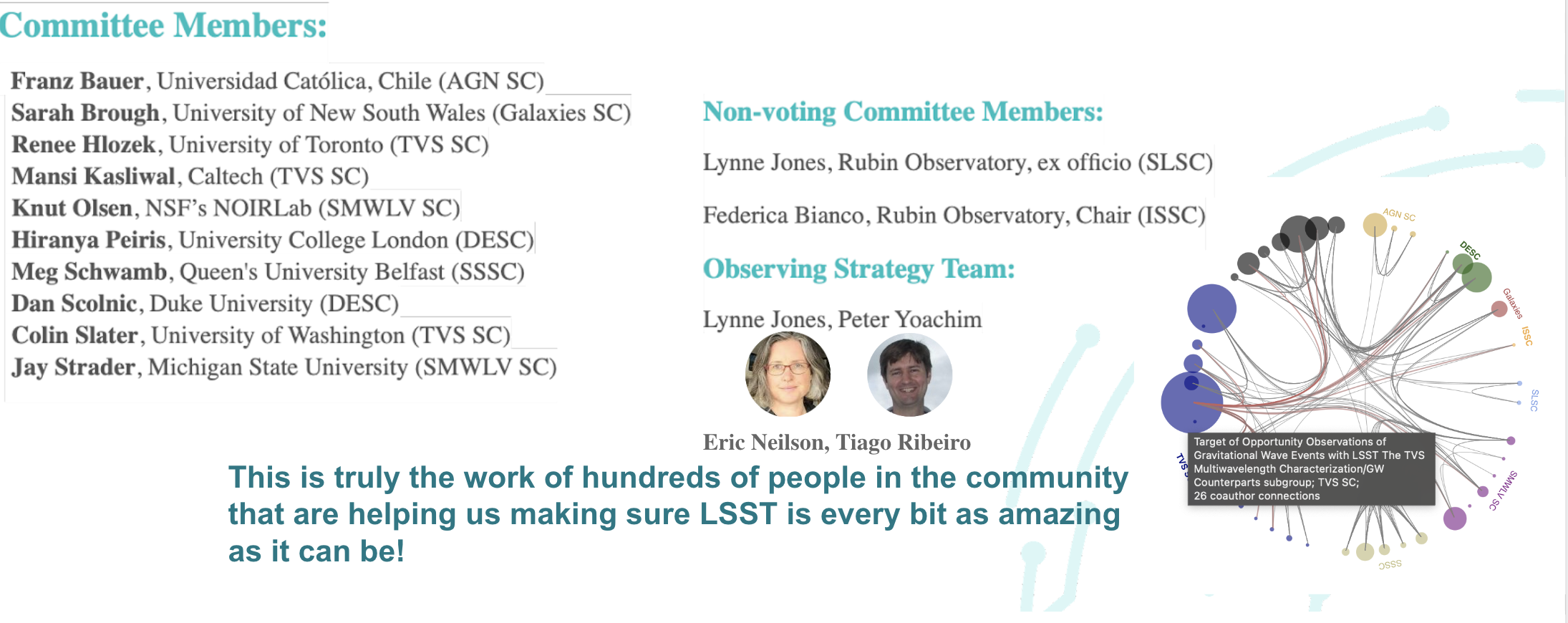

Lynne Jones
Peter Yoachim
~100s simulations
~1000s MAFs
Rubin LSST survey design
Rubin LSST survey design
Rubin has involved the community to an unprecedented level in survey design this is a uniquely "democratic" process!

2017
Rubin LSST survey design
Rubin has involved the community to an unprecedented level in survey design this is a uniquely "democratic" process!
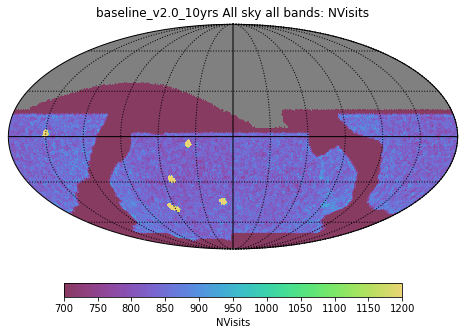
2019
Rubin LSST survey design
Rubin has involved the community to an unprecedented level in survey design this is a uniquely "democratic" process!
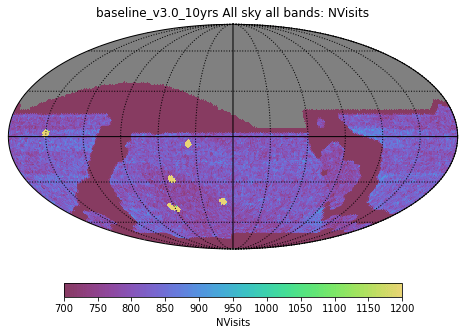
2023
Rubin LSST survey design
Rubin has involved the community to an unprecedented level in survey design this is a uniquely "democratic" process!
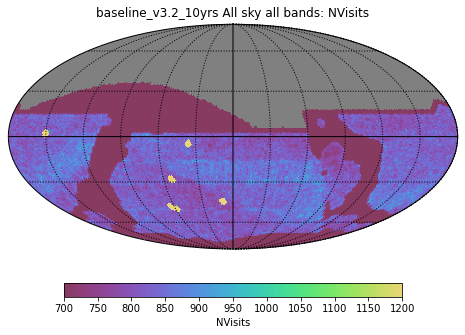
2024
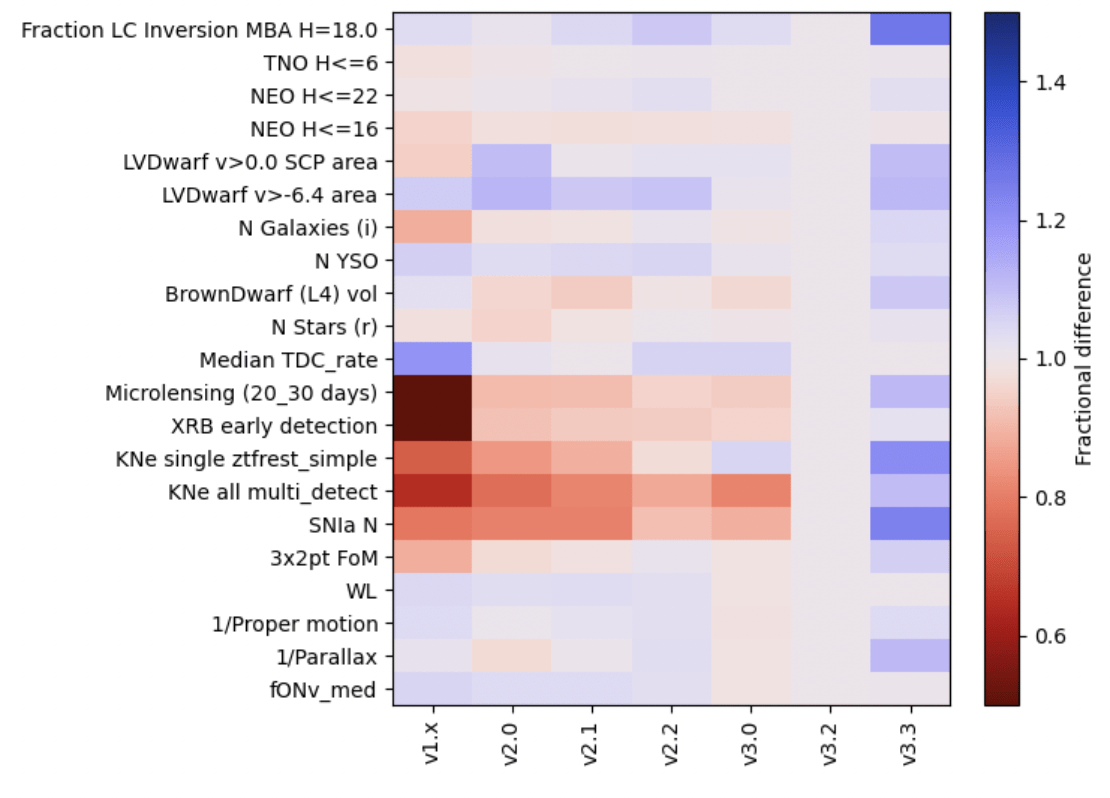
newer simulations ->
<-bad good ->




Survey Strategy contines to improve the majority of LSST Science Cases
Rubin LSST survey design

The immutable skies
Bartolomeu Velho, 1568 (Bibliothèque Nationale, Paris)

1549 Oronce Fine, France


From Flammarion's Astronomie Populaire (1880): in Scania, Denmark
Workshop of Diebold Lauber unknown artist, ca.1450
cepheid

GRB Afterglows
AGN
←Dimmer Brighter →
cepheid
GRB Afterglows
AGN
←Dimmer Brighter →
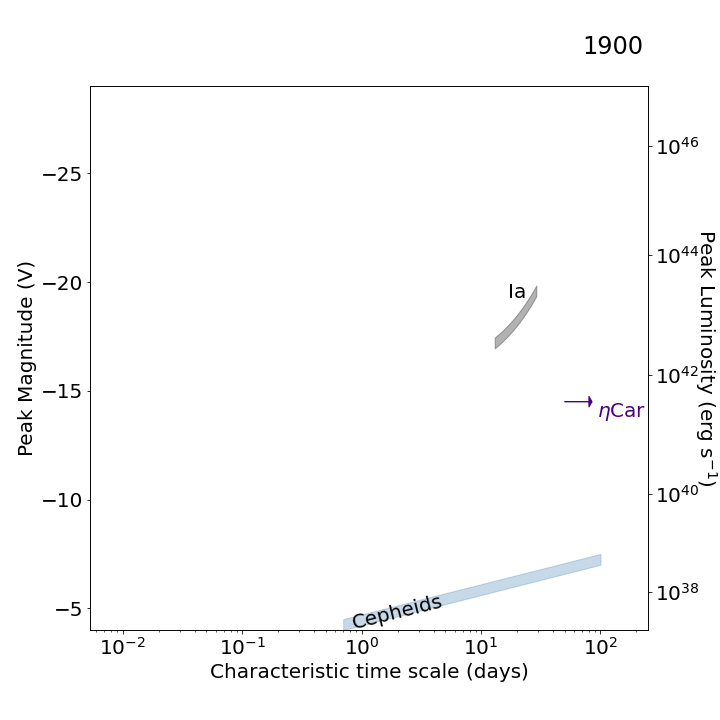
GRB Afterglows
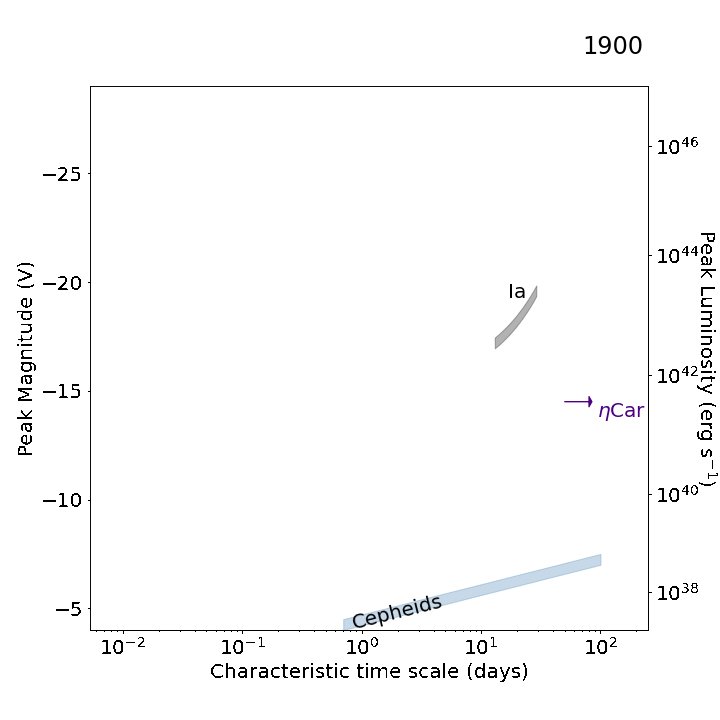
brighter →
GRB Afterglows
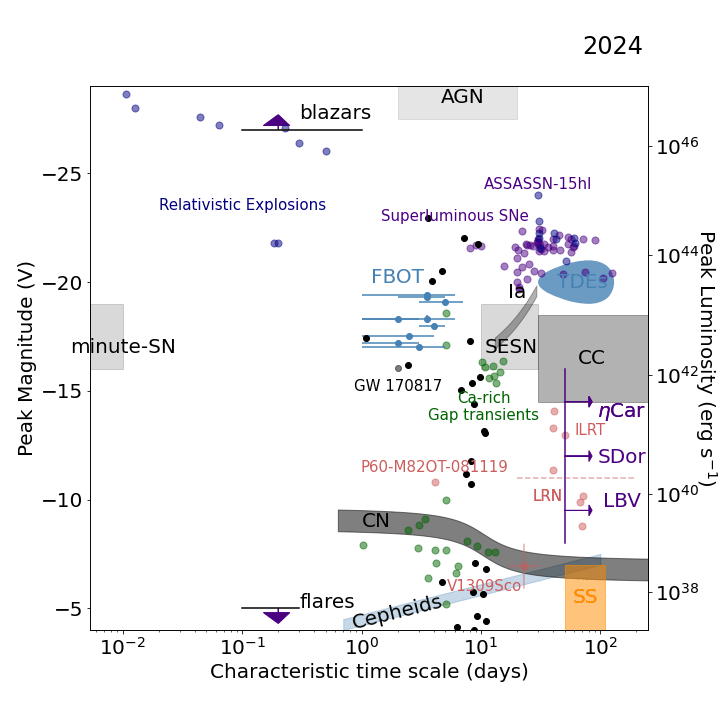

today
cepheid
GRB Afterglows
AGN


cepheid
GRB Afterglows
AGN


?
newer simulations ->
<-bad good ->
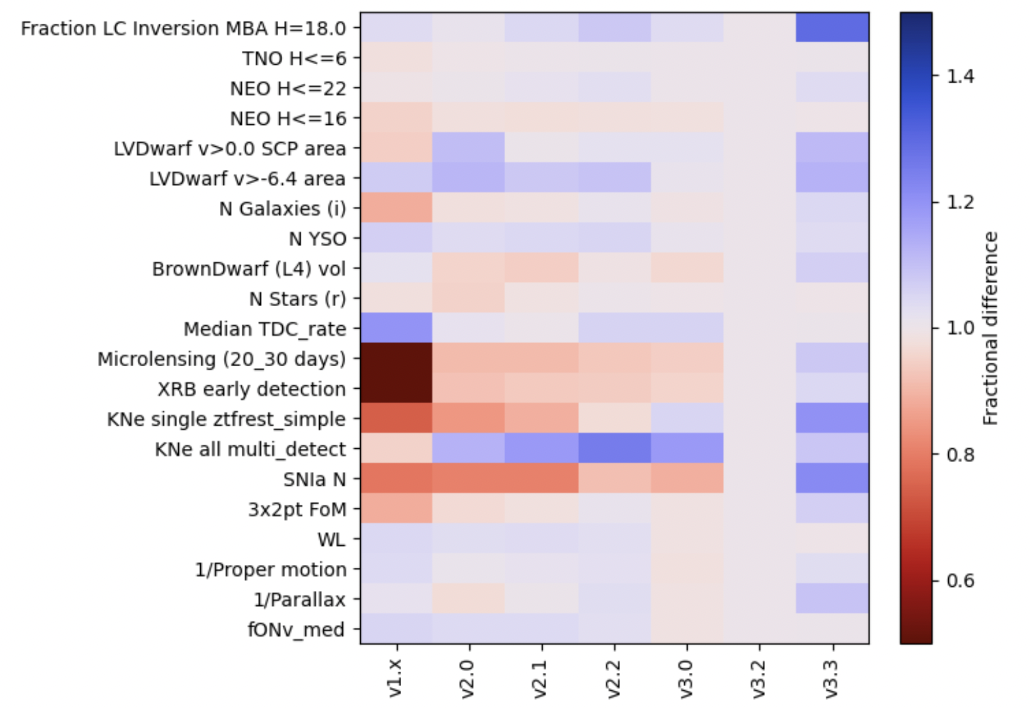
2023 simulations: 62% improvement

newer simulations ->
4 – 24 hour gaps between epochs will enable kilonova parameter estimation
2017
2024
Andreoni+ 2022a
TDA Anomalies in LSST
Guy et al. https://arxiv.org/pdf/2201.03862.pdf


Synergy and Survey coordination
LSST has profoundly changed the TDA infrastructure
Data Products

federica bianco - fbianco@udel.edu
federica bianco - fbianco@udel.edu
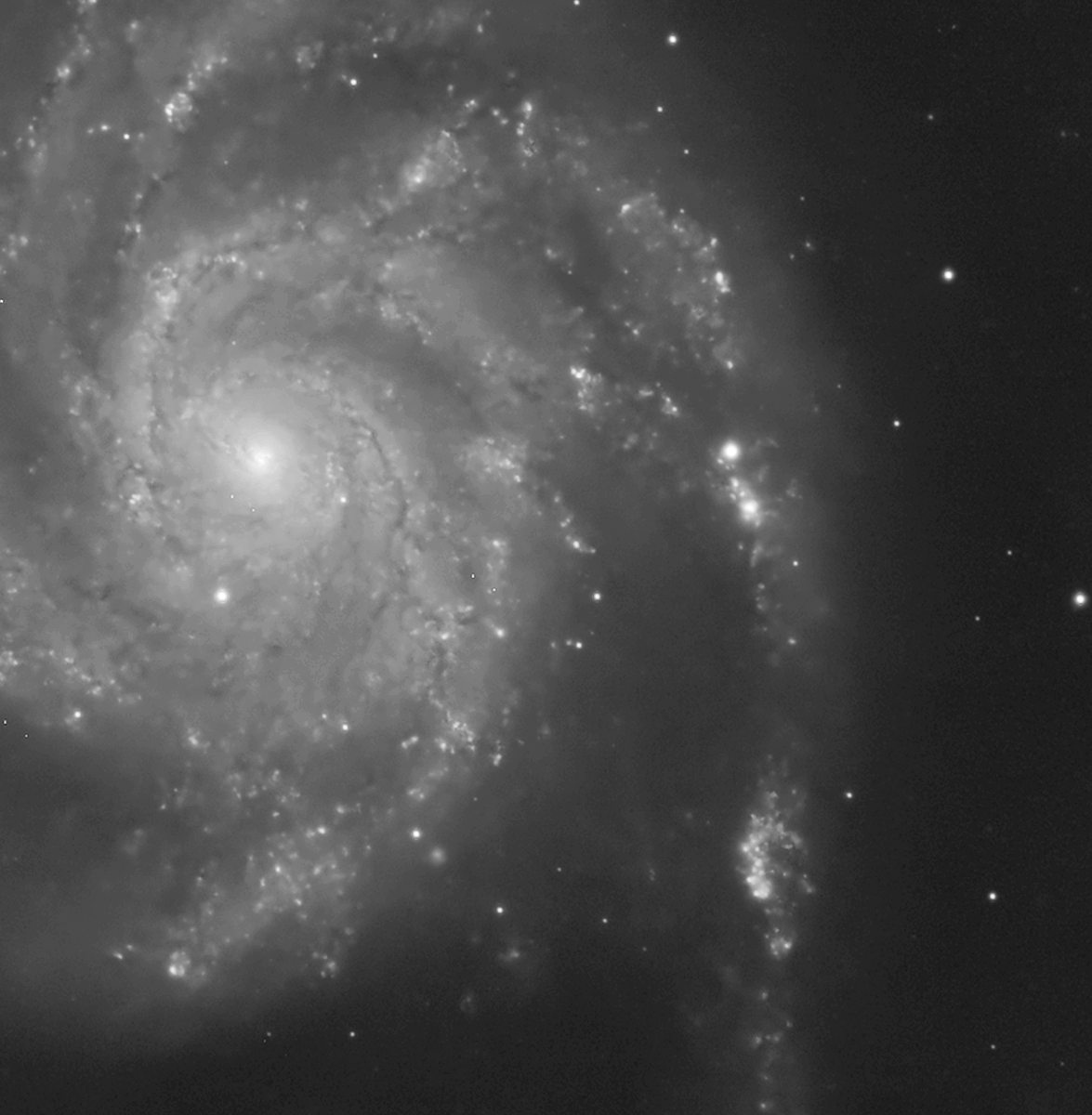


described in ls.st/LDM-612
federica bianco - fbianco@udel.edu



described in ls.st/LDM-612
world public!
10M alerts per night!! anything that changed by >5σ from "how the sky usually looks"

in 60 seconds:
Difference Image Analysis











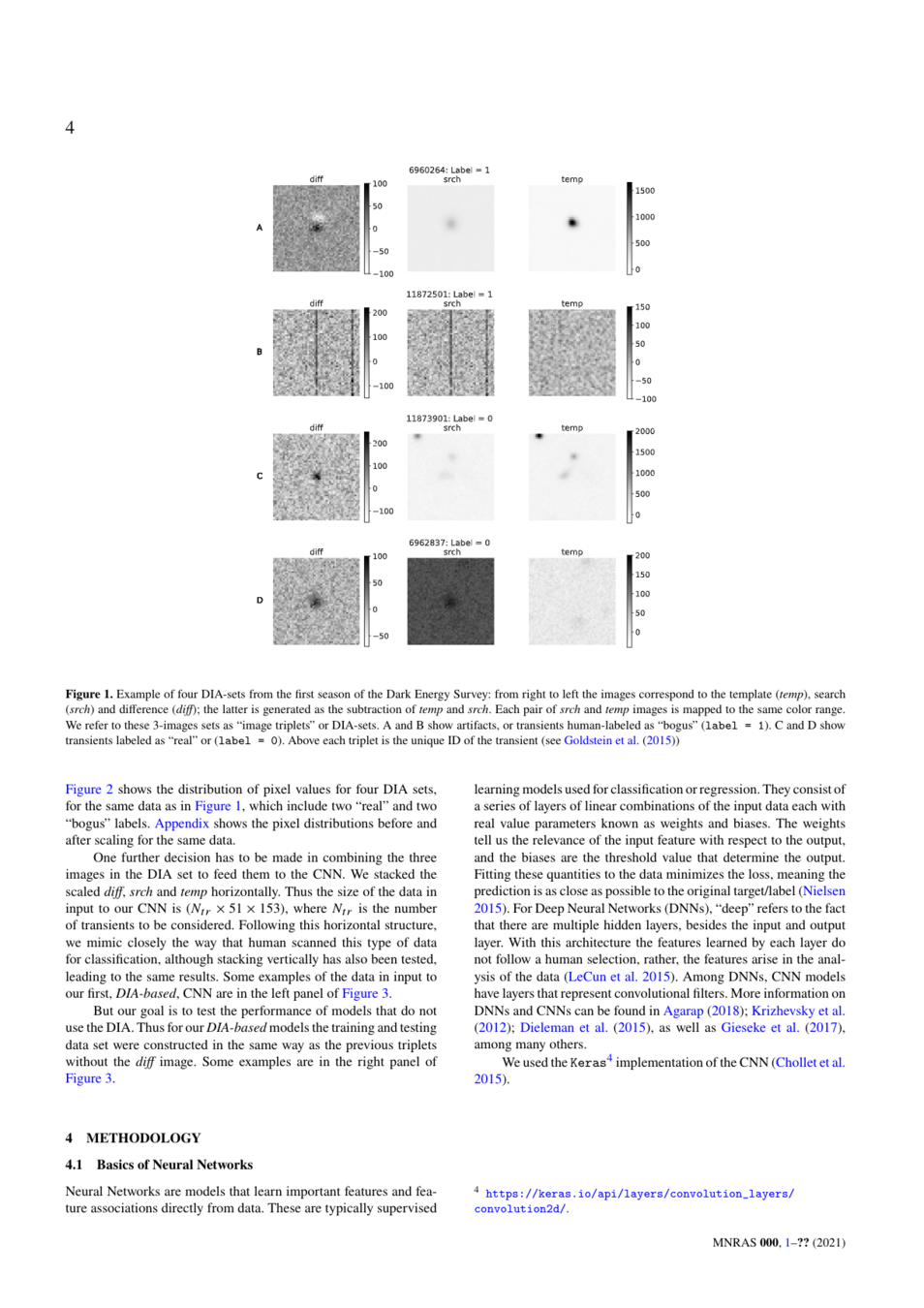
in 60 seconds:
Difference Image Analysis + Bogus rejection
Rubin Observatory LSST
federica bianco - fbianco@udel.edu
To this day, transient astronomy heavily relies on spectra
To this day, transient astronomy heavily relies on spectra
federica bianco - fbianco@udel.edu

@fedhere
Rubin will see ~1000 SN every night!
Credit: Alex Gagliano University of Illinois, IAIFI fellow 2023


search
template
difference
-
=
96% accurate




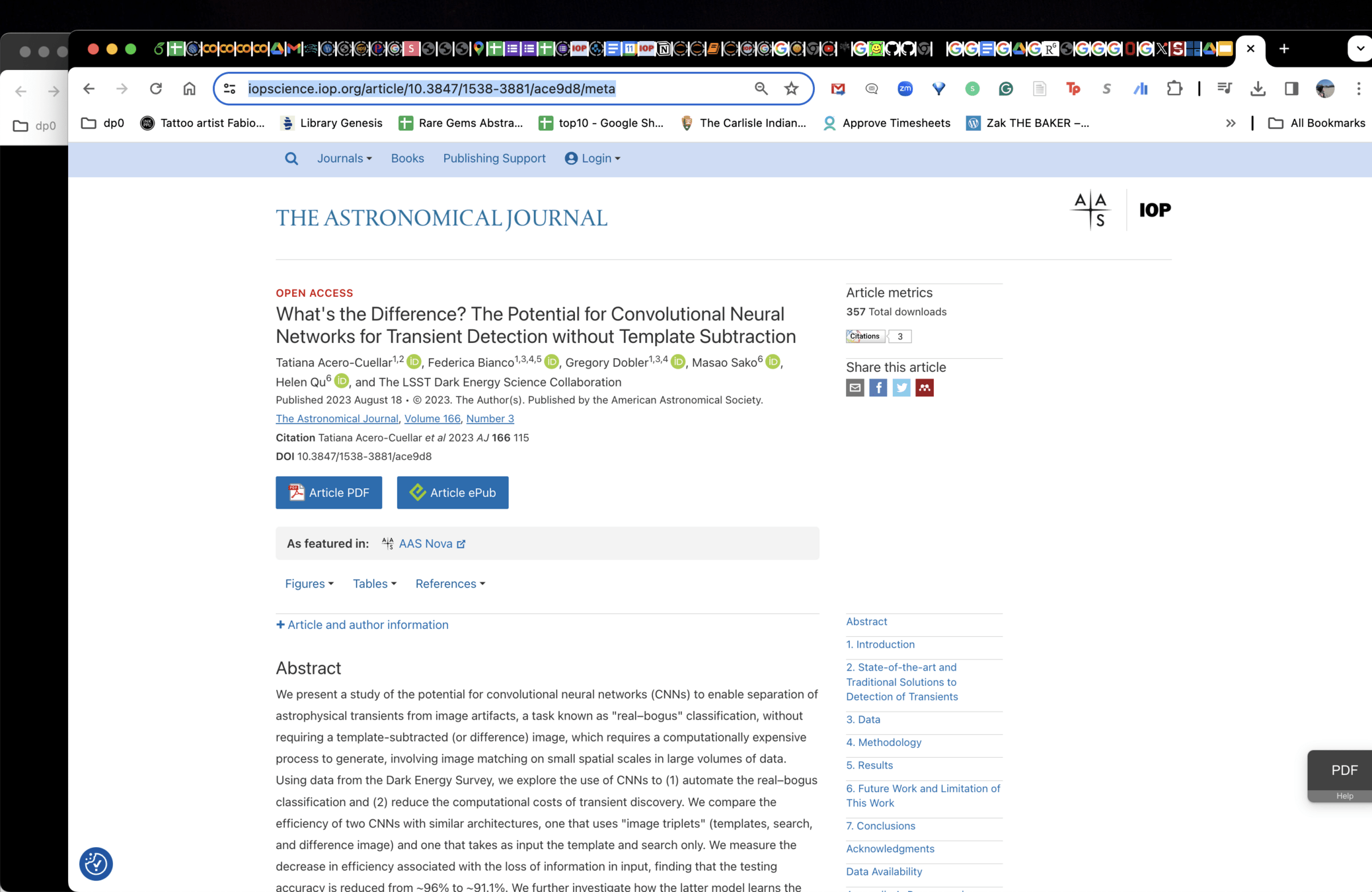
Tatiana Acero-Cuellar, UNIDEL fellow, LSSTC data science fellow


search
template
difference
-
=
92% accurate




Tatiana Acero-Cuellar, UNIDEL fellow, LSSTC data science fellow
Saliency maps: what pixels matter?
Acero-Cuellar et al. DESC submitted
original paper : Karen Simonyan, Andrea Vedaldi, Andrew Zisserman 2013

· T. Nathan Mundhenk, Barry Y. Chen, Gerald Friedland 2019 ·
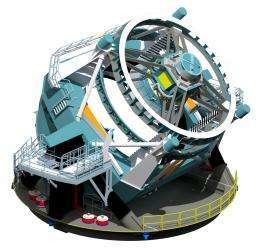
Discovery Engine
10M alerts/night

Community Brokers



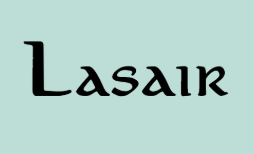
target observation managers



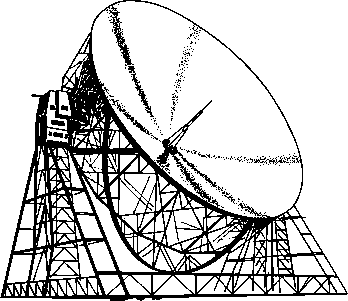


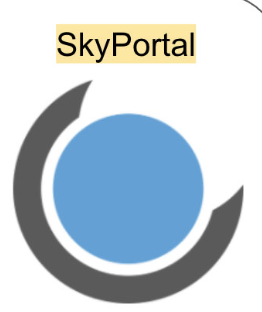


Pitt-Google
Broker
BABAMUL
federica bianco - fbianco@udel.edu
the new astronomy discovery chain
What is the network learning?
What can we learn from the AI?


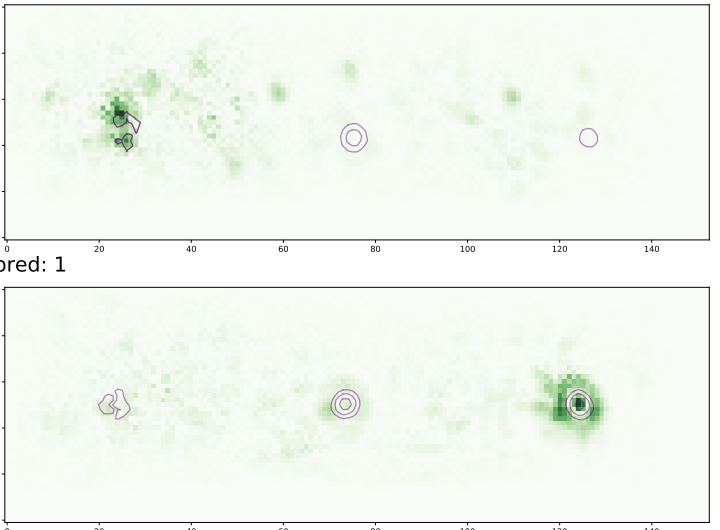
search
template
difference

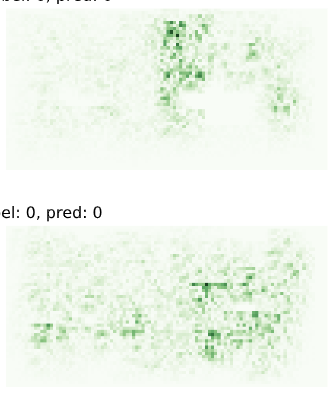
template
search

Tatiana Acero-Cuellar, UNIDEL fellow, LSSTC data science fellow
Photometric Classification of transients
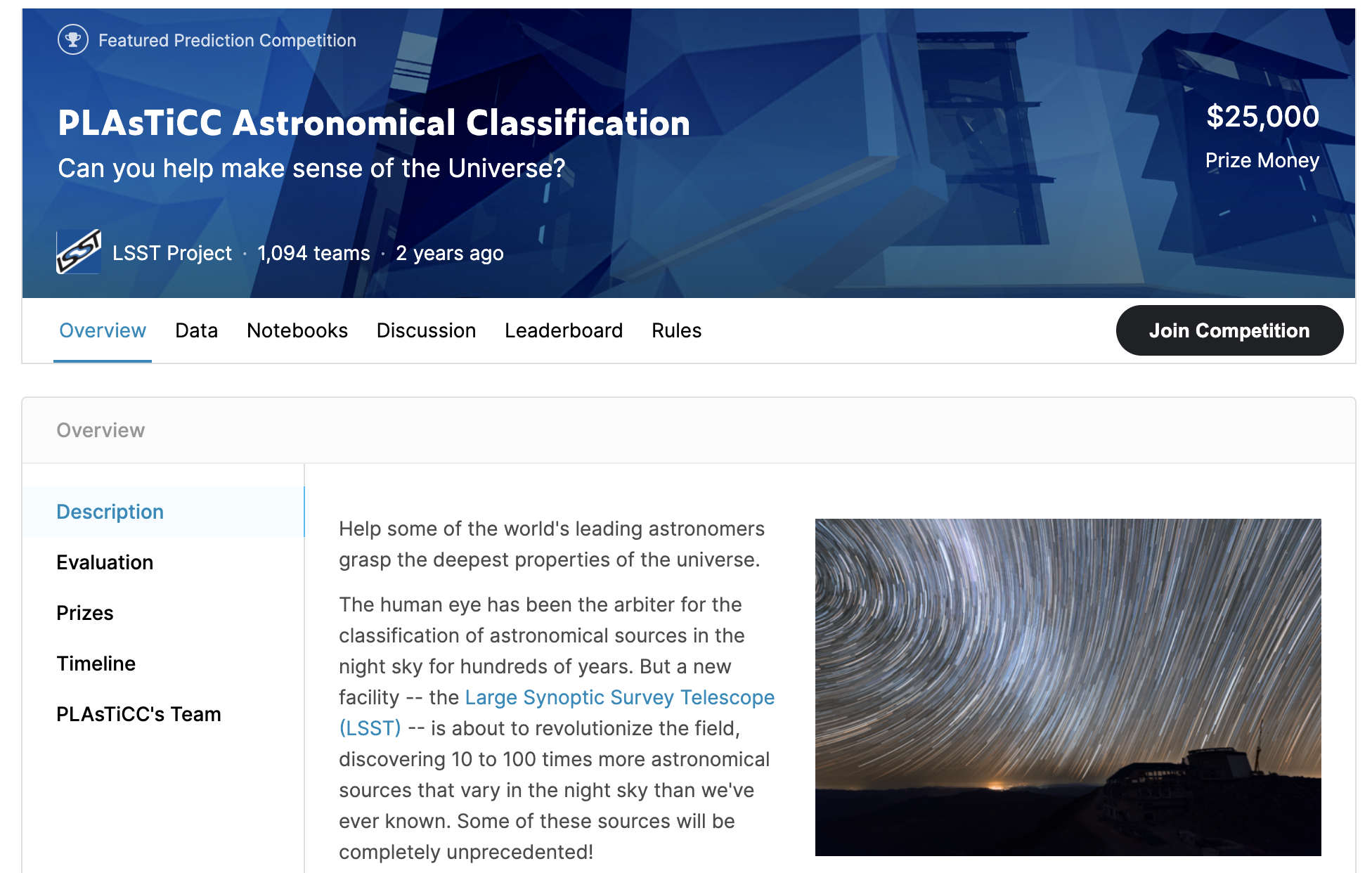


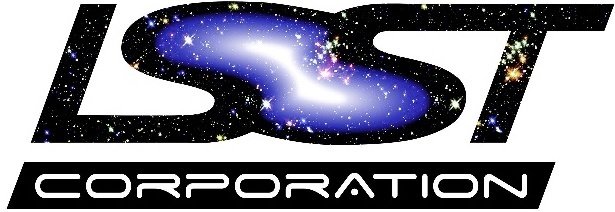



Photometric Classification of transients







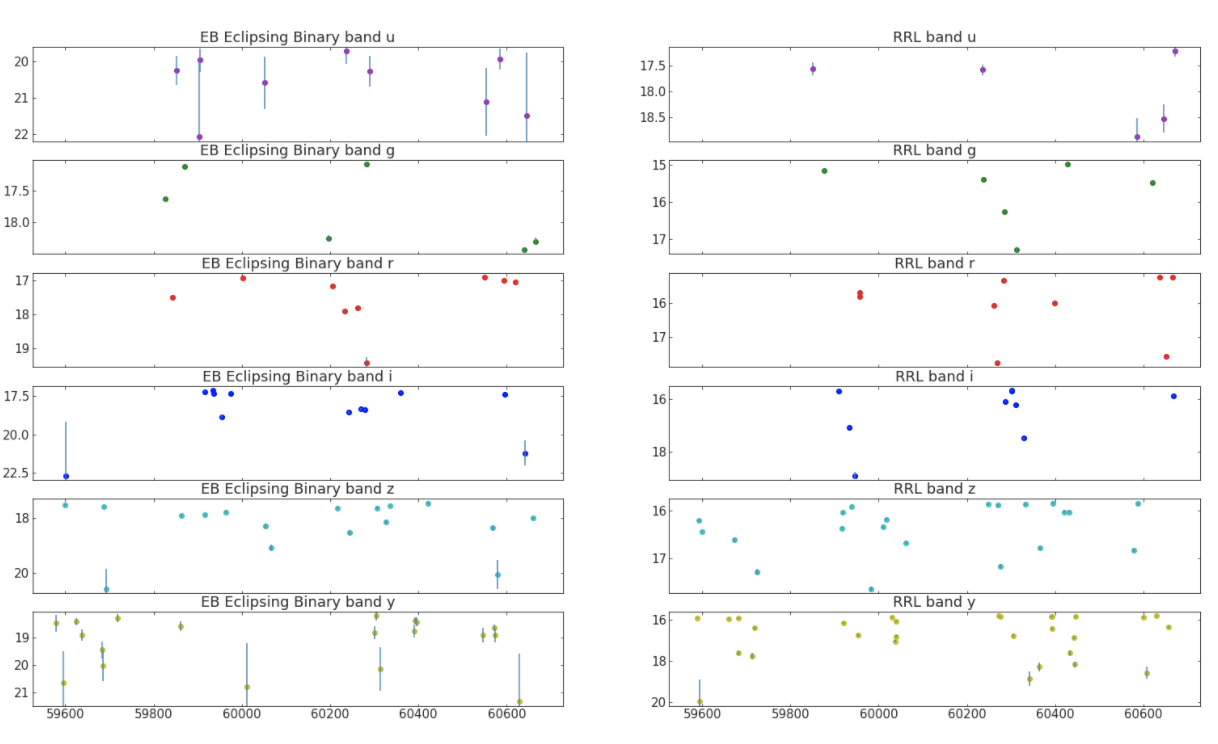
Kepler satellite EB
LSST (simulated) EB


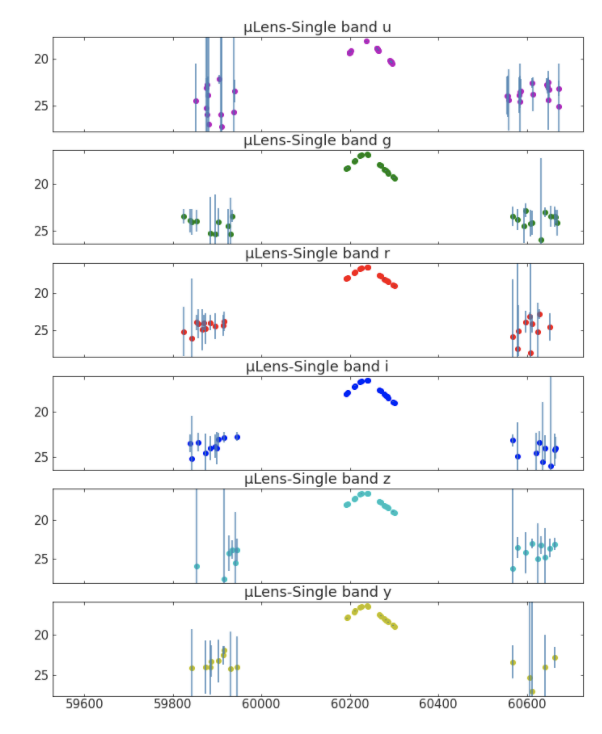


LSST Deep Drilling Fields
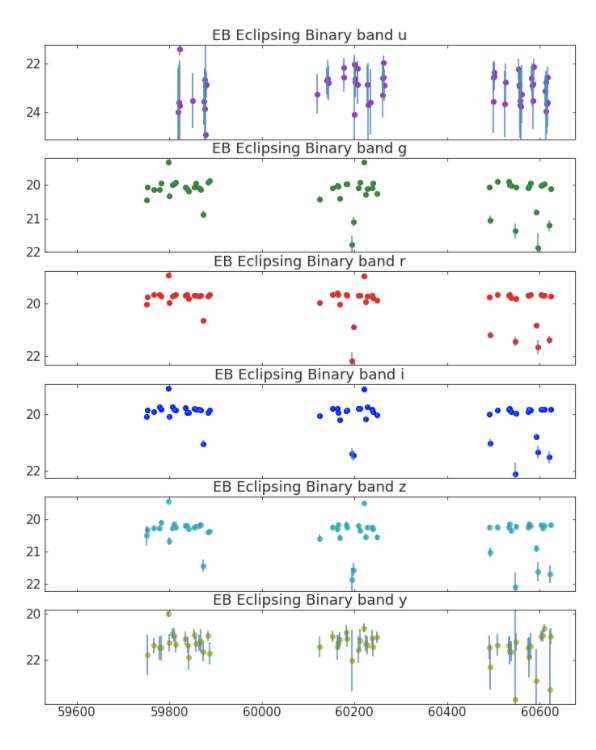

LSST Wide Fast Deep (main survey)
Photometric Classification of transients
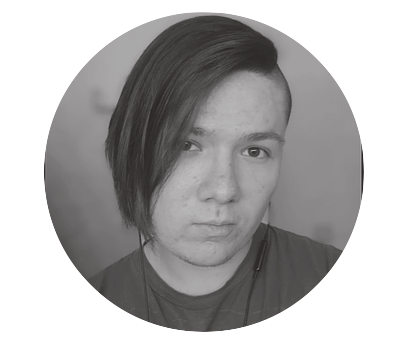
Willow Fox Fortino
UDelaware
When they go high, we go low
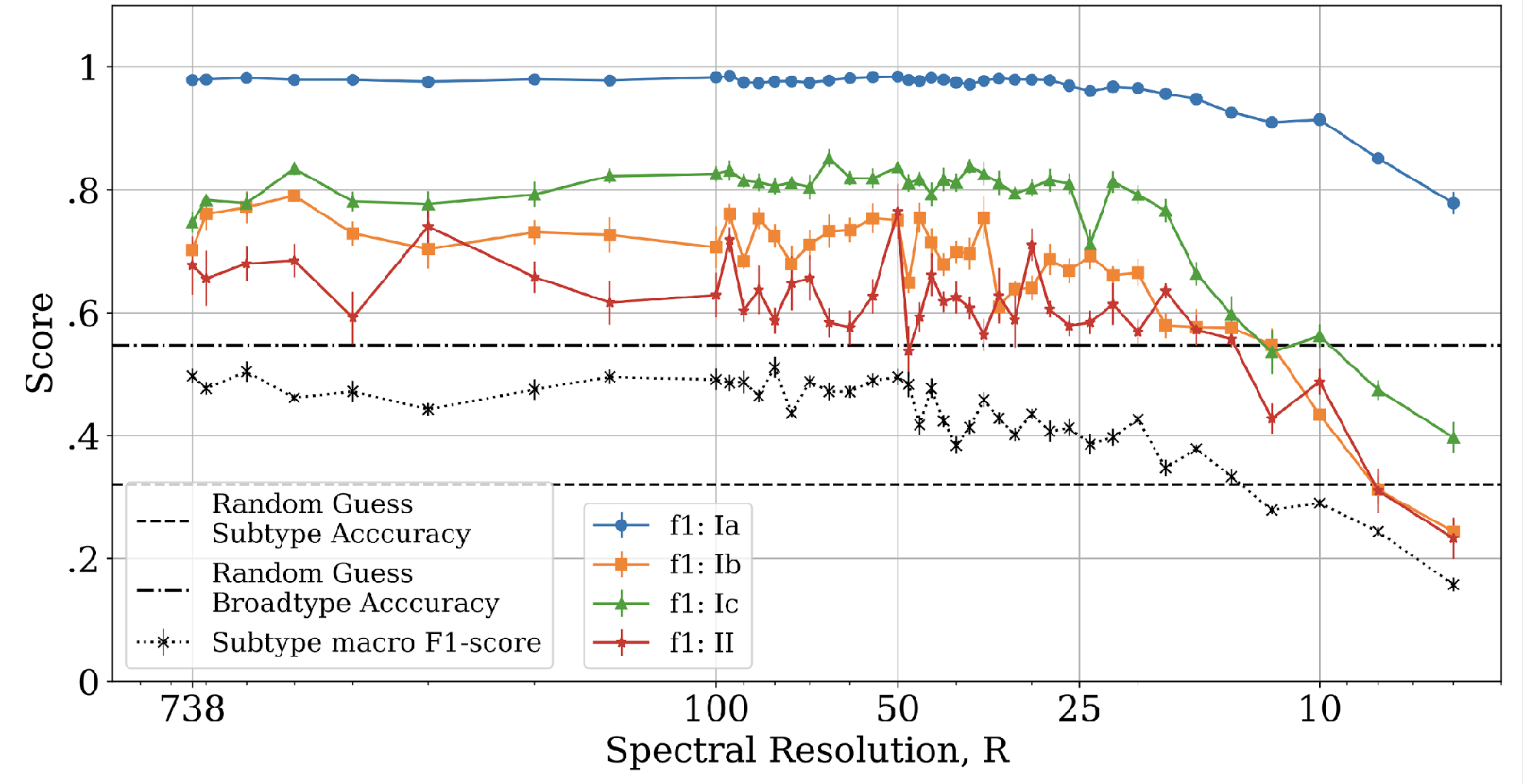
Classification power vs spectral resolution for SNe subtypes
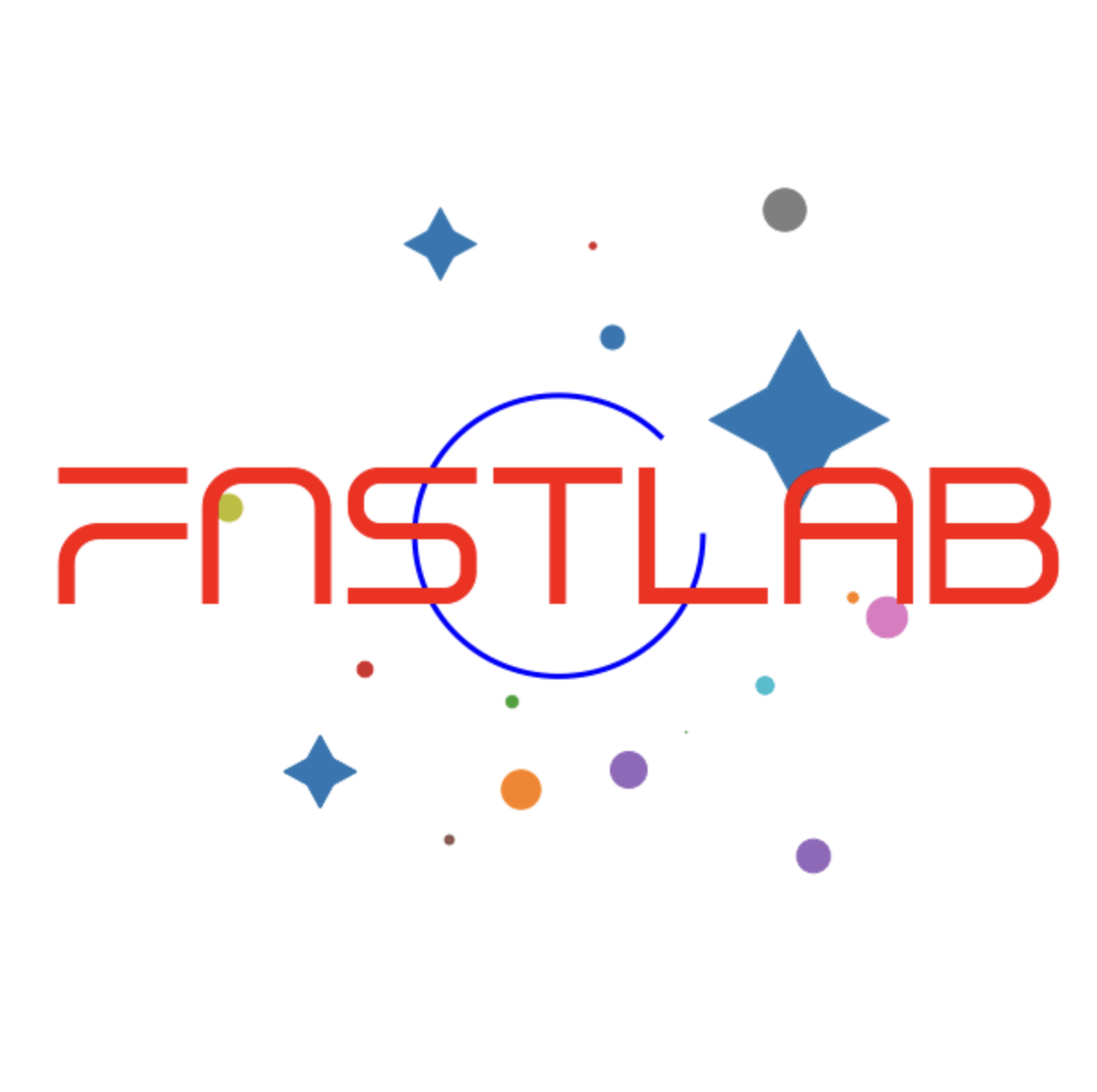

Willow Fox Fortino
UDelaware
Optimal deep learning architectures for transients' spectral classification

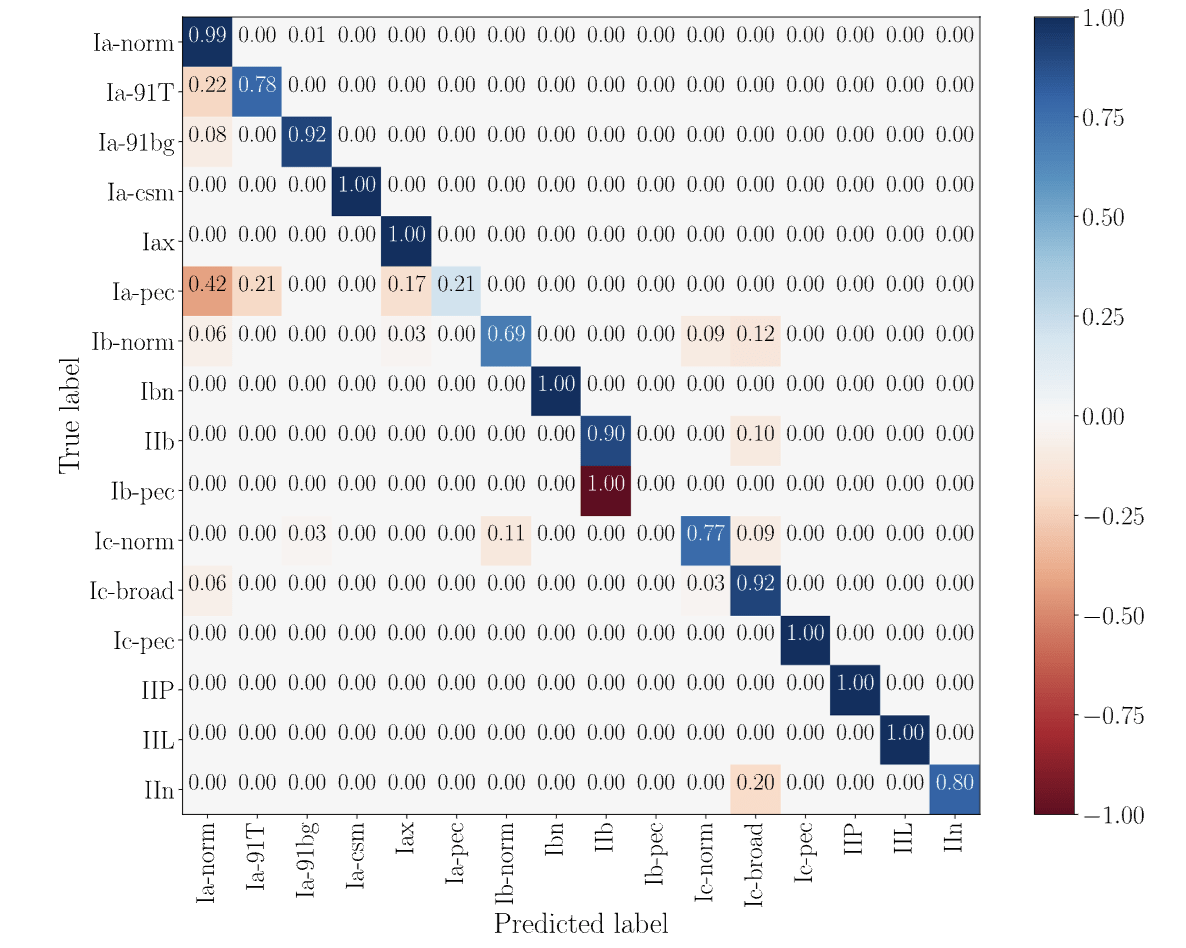
As seen in Muthukrishna+2019

Training a NN:
- labels are provided (e.g. SN Ia)
- epoch 1: NN guesses label by setting weights at random
- epoch 2-last: NN adjusts weights based on label distance (gradient descent)
Results are based on test data, unseen in training

Data Products

federica bianco - fbianco@udel.edu
federica bianco - fbianco@udel.edu
Time
Domain
Science
Static
Science
Alerts based
Catalog based
Deep stack
based
Deep stack
based
federica bianco - fbianco@udel.edu
Time
Domain
Science
Static
Science
Alerts based
Catalog based
Deep stack
based
Time
Domain
Science
Static
Science

AGN

STRONG
LENSING
50M+ AGNs to z~7.5
variability, microlensing, binaries
cosmography from Lens Time Delays
calibration of cluster mass function with with S+W Lensing
resolved high z galaxy properties
Rubin ToO program
federica bianco - fbianco@udel.edu
Rubin ToO program
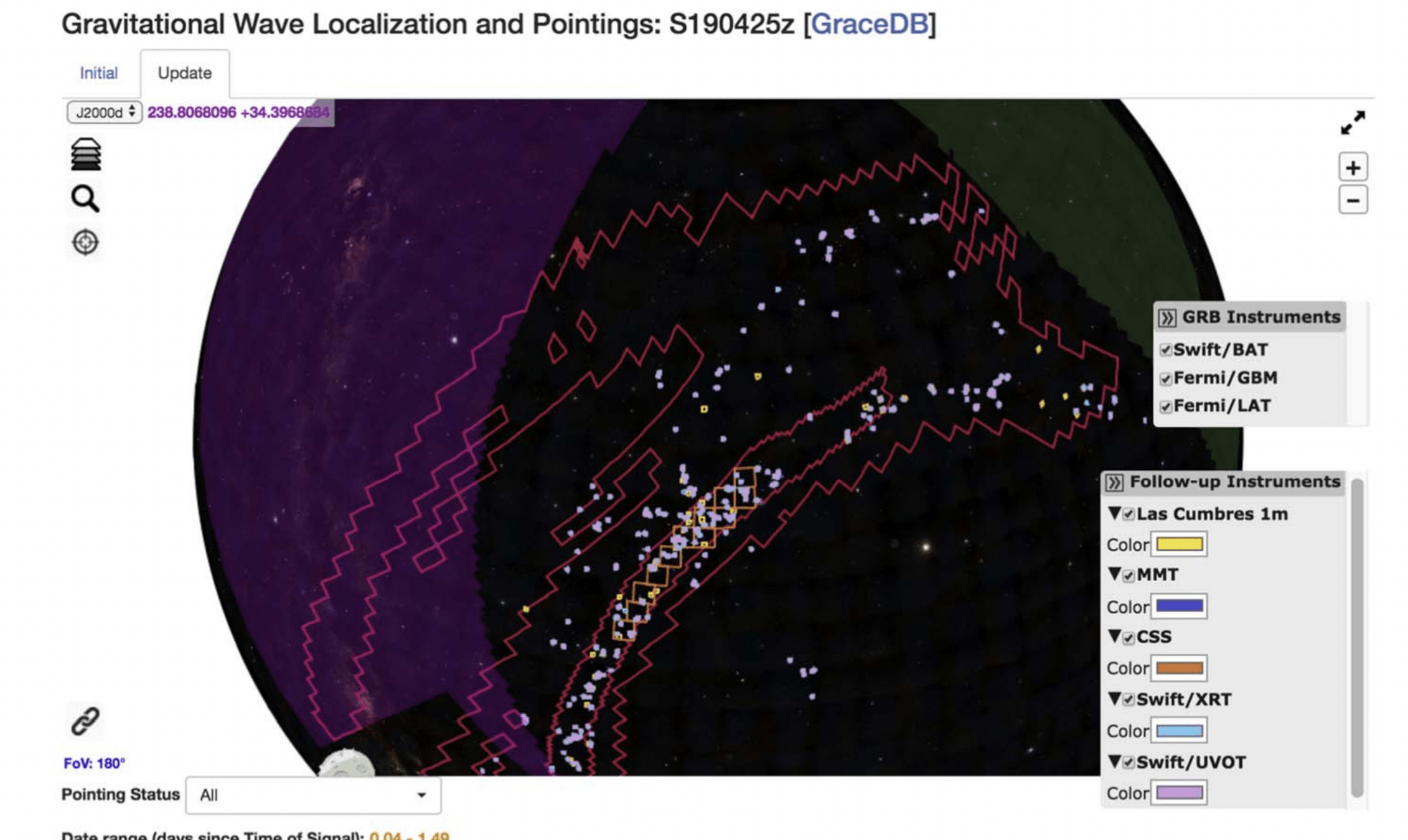
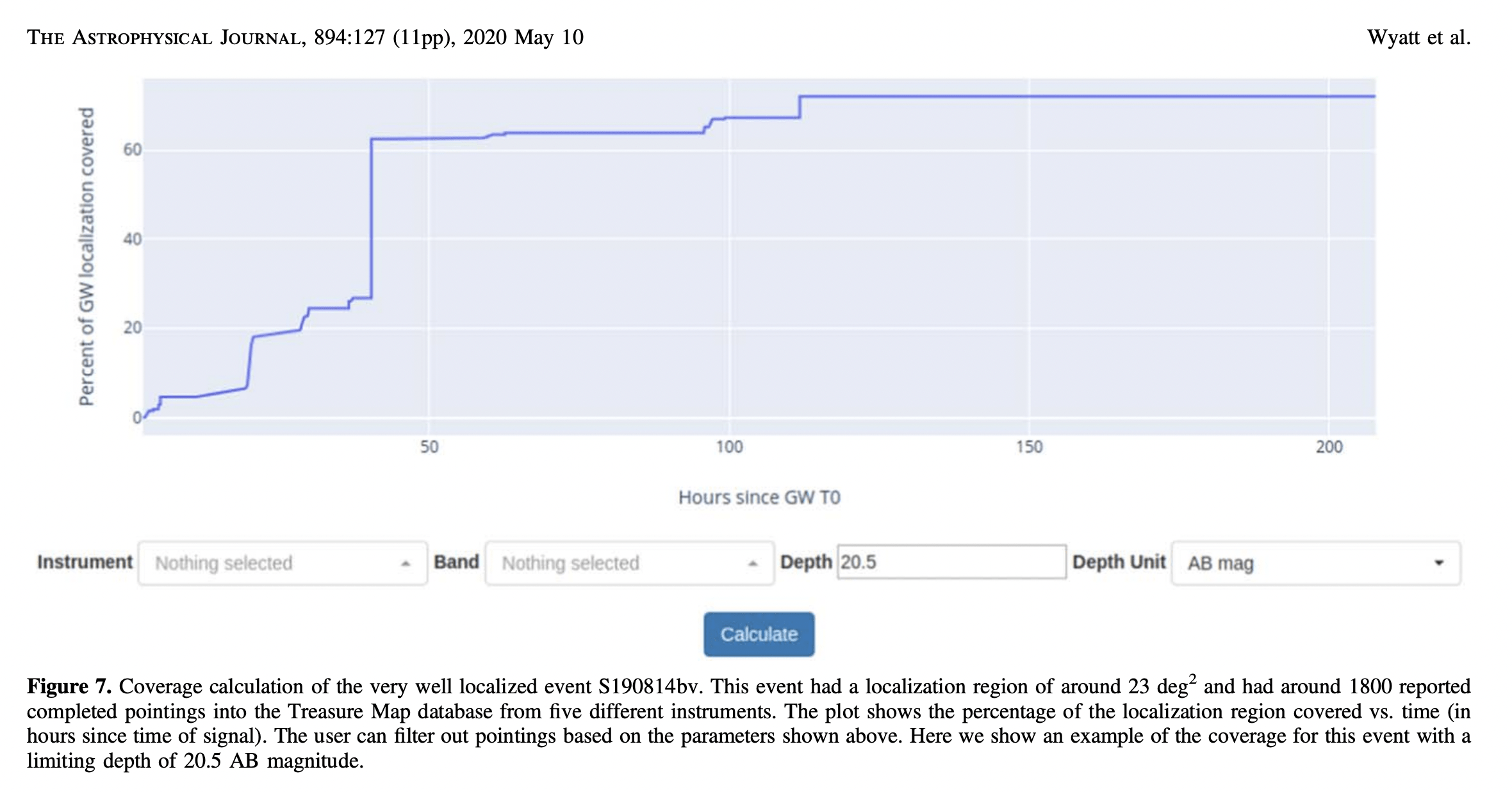
State of the art in coordination: GW Treasure Map
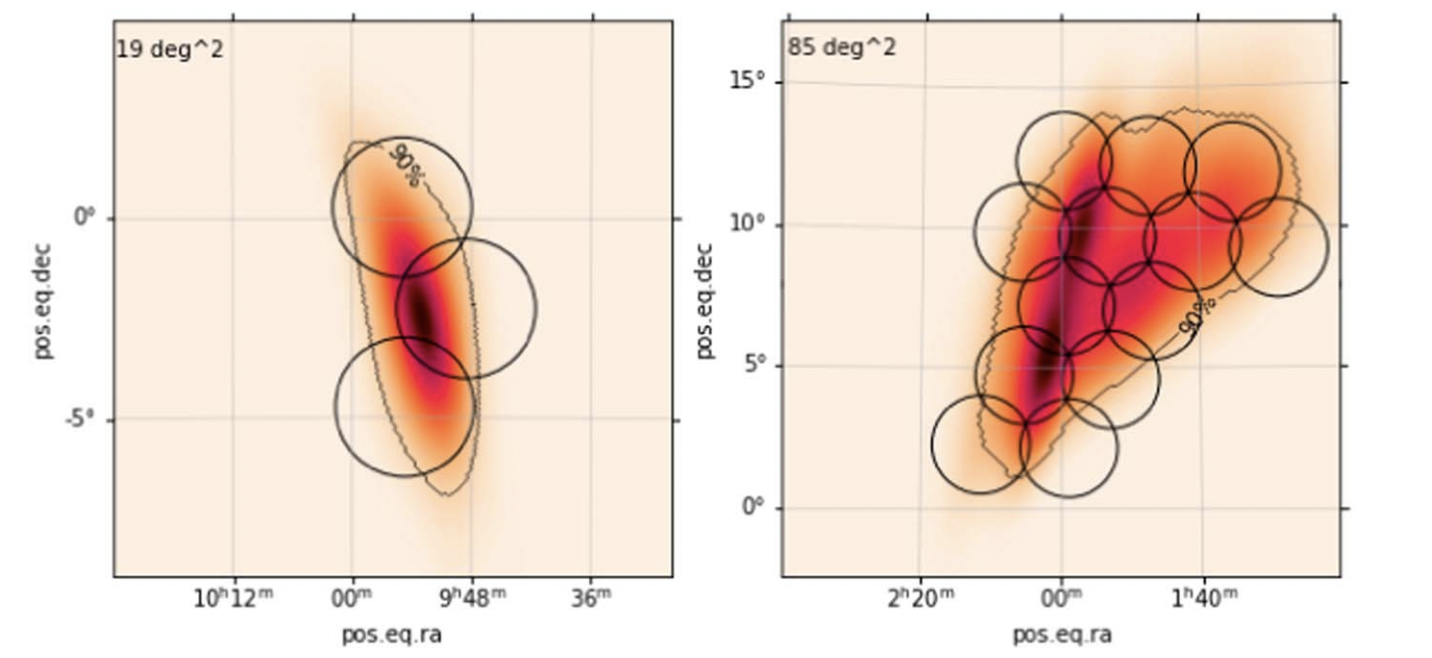

federica bianco - fbianco@udel.edu
Rubin ToO program
Andreoni+ 2022b
+80 authors!

PROS:
Large FoV (10 sq deg - easly cover 100 sq deg in full)
6 filters (5 available on any given night)
deep observations (r~24 in 30 sec, up to 180 sec)
public data
federica bianco - fbianco@udel.edu

This is a workshop: the goal of the workshop is to produce a report to be delivered to the SCOC containing recommendations for how to implement ToO responses with Rubin. There are no talks.Time is dedicated to collaboratively working toward the workshop report.
Rubin ToO program
SOC: I. Andreoni (KN), F. Bianco, A. Franckowiak (ν), T. Lister (Solar System),
R. Margutti (KN, GRB), G. Smith (Lensed KN)

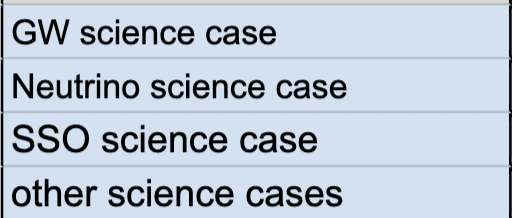
federica bianco - fbianco@udel.edu
Rubin ToO program

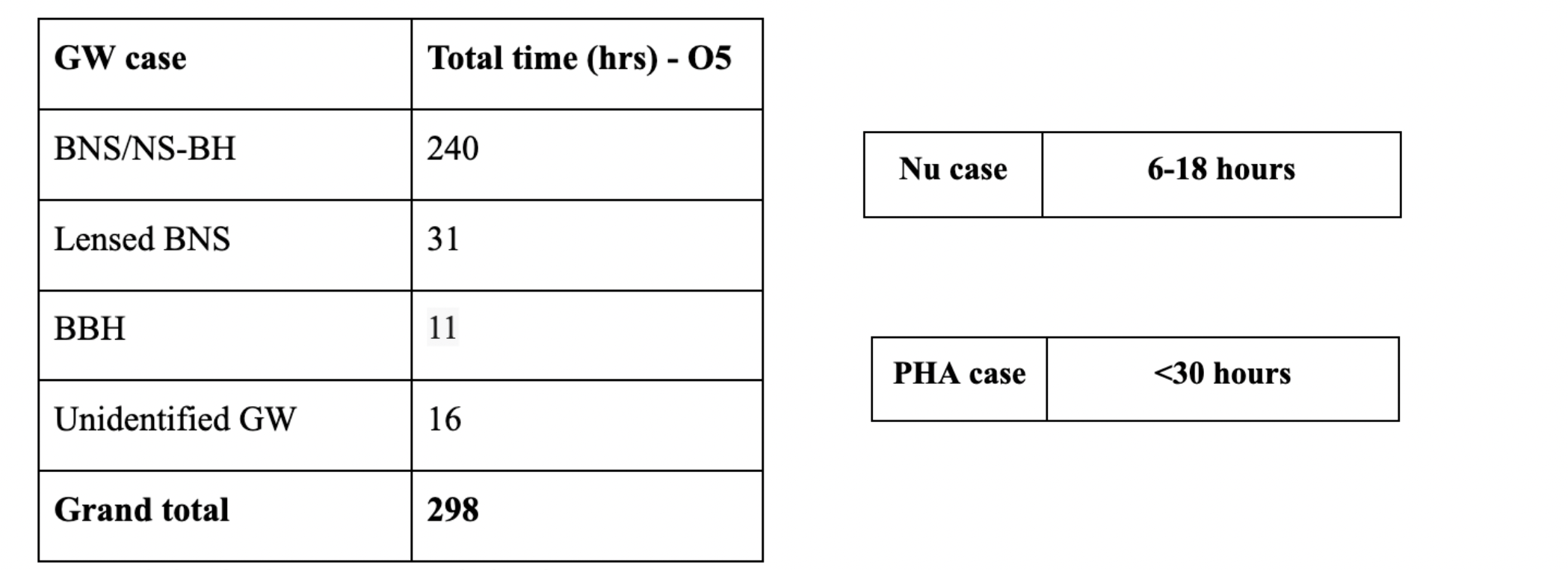



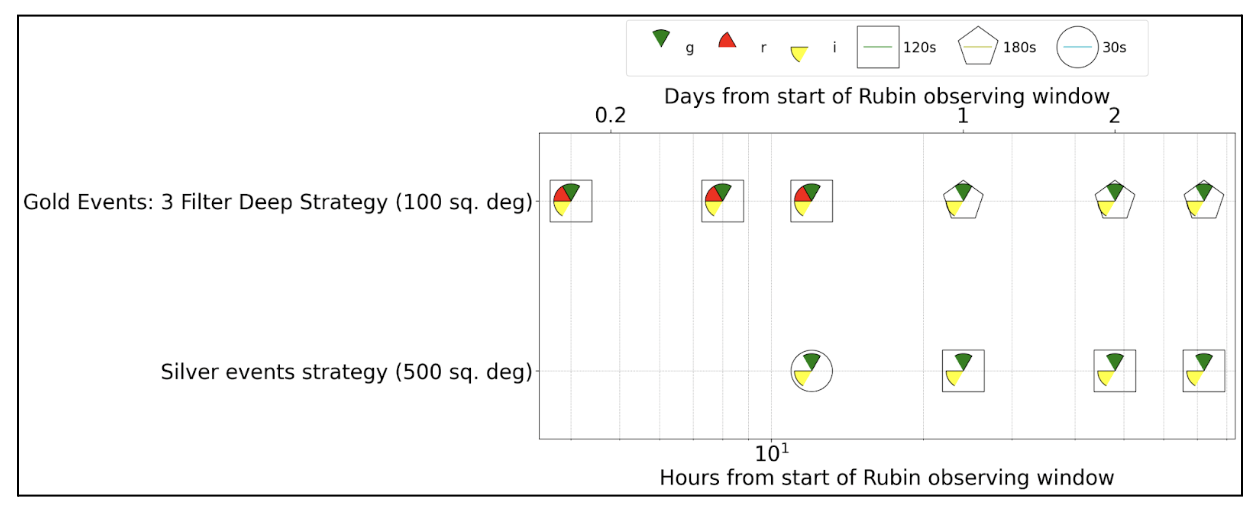

Respond to GW triggers in O5 for Neutron Star mergers and BH-Neutron Star mergers
~25 events in ~2 years


Respond to GW triggers in O5 for BH-BH mergers
~7 events in ~2 years

Respond to GW triggers in O5 for lensed NS mergers
~1 events in ~2 years
Respond to IceCube+ neutrino triggers
~4 events / year
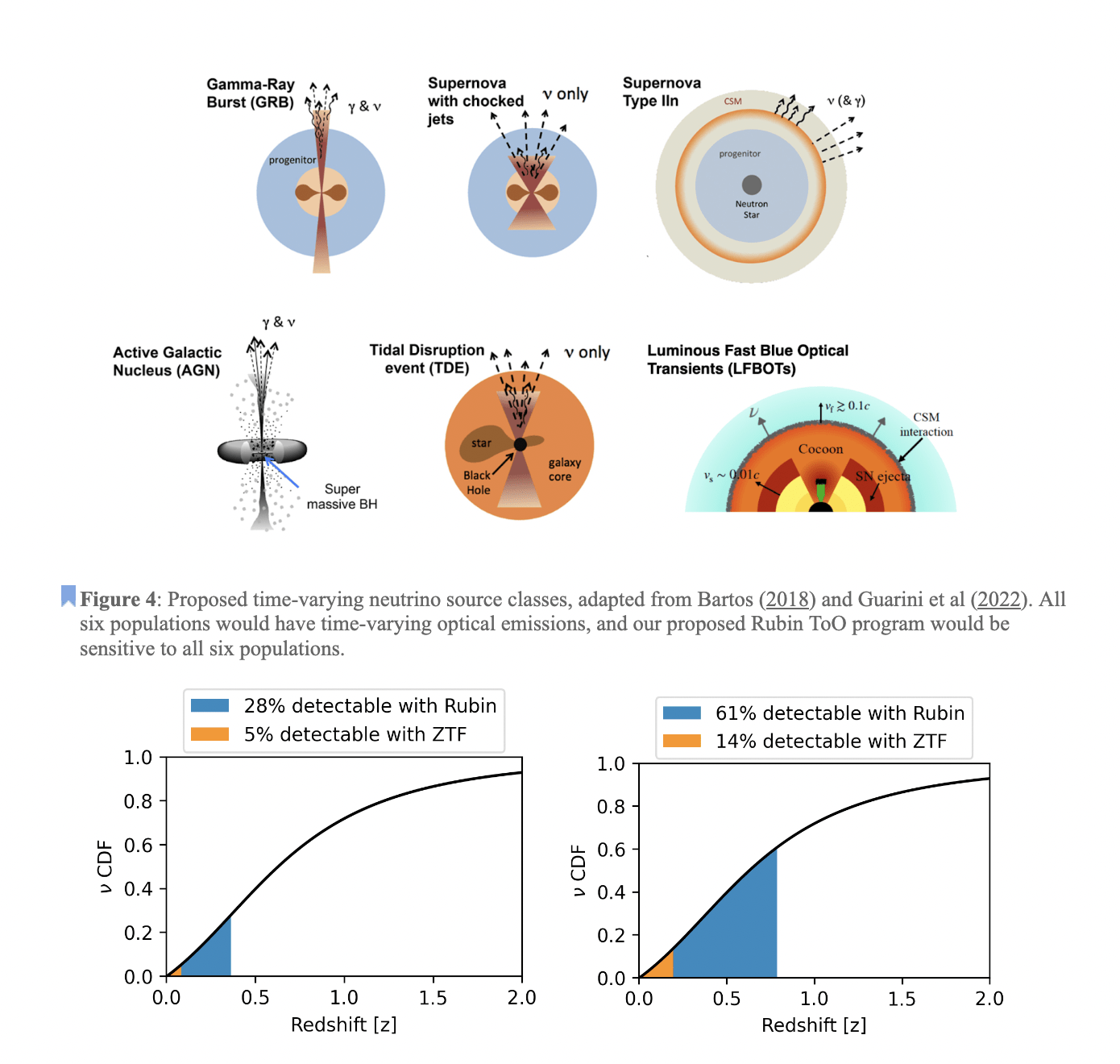


Respond to IceCube+ neutrino triggers
~4 events / year
Respond to IceCube+ neutrino triggers
~4 events / year
Respond to Solar System hazardous objects
<30 events / year
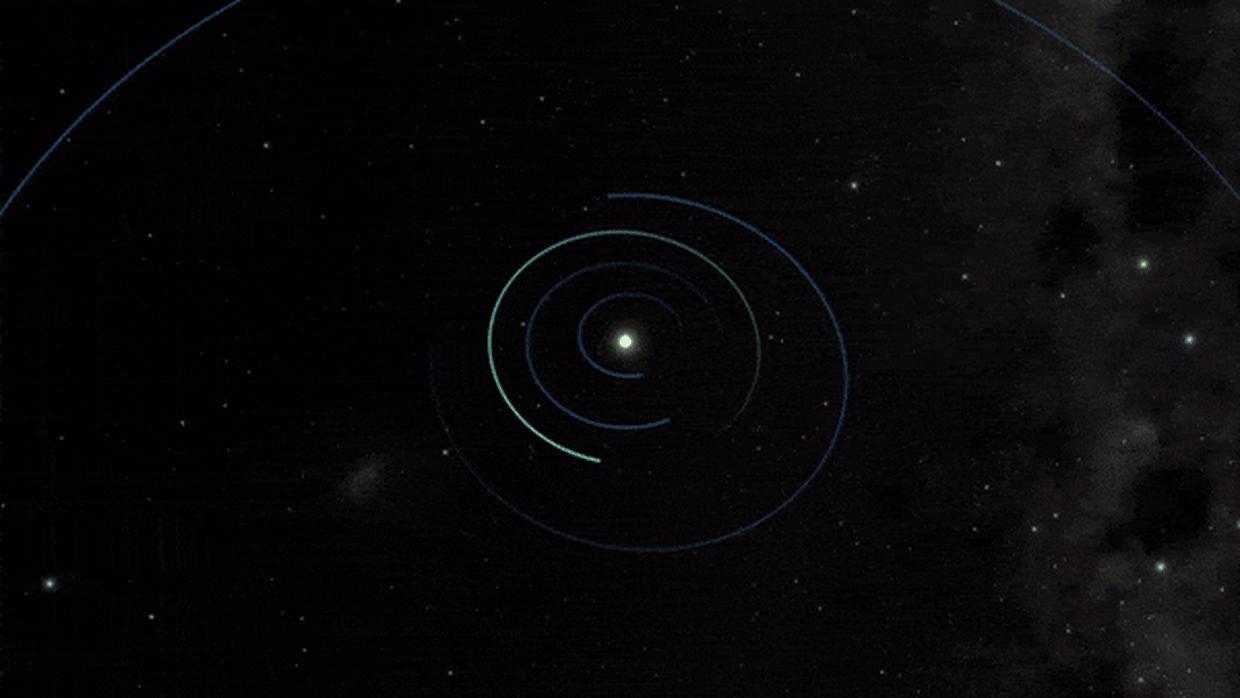

Respond to Solar System hazardous objects
<30 events / year
Think outside the box!
atmosphere-aided studies with LSST
dDCR color physical parameters

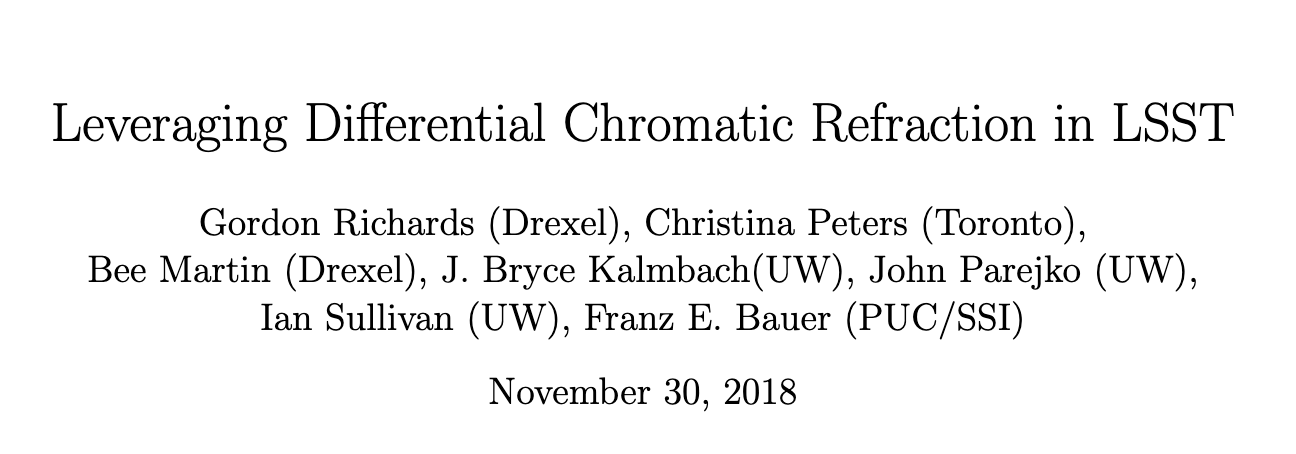

Quasars -> redshift
via spectral features falling in different observation bands
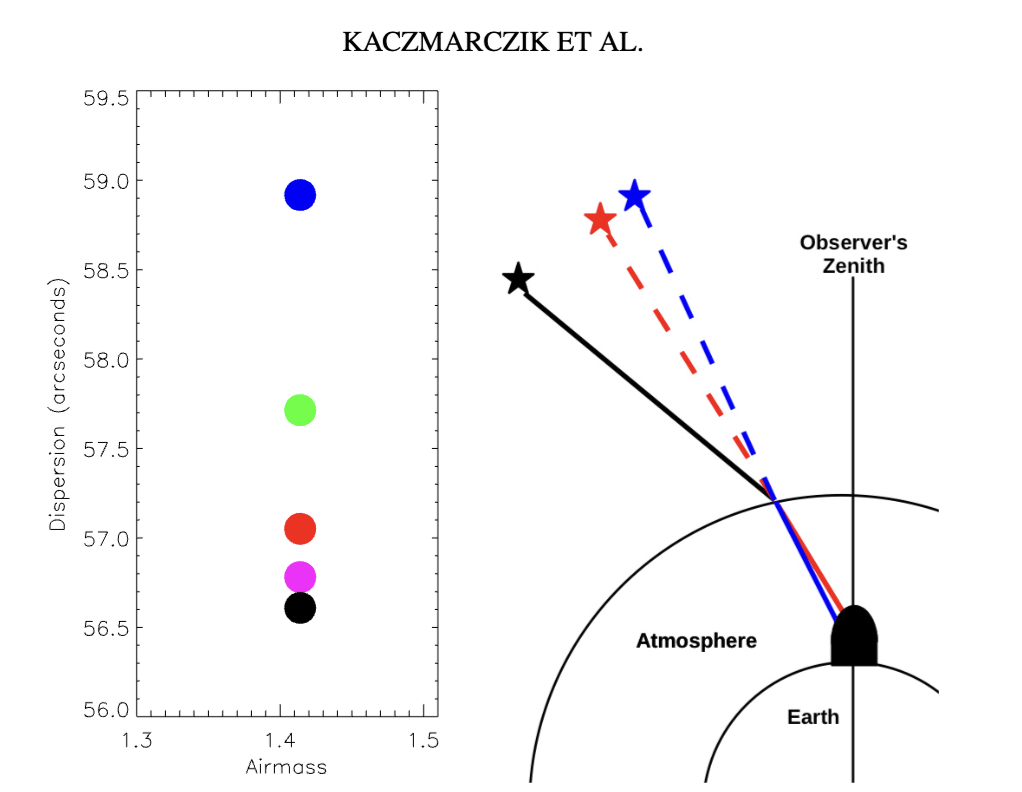
atmosphere-aided studies with LSST
Riley Clarke, UDelware
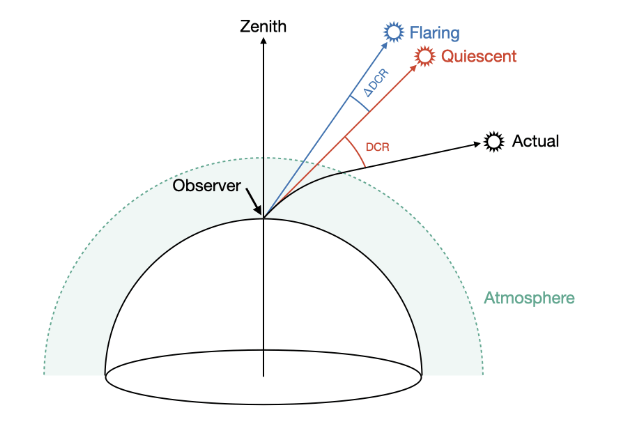
dM Flare energy
dDCR color Flare temperature

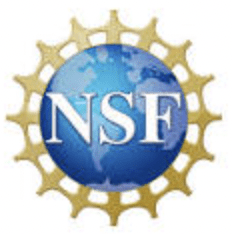
NSF Award #2308016
P.I. Bianco
Riley Clarke et al. 2024 submitted
AstroPhysical Journl Supplements

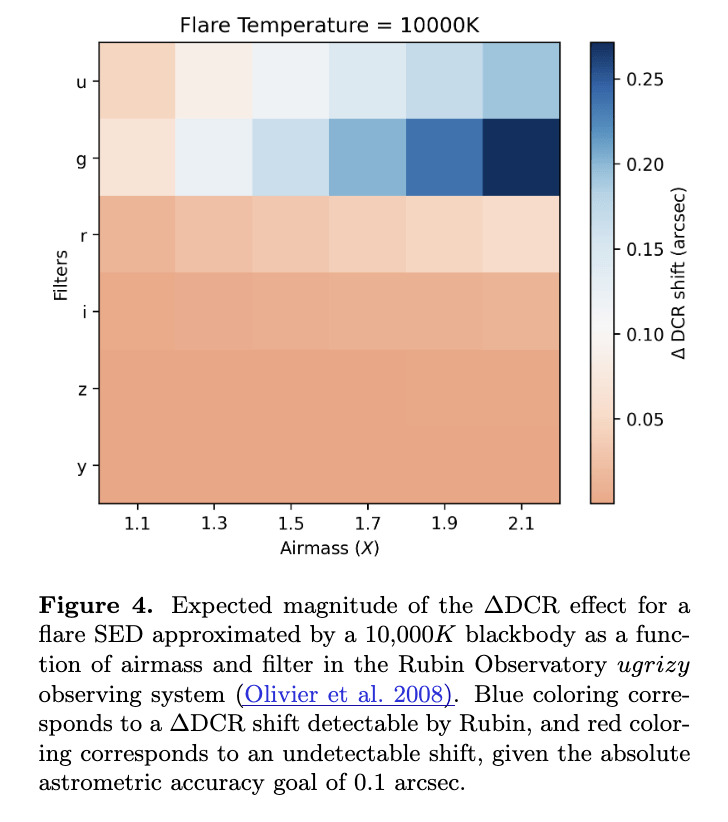
LSST ΔDCR detectability
Riley Clarke, UDelware

Stars that flare ΔDCR
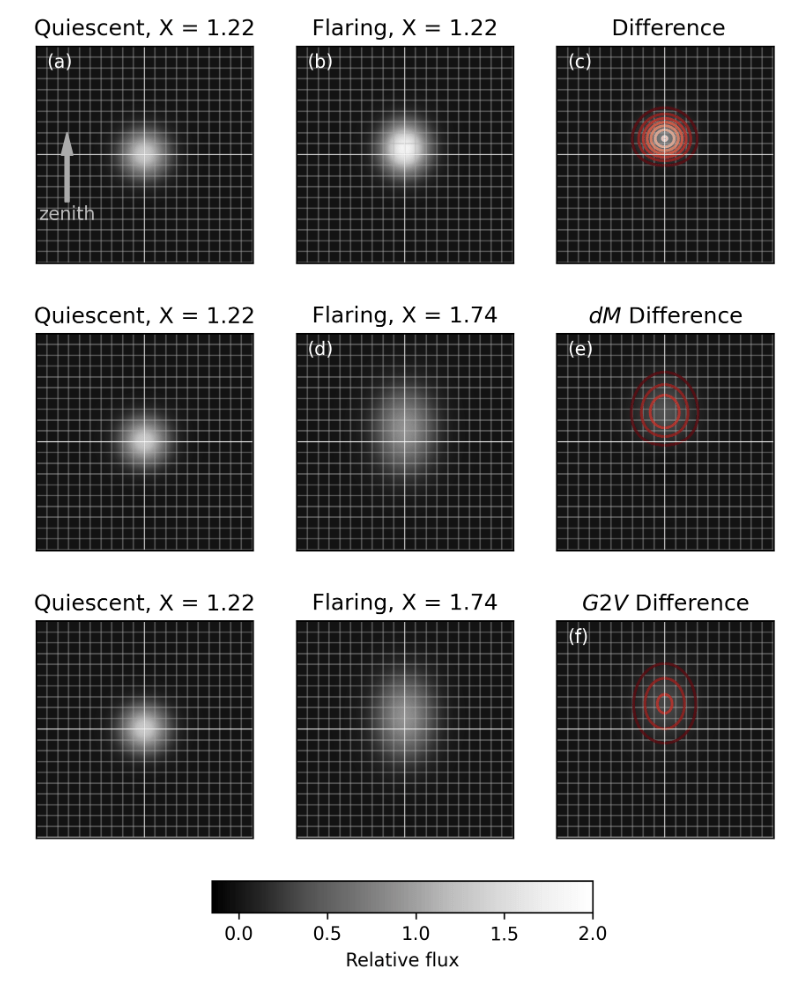

LSST ΔDCR detectability
Riley Clarke, UDelware

Stars that flare ΔDCR
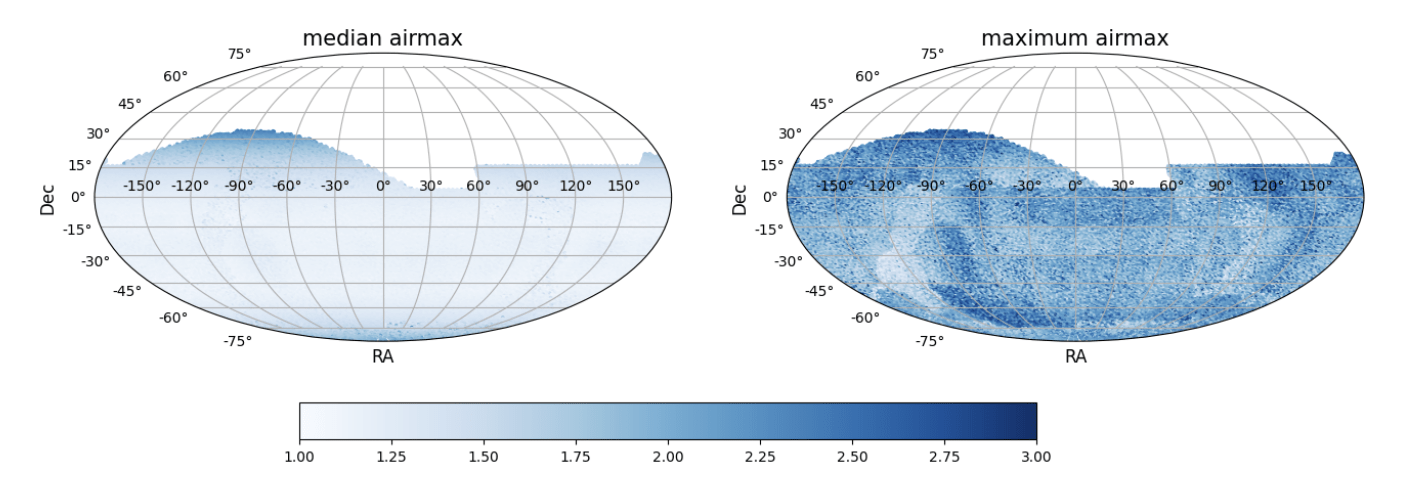

Riley Clarke, UDelware


Stars that flare ΔDCR
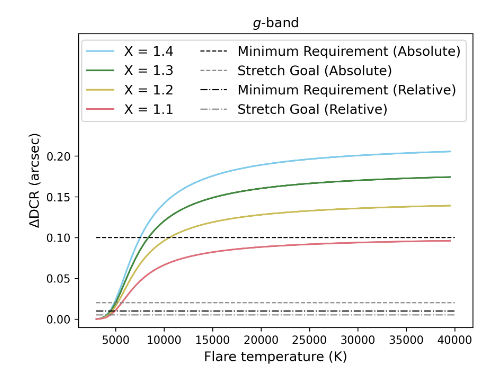
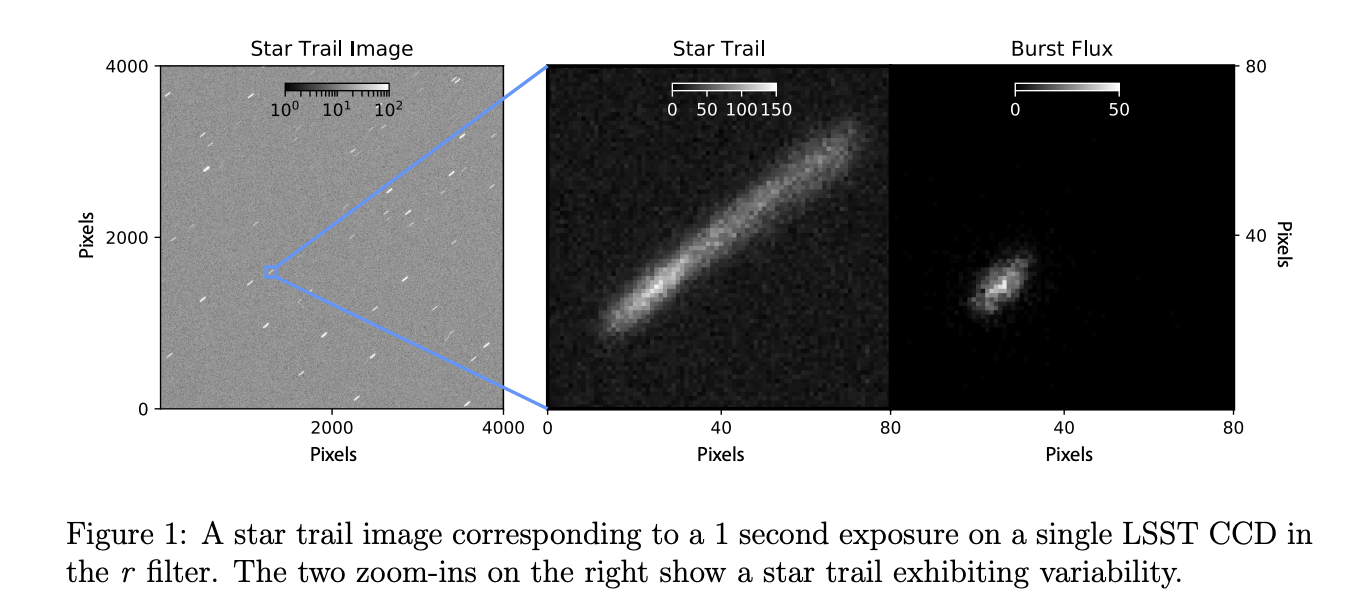



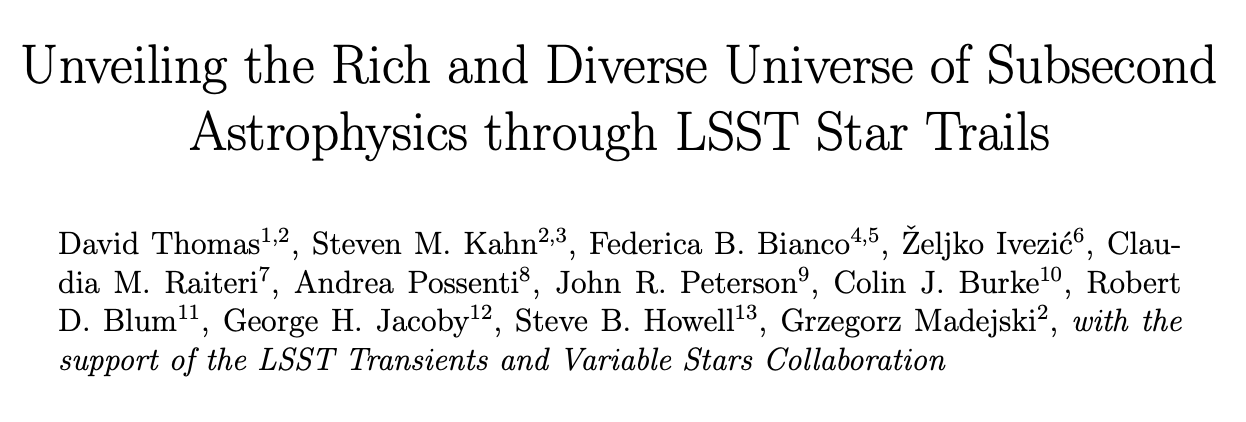
2018 Cadence White Paper

how to get involved
The Rubin Organization is almost as complex as the Universe it will explore!


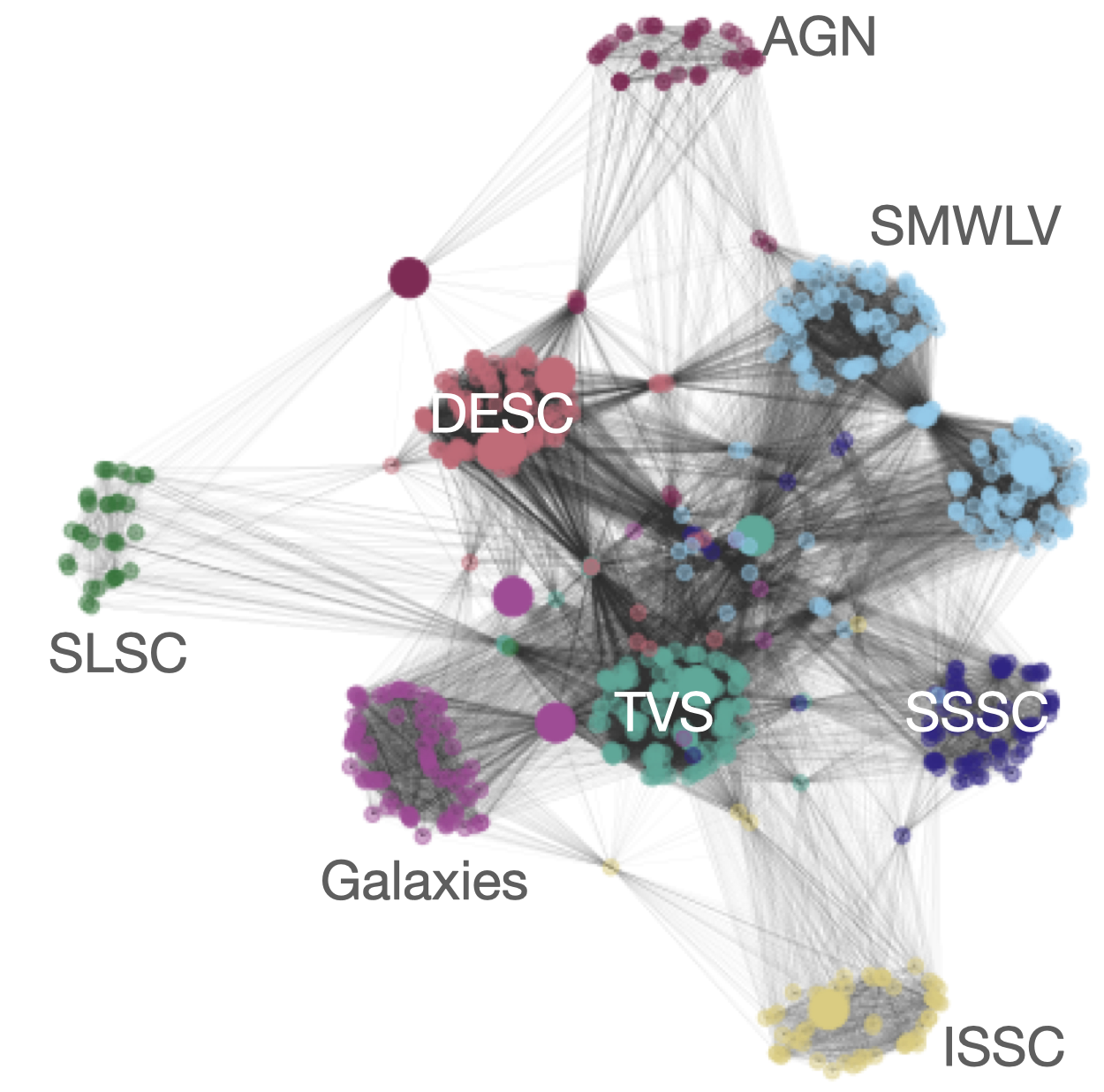
join a Rubin LSST Science Collaborations
8 teams
>1500 members
>2000 affiliations
5 continents
federica bianco - fbianco@udel.edu




Rubin LSST Science Collaborations
8 SCs - 6 continents - 2000 people - 25 countries
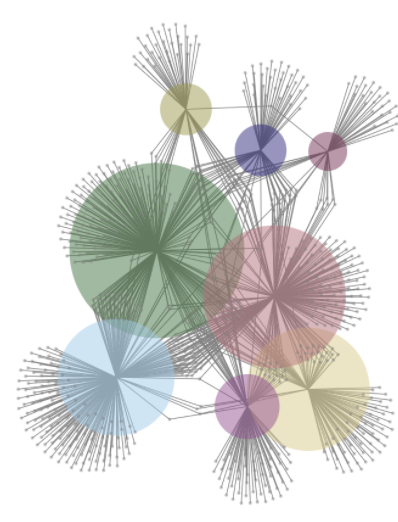








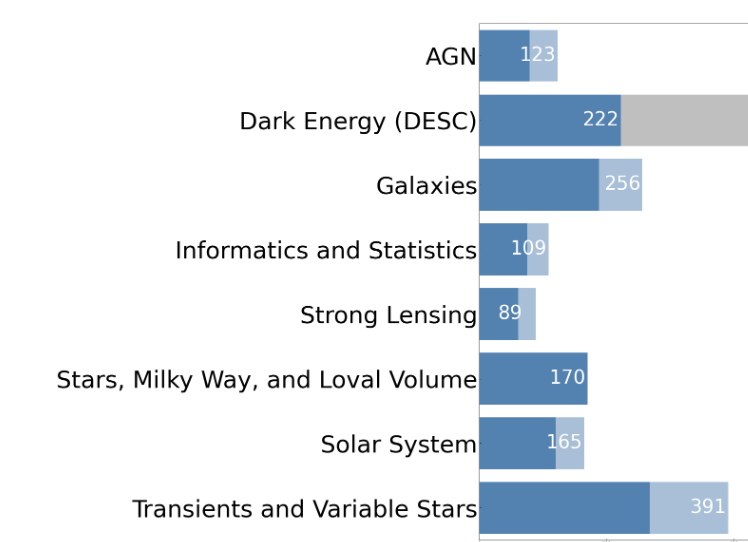

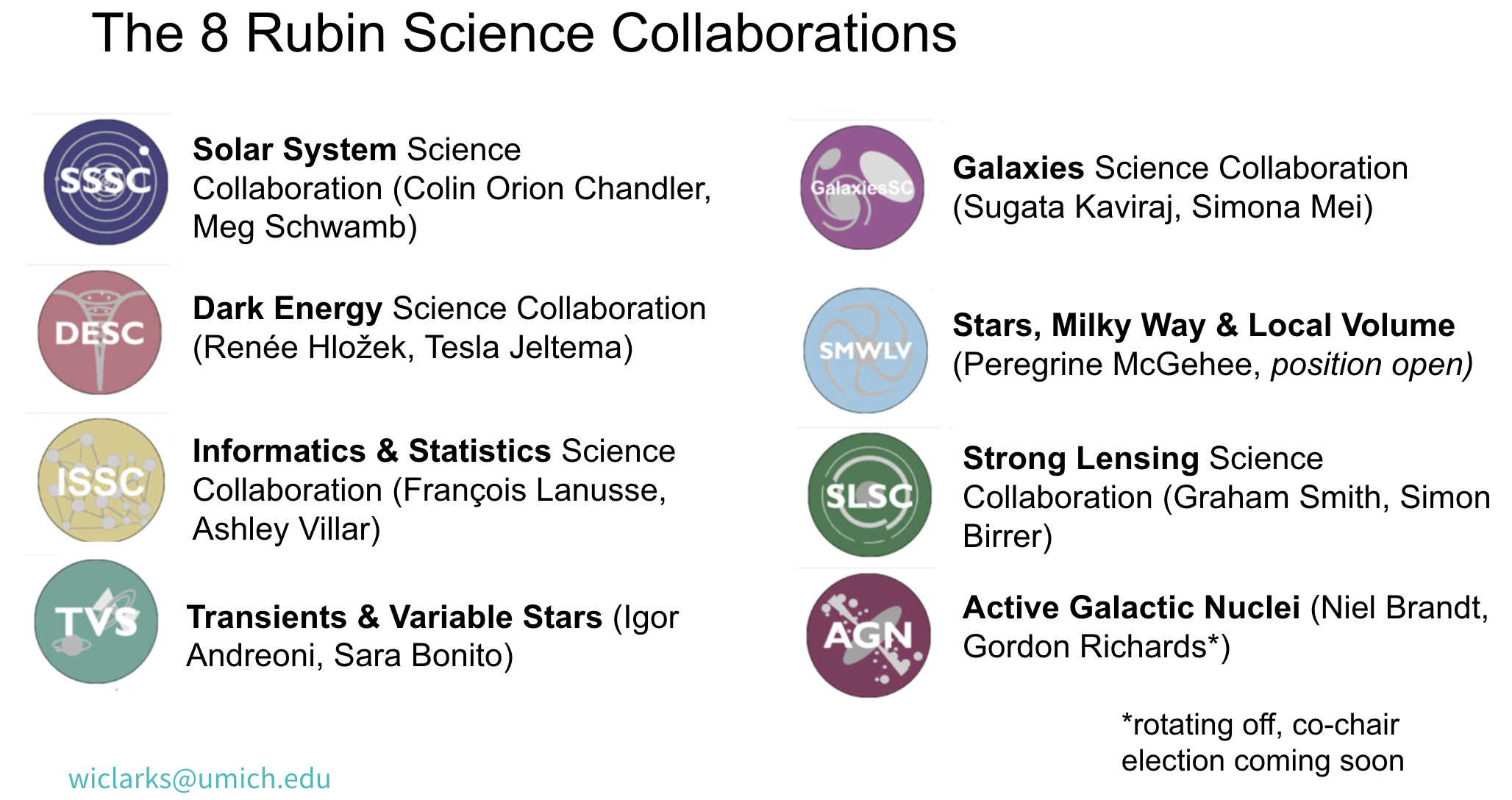
We aspire to be an inclusive, equitable, and ultimately just group and we are working with renewed vigor in the wake of the recent event that exposed inequity and racism in our society to turning this aspiration into action.
No commitment required for basic membership
No data rights required (being a member of an SC does not confer data rights
join a Rubin LSST Science Collaborations
Will Clarkson
SC coordinator

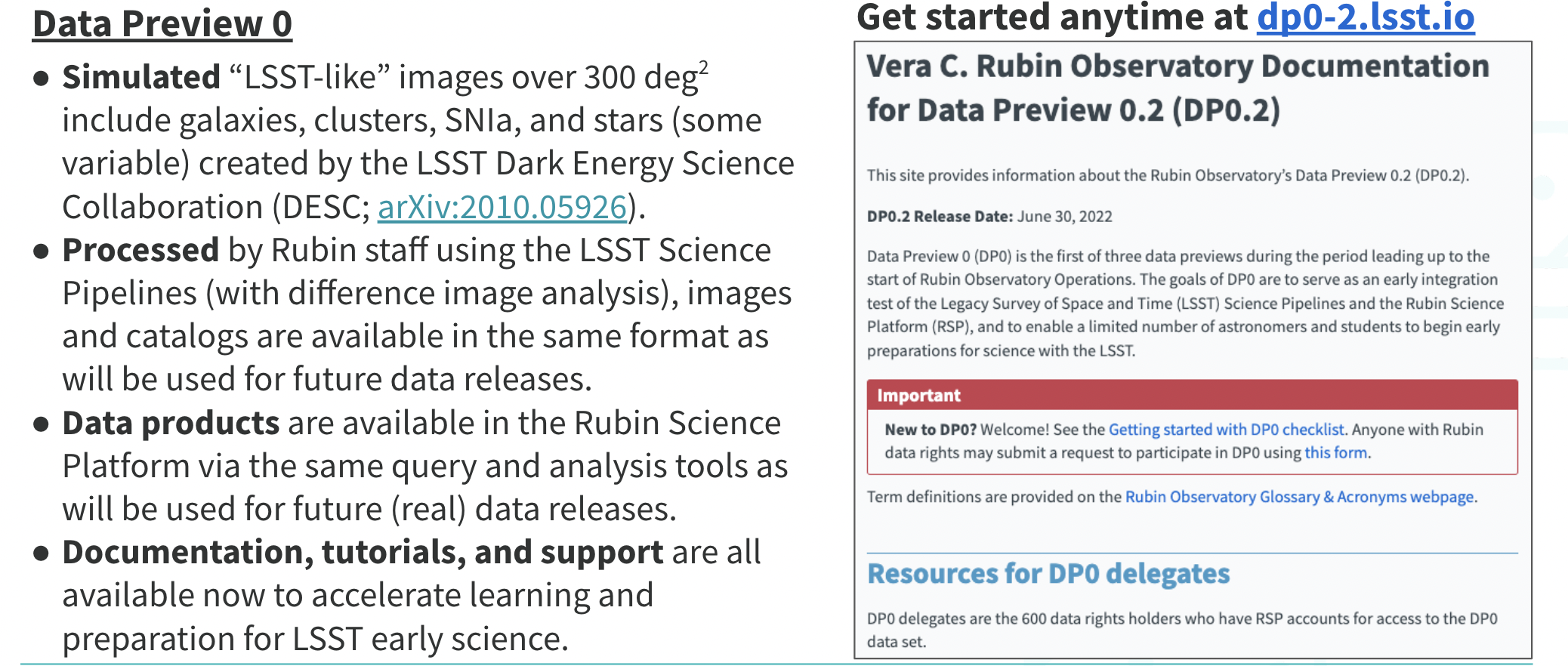
become a DP0 delegate
Rubin Community Science Team lead: Melissa Graham
federica bianco - fbianco@udel.edu
join the Community forum
Rubin Community Forum (Community.lsst.org) is available to everyone, and the posting of any and all Rubin/LSST-related questions is encouraged.
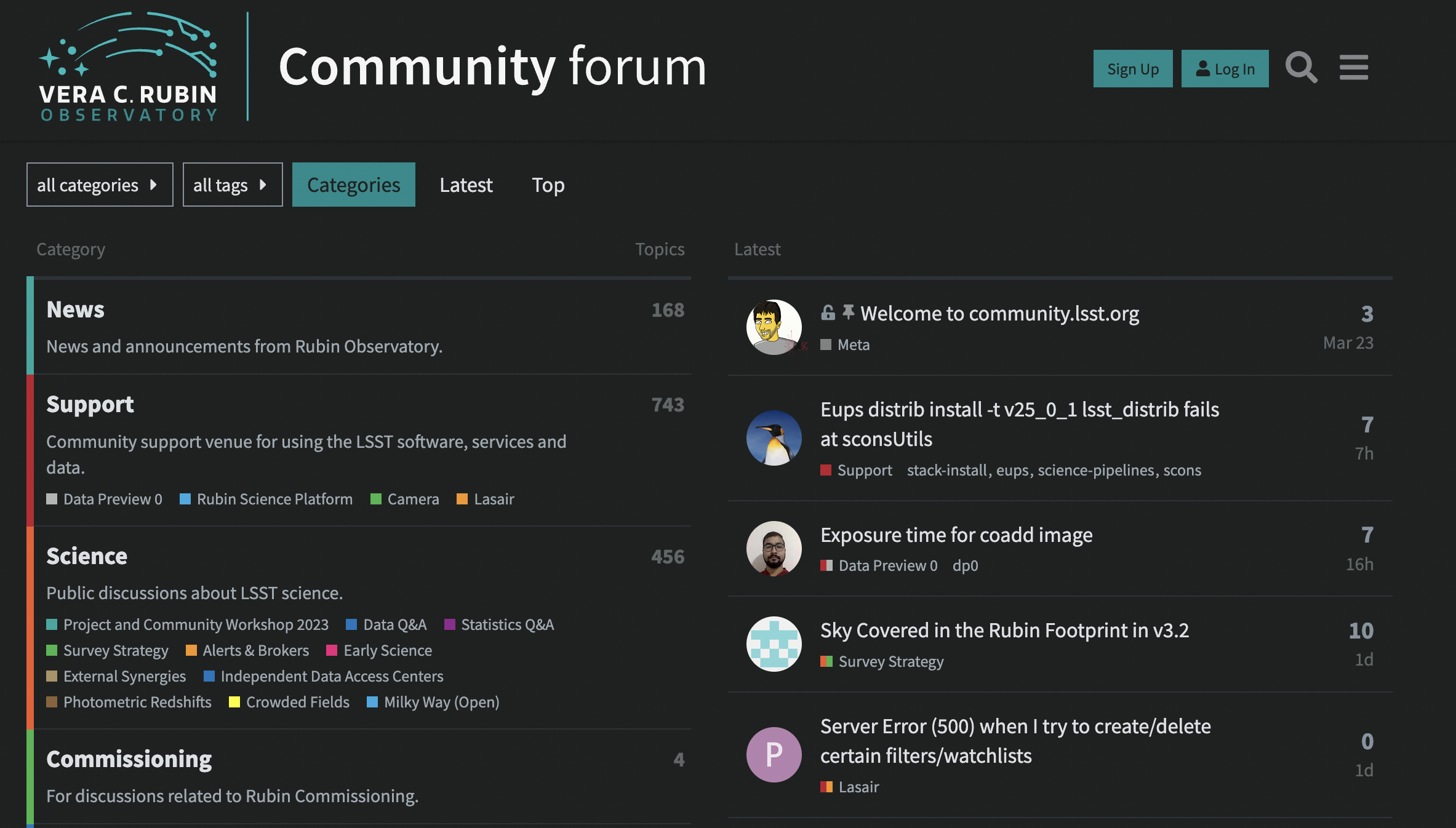
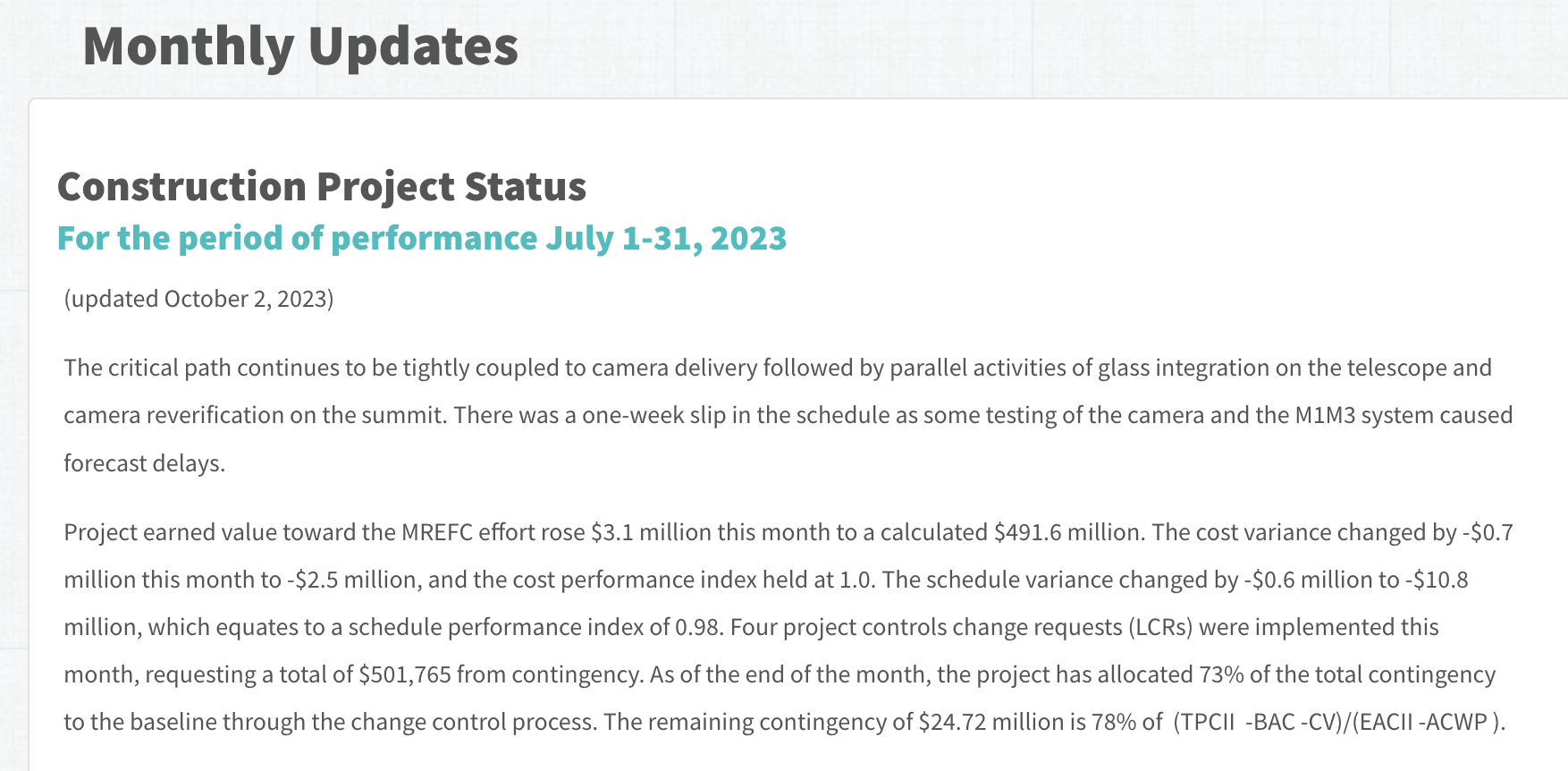

federica bianco - fbianco@udel.edu
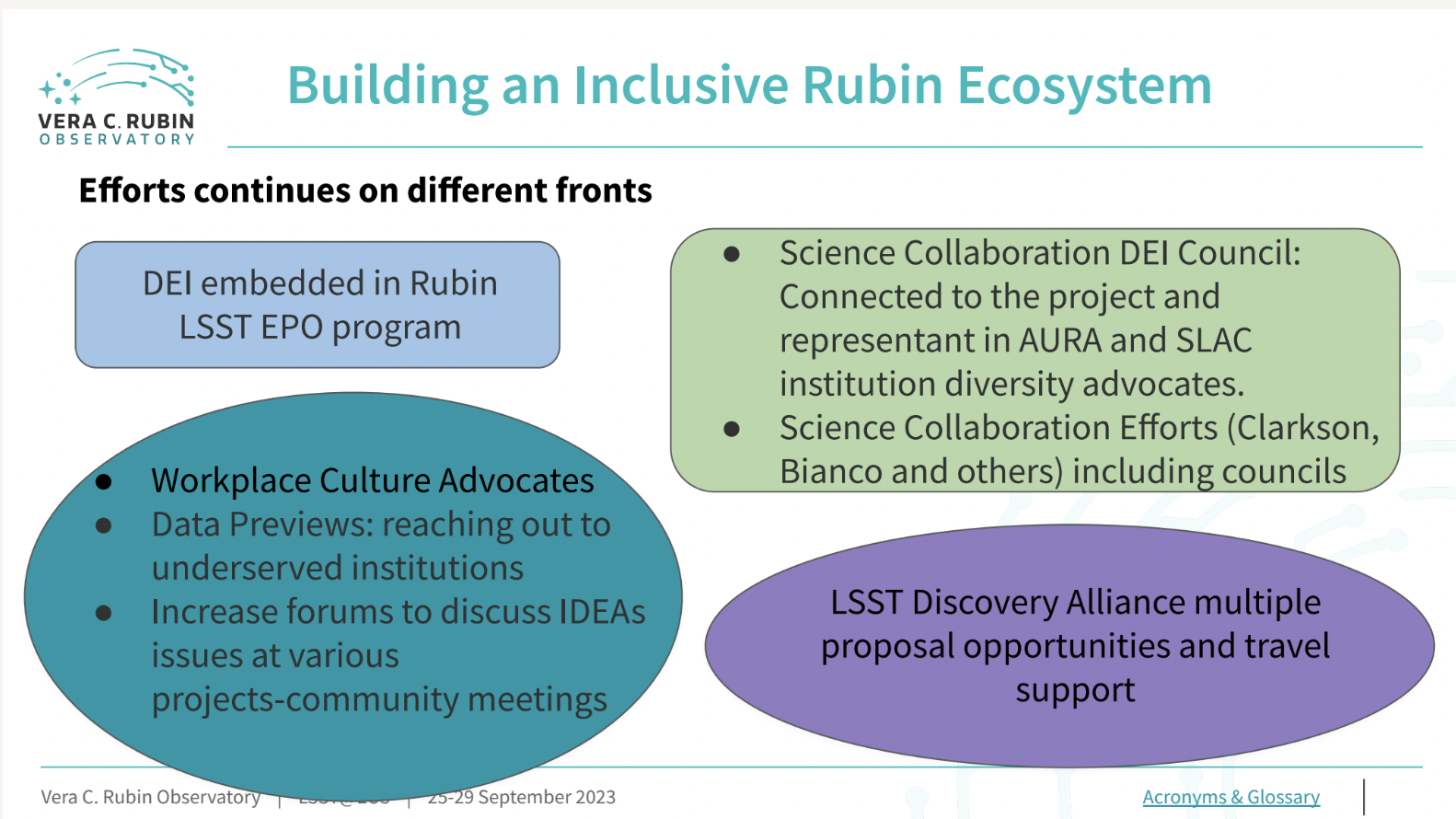
federica bianco - fbianco@udel.edu
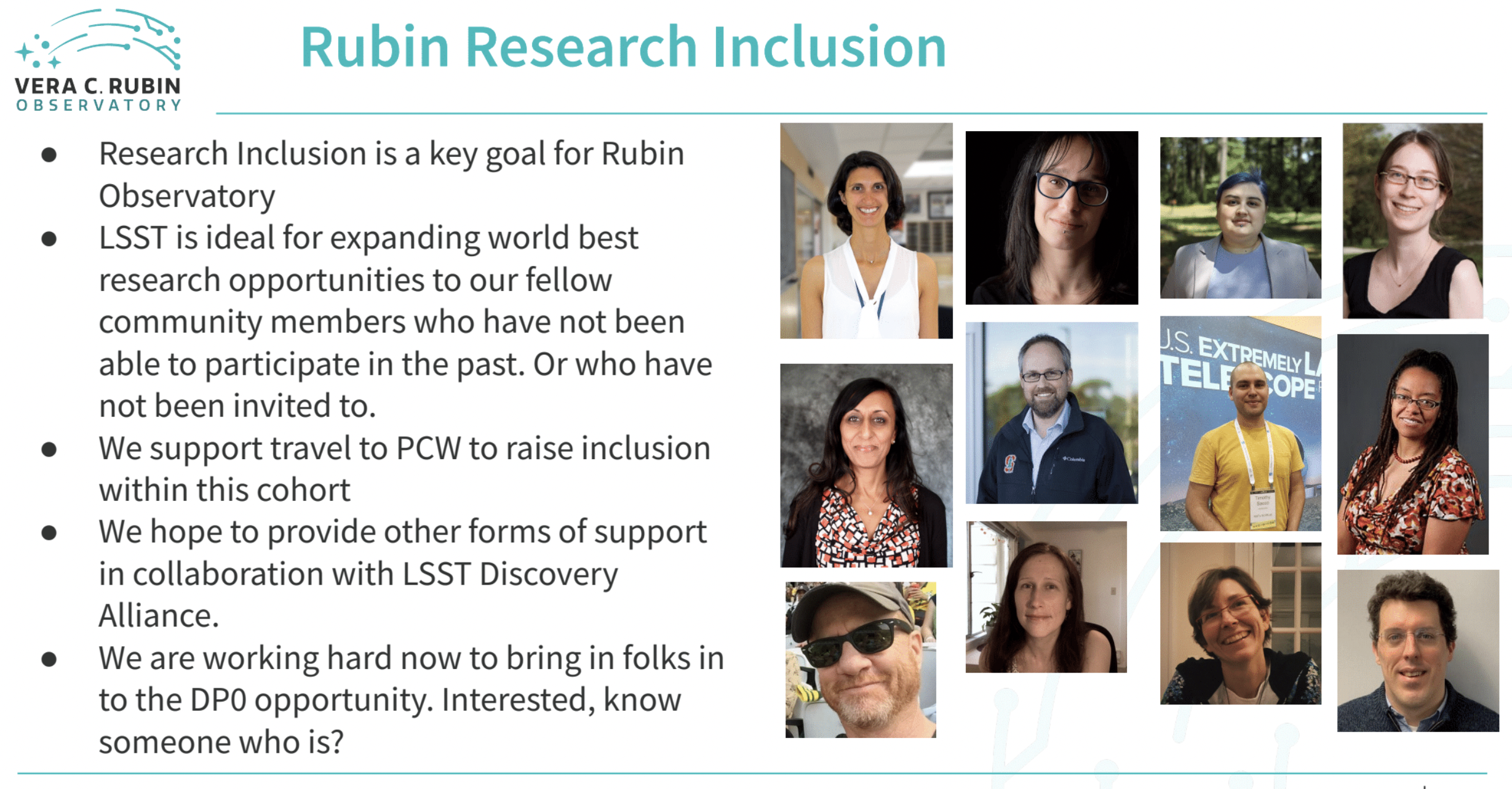
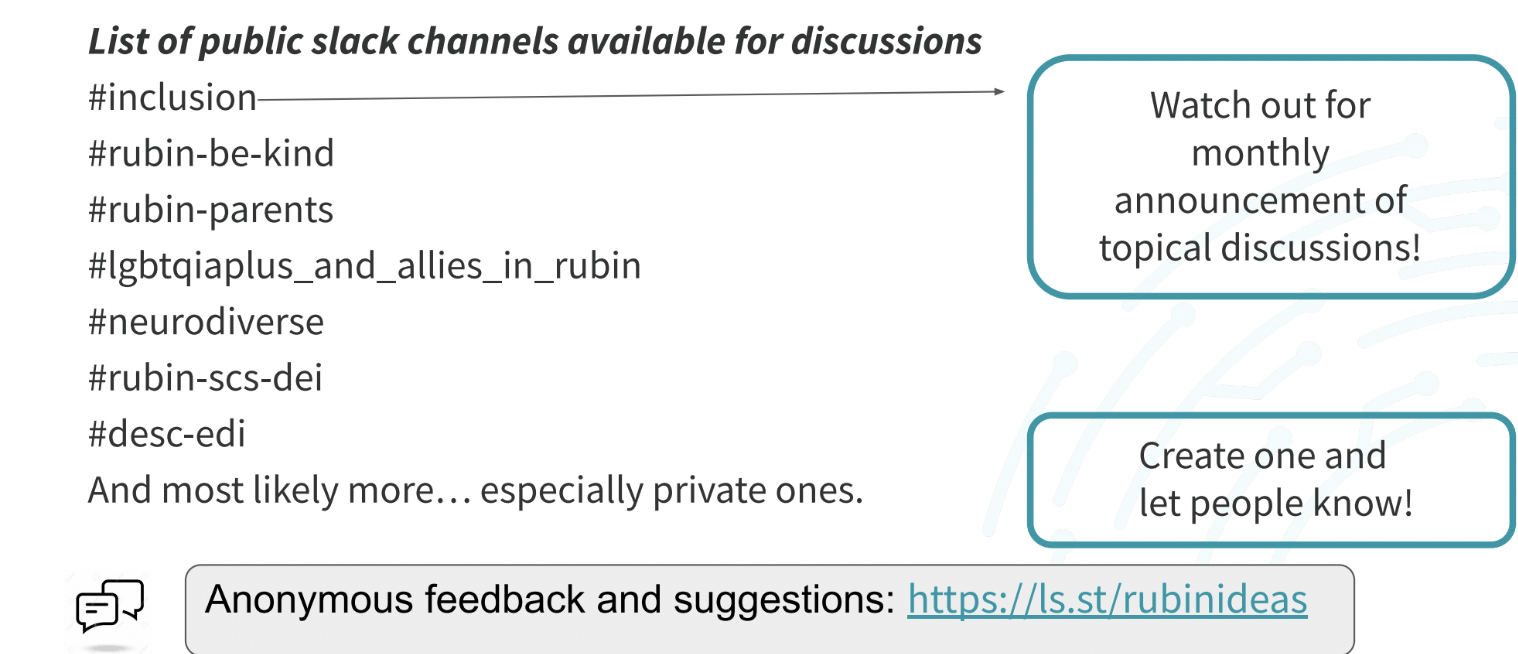
Rubin Operations Research Inclusion team

federica bianco - fbianco@udel.edu
thank you!
University of Delaware
Department of Physics and Astronomy
Biden School of Public Policy and Administration
Data Science Institute

@fedhere
federica bianco
fbianco@udel.edu
The violent and rapidly varying radiation from black holes, neutron stars, and white dwarfs makes them promising targets for high time resolution imaging.
The rotation, pulsation, and local accretion dynamics of these compact stellar remnants tends to occur on timescales ranging from seconds to milliseconds. Their extreme densities also makes them an excellent testing ground for nuclear, quantum, and gravitational physics.
Thomas and Kahn, 2018
Additional targets
- cataclysmic variable stars,
- X-ray binary stars,
- flare stars,
- blazars
- Fast Radio Bursts
- technosignatures

cepheid
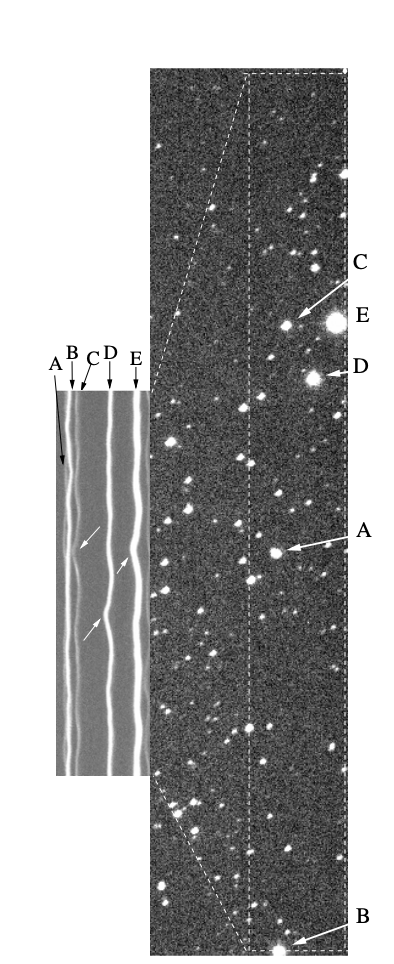



Continuous readout astronomical images for anomaly detection in ZTF
Shar Daniels, NSF GRFP Fellow 2024
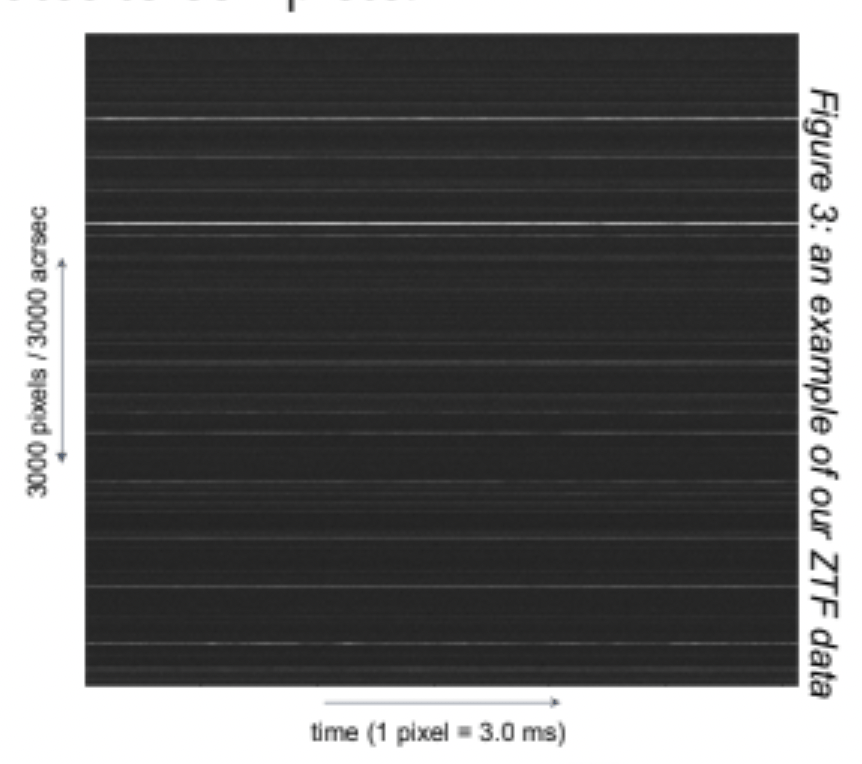
new transformer models!
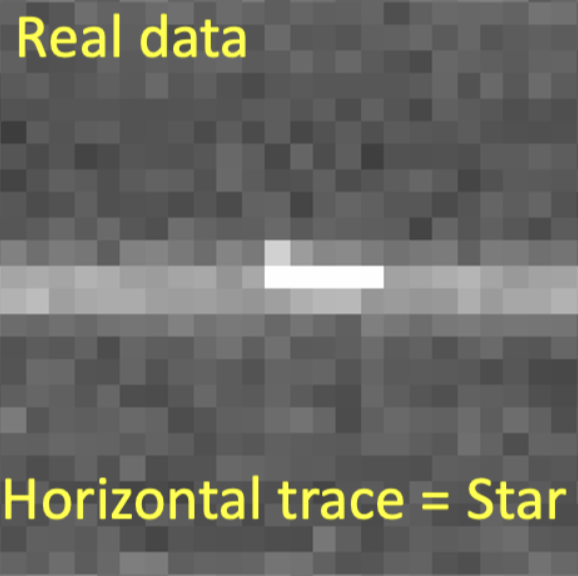
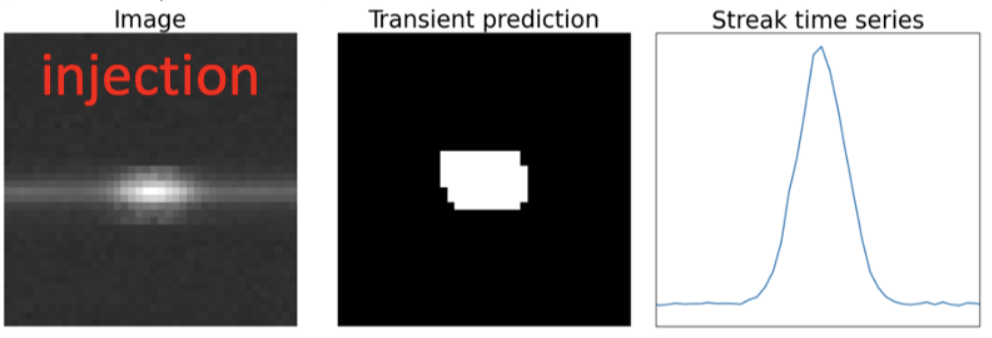

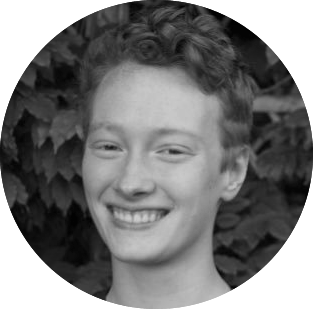
Light Echoes


Light Echoes



η-Carinae light echoes
Rest et al. (w Bianco) 2012Natur.482..375R
Light Echoes

η-Carinae light echoes

Frew 2004, Smith & Frew 2011
Light Echoes

η-Carinae light echoes

Light Echoes
η-Carinae light echoes
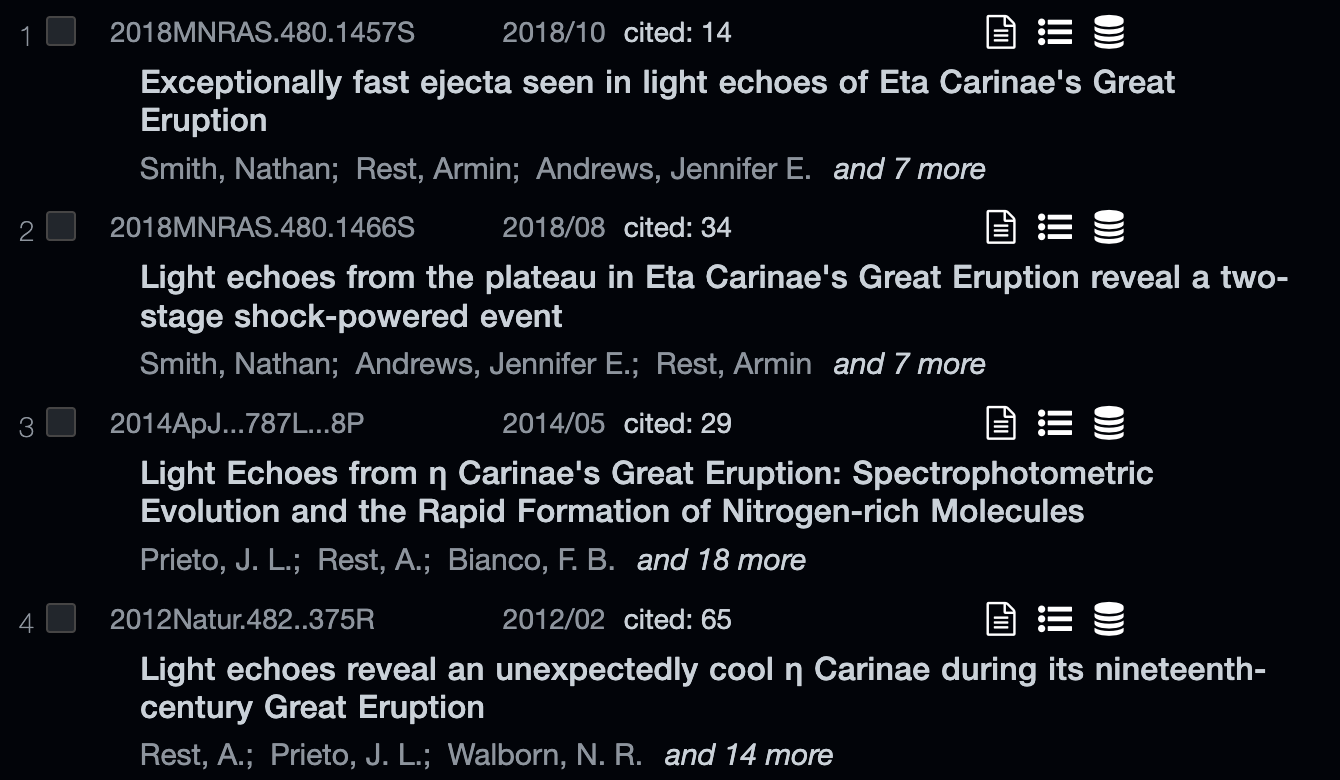
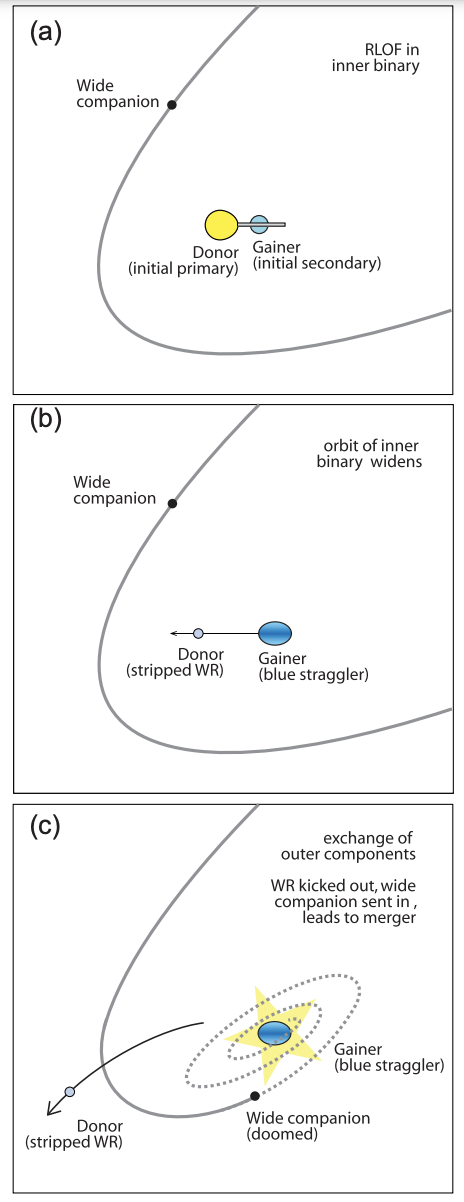
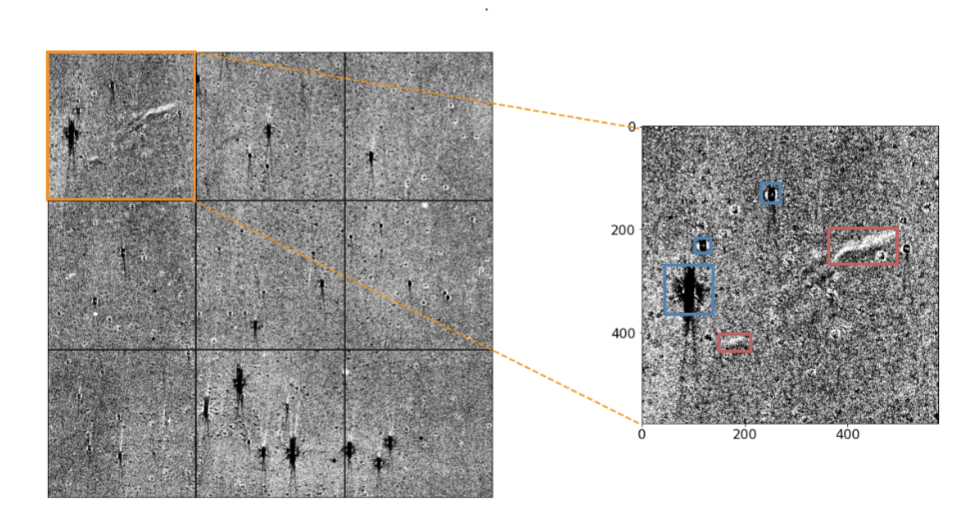
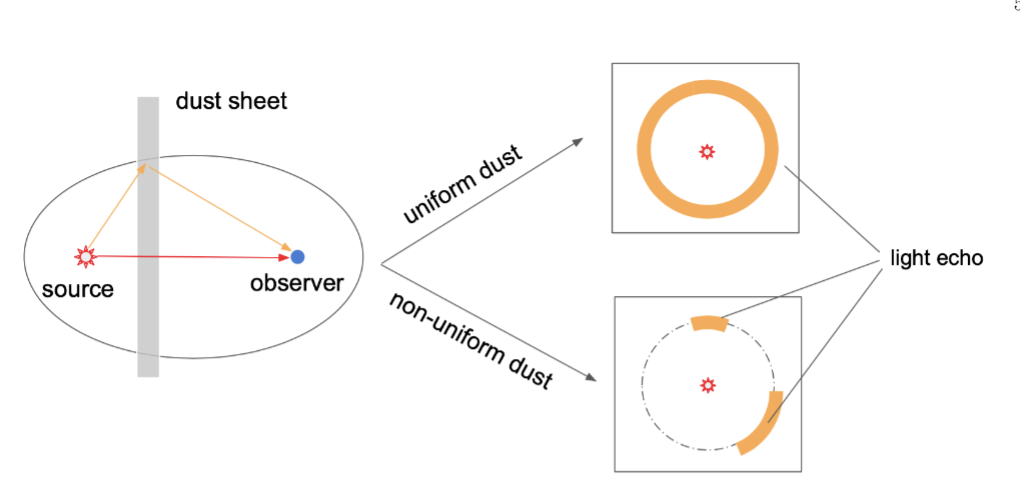
Xiaolong Li et al. 2022
LSSTC Catalyst Fellow, J. Hopkins
AILE: the first AI-based platform for the detection and study of Light Echoes
NSF Award #2108841
P.I. Bianco
Light Ecoes are rare strophsyical pheonomena and a near-pessimal problem for AI, but with as much data as LSST AI is a necessity
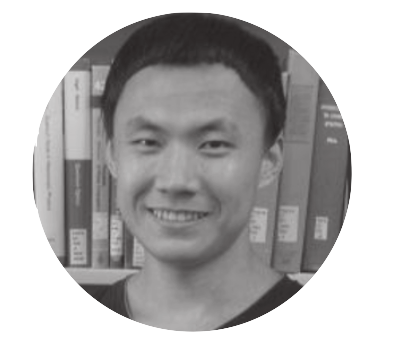

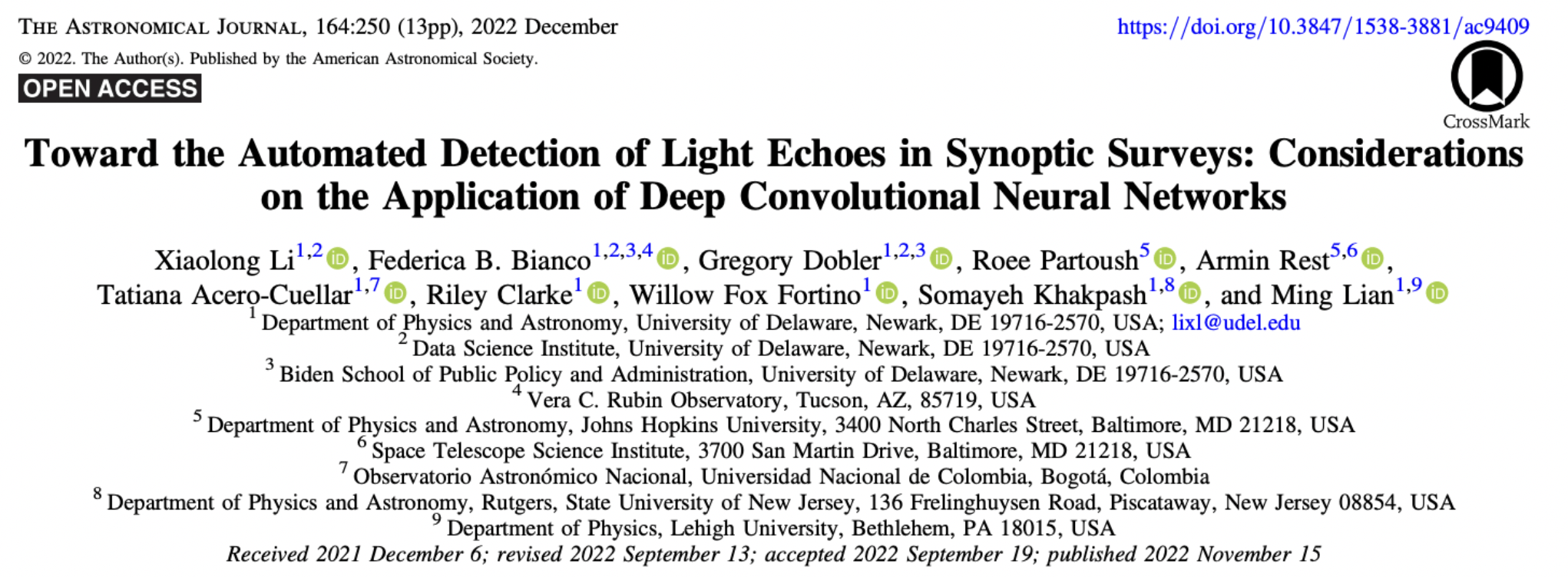
- imbalance classes
- diverse morphology
- low SNR
- small training data
- inaccurate labels

Testing the performancde os SAM on astronomical objects
Rodiat Ayinde
Lincoln University (PA)

NSF Award #2123264
P.I. Bianco

Multi-city Urban Observatory Network

Studying cities as complex systems through imaging data
Multi-city Urban Observatory Network
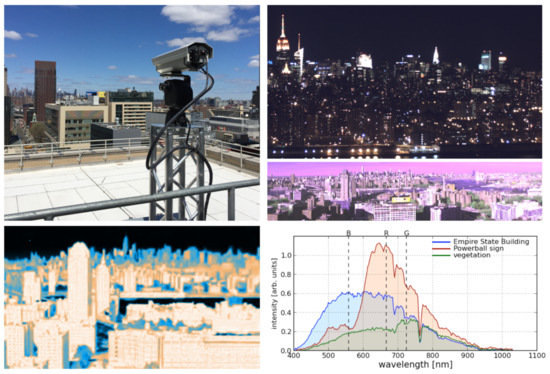

Studying cities as complex systems through imaging data
- energy demand and consumption
- ecology of flora and fauna
- urban metabolism
- circadiem rhythms
Multi-city Urban Observatory Network



From Light Echoes to Polluting Plumes
Pessimal AI problem:
- small training data
- inaccurate labels
- imbalance classes
- diverse morphology
- low SNR
- complex BG
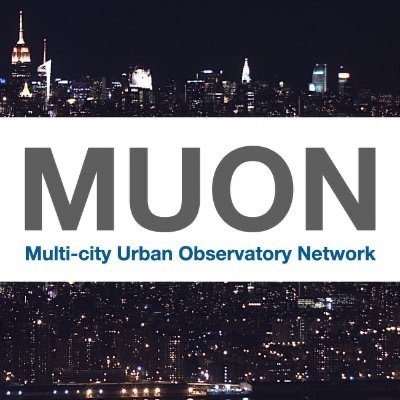

Jessica Salcido, NYU
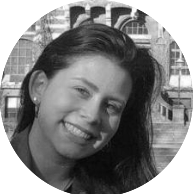

From Light Echoes to Polluting Plumes
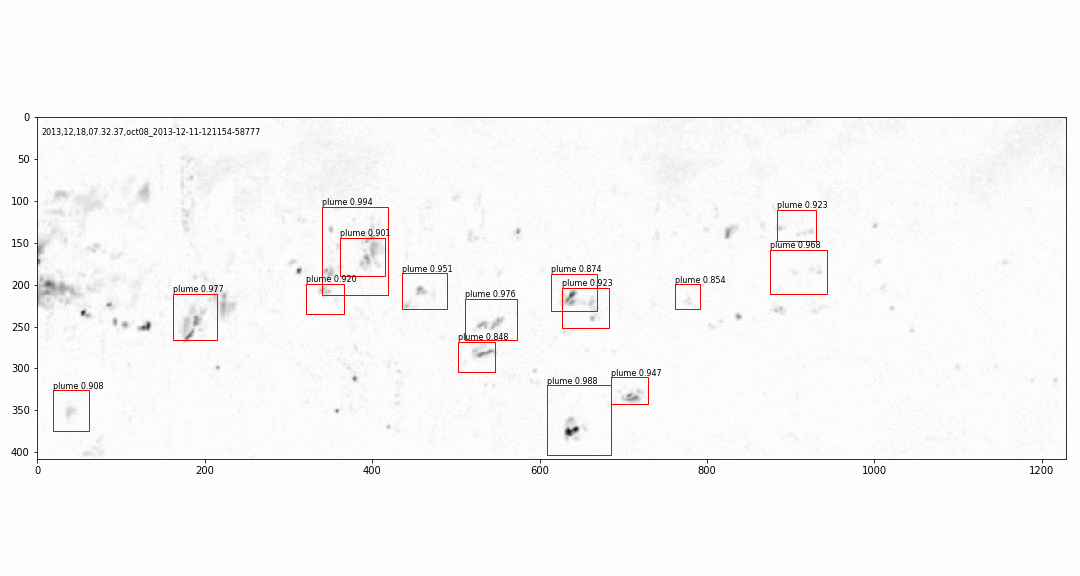
Pessimal AI problem:
- small training data
- inaccurate labels
- imbalance classes
- diverse morphology
- low SNR
- complex BG

Jessica Salcido, NYU


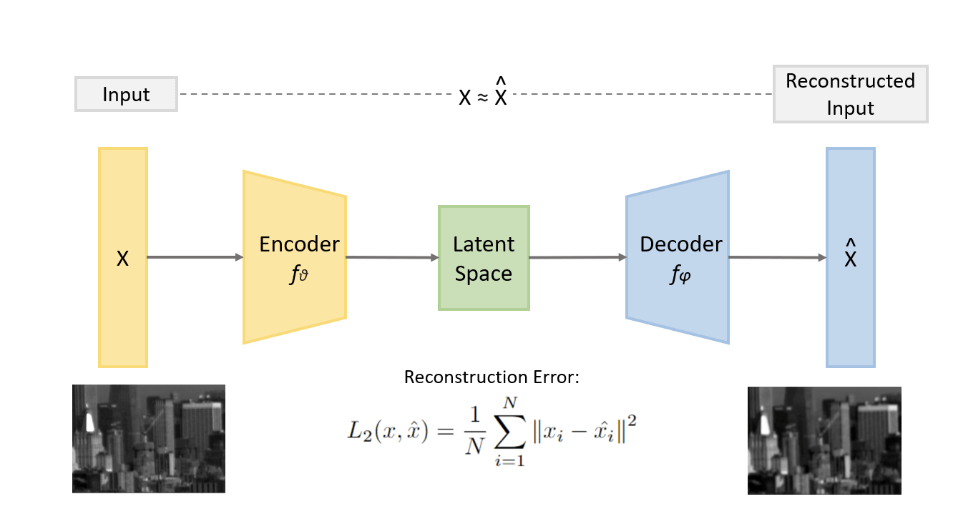








reconstructed
next in sequence
PCA alligned difference
-
=



Jessica Salcido, NYU

Real Time detection of emerging plumes and other anomalies in city scapes
Somayeh Khakpash
Catalyst Fellow (Rutgers)
Autoencoders to generate computationally expensive caustic maps for quasar microlensing and infer physical parameters from the latent space
FASTlab Flash highlight

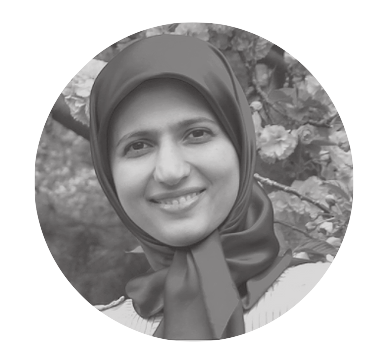
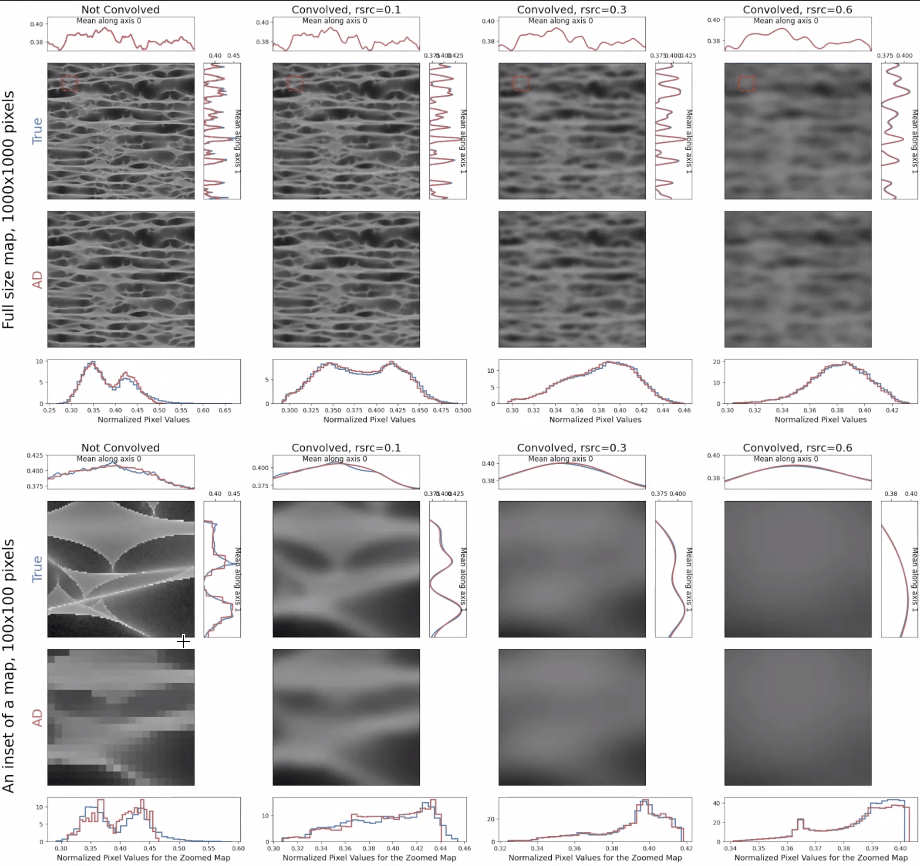
Plumes and heat in NIR


Plumes in hyperspectral imaging



"It has been invaluable to have predictions for the next week instead of having to panic about the next shift"
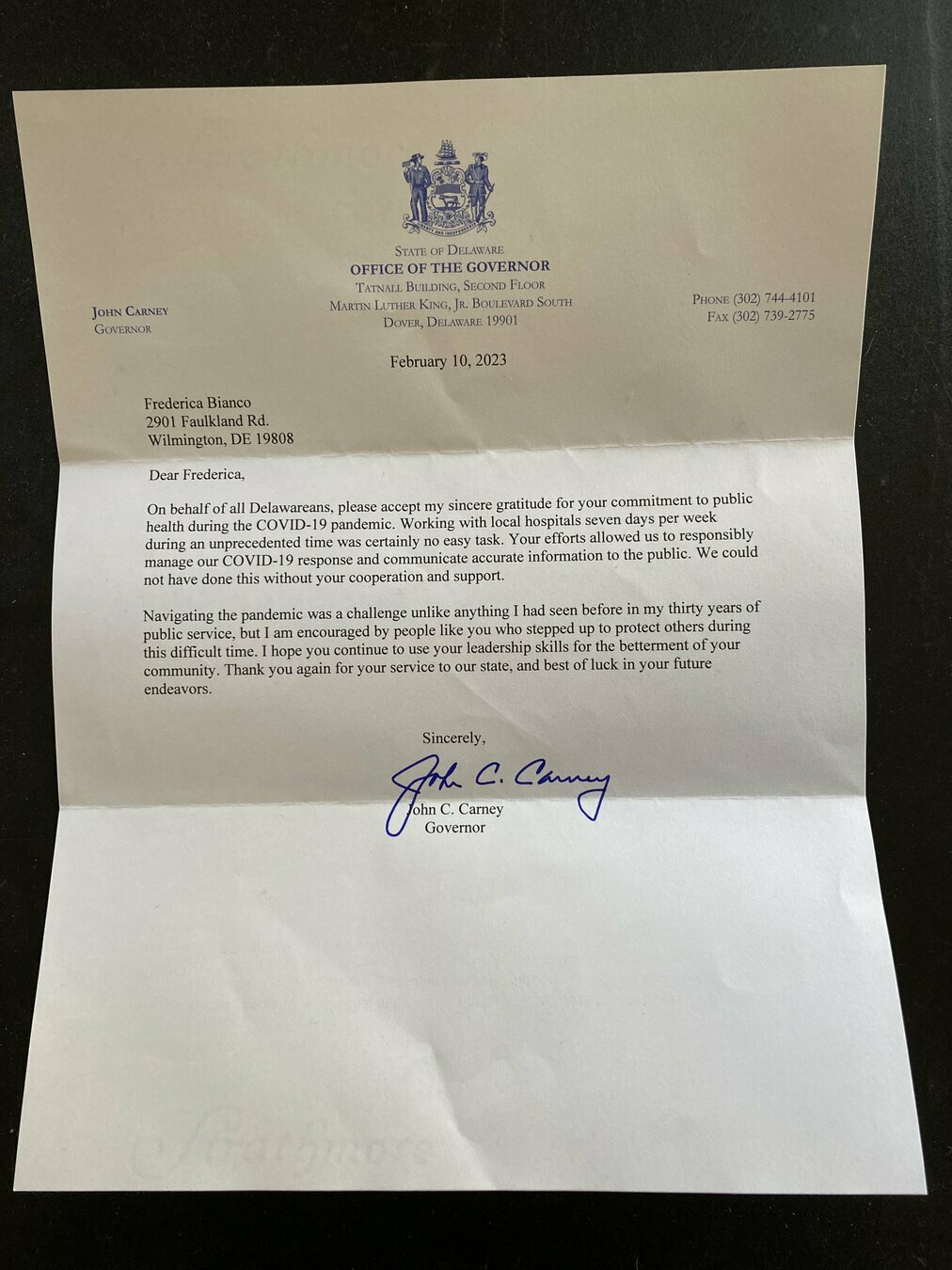
Dr. Somayeh Khakpash
LSSTC Catalyst Fellow, Rutgers


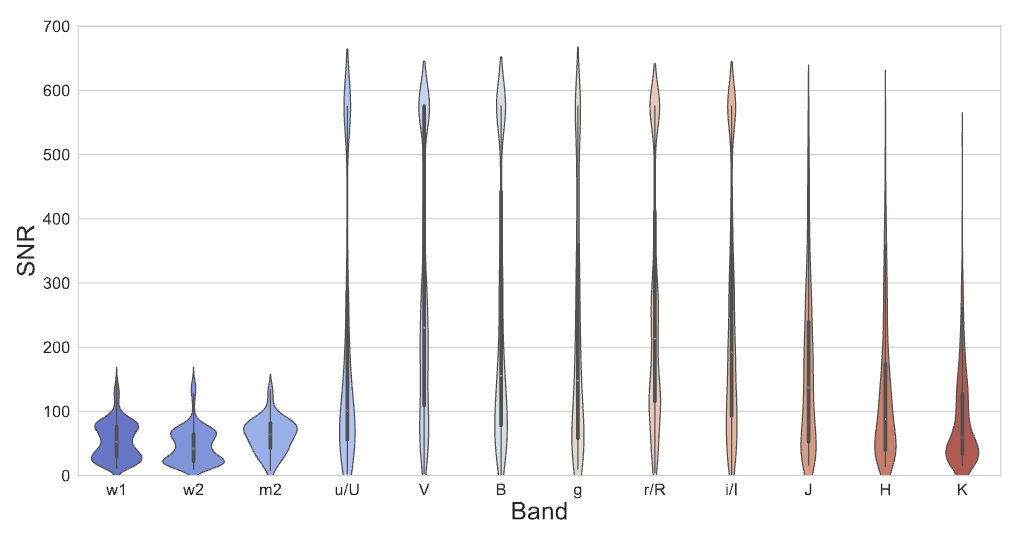
Rare classes will become common, but how do we know what we are looking at and classify different objects for sample studies?
Data-Driven Templates for stripped SESN
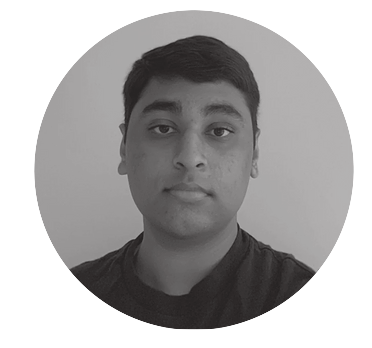
Research Inclusion: sonification of LSST lightcurves
Riley Clarke, UD grad student Sid Patel, UD undergrad summer research project
Sonification: Data → Sound
New way of understanding data
- Can be complementary to visualizations
Gives access to people who cannot
interpret data visuallySounds cool! Good for public outreach



Research Inclusion: sonification of LSST lightcurves
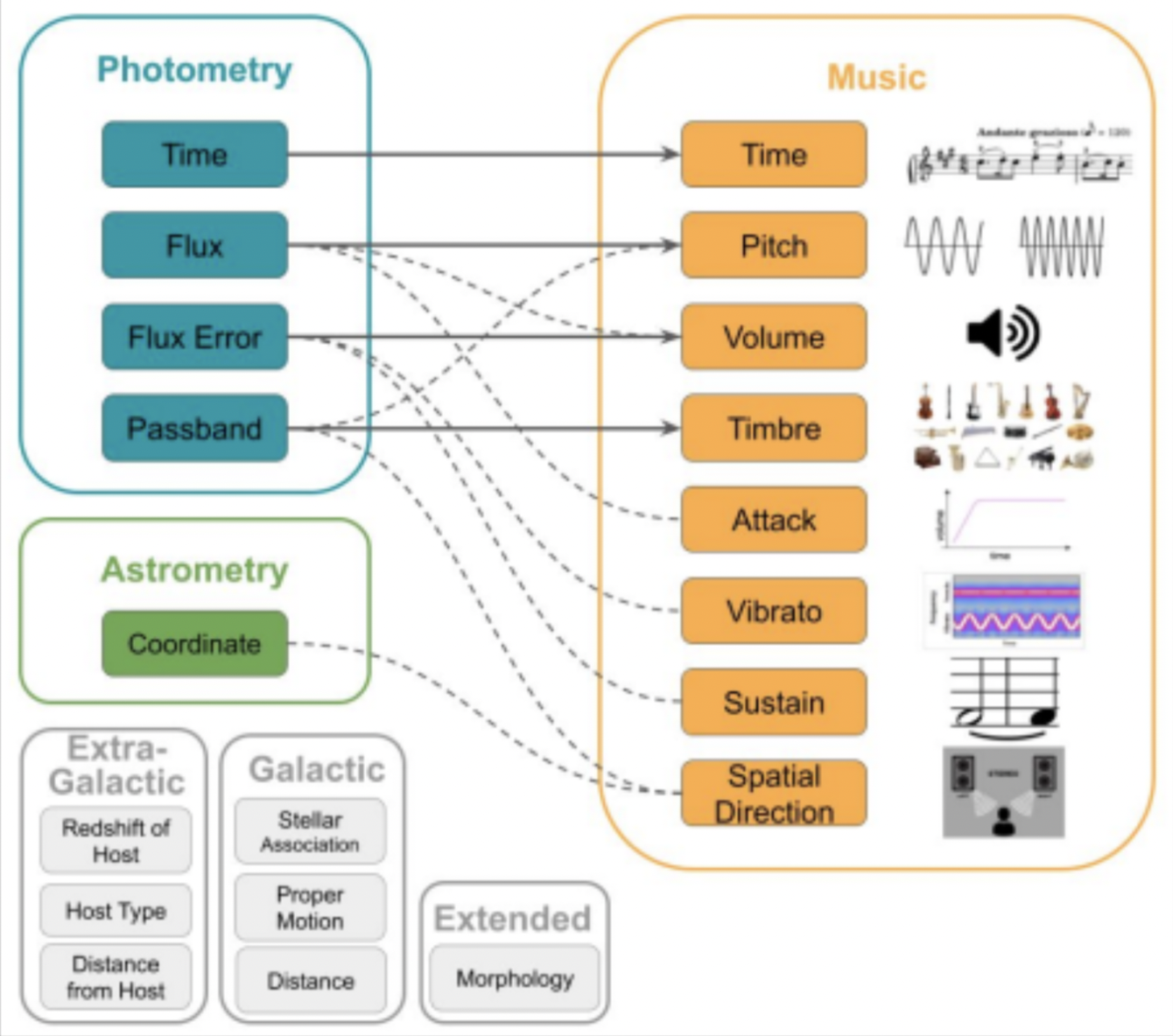
Rubin Rhapsodies

Research Inclusion: sonification of LSST lightcurves

Rubin Rhapsodies


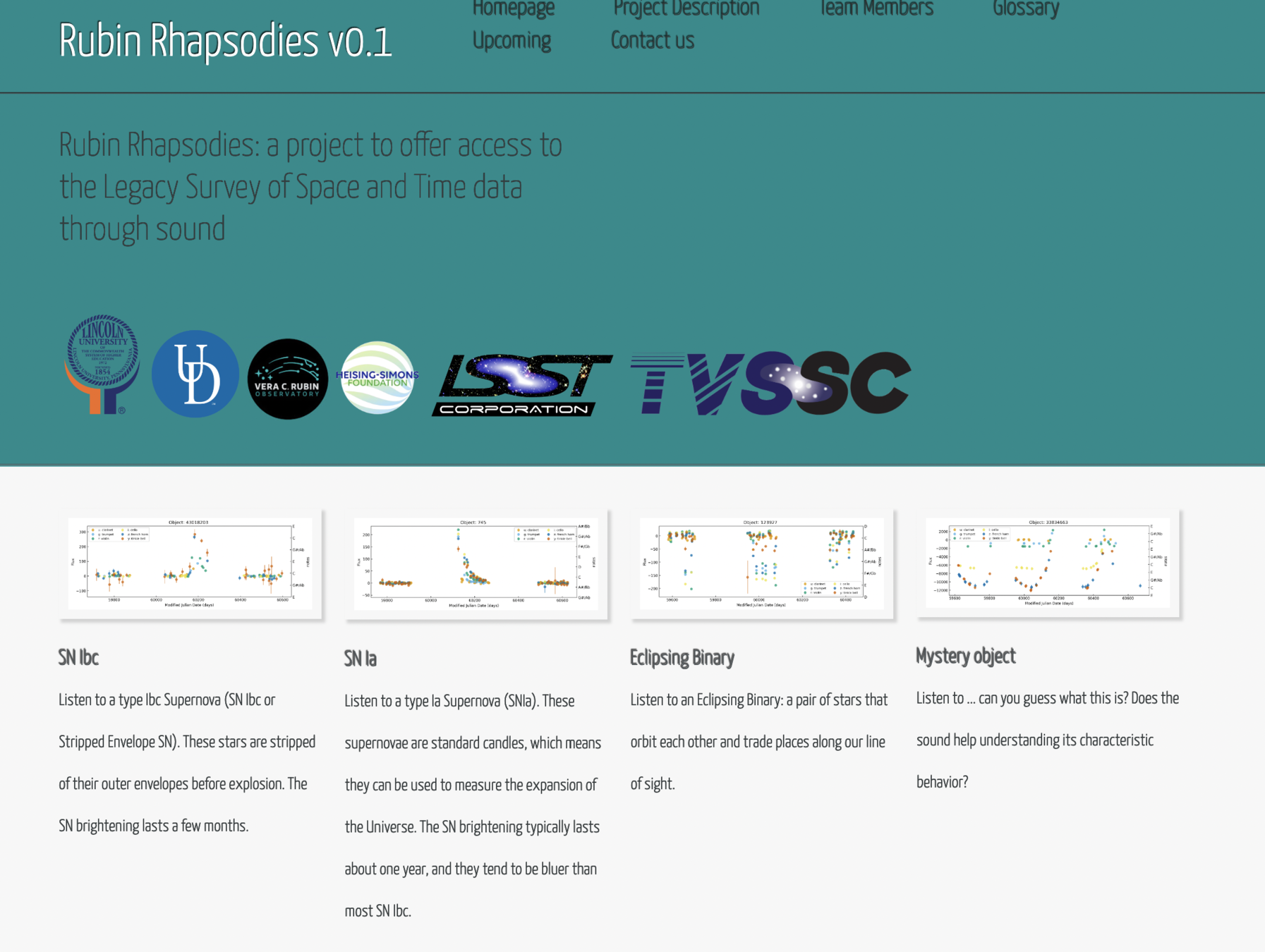
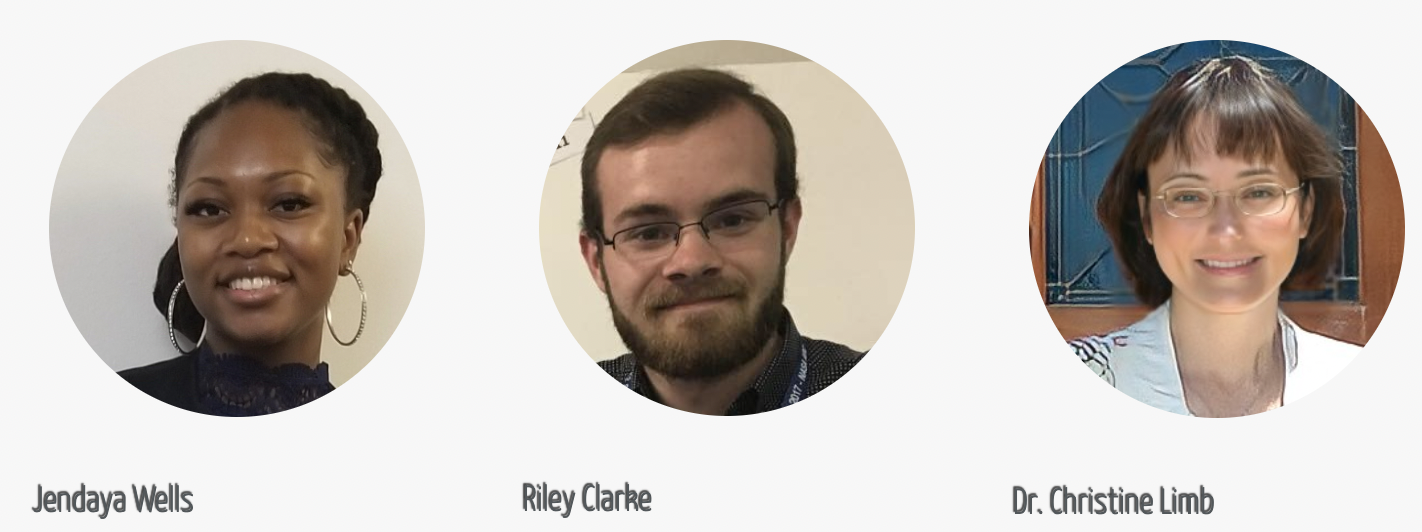

Rubin Observatory LSST
Diversity Equity Inclusion
Rubin LSST Science Collaborations
We aspire to be an inclusive, equitable, and ultimately just group and we are working with renewed vigor in the wake of the recent event that exposed inequity and racism in our society to turning this aspiration into action.



Rubin LSST Science Collaborations
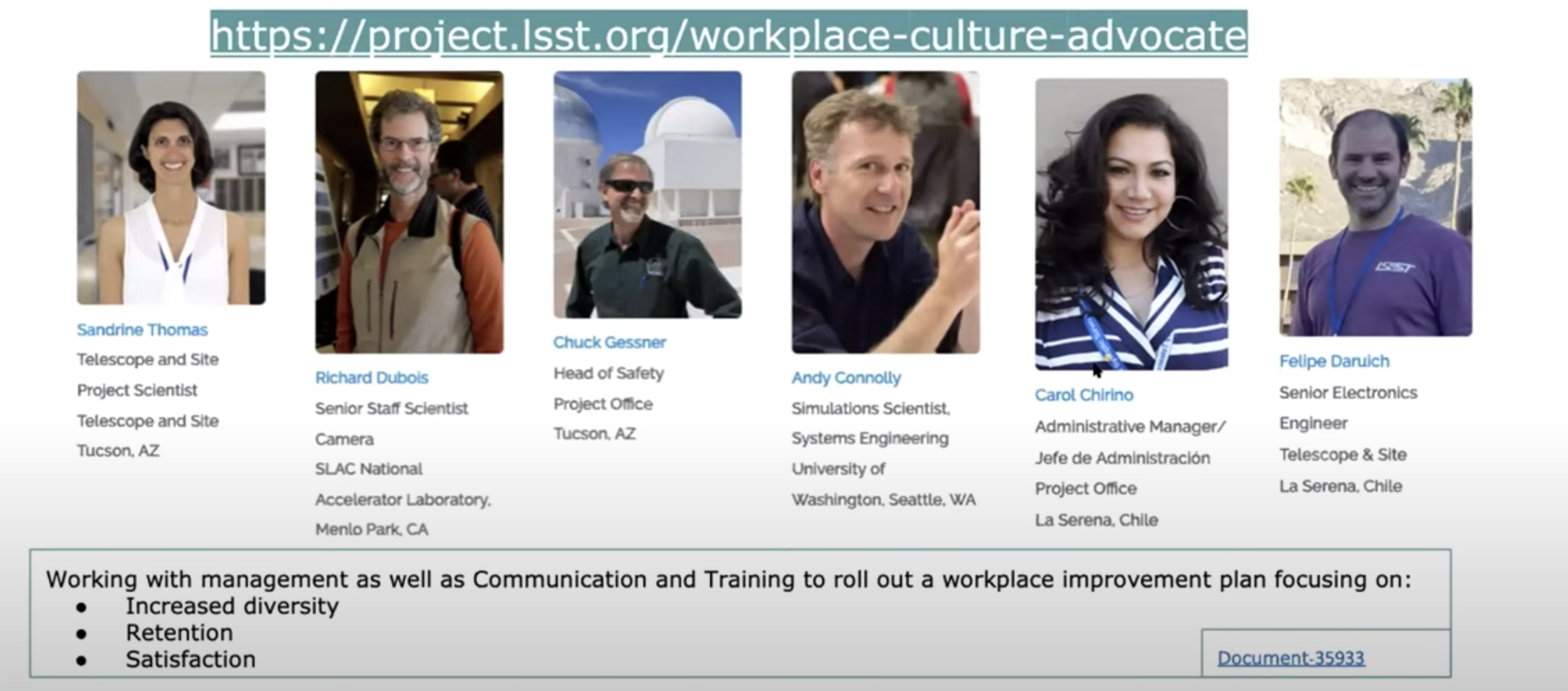
what's in a name?

The first ground-based national US observatory named after a woman, Dr. Vera C. Rubin
VRO
In the first 10 years of its life Rubin will conduct the Legacy Survey of Space and Time or LSST
federica bianco - fbianco@udel.edu

@fedhere
Will we discover new physics?


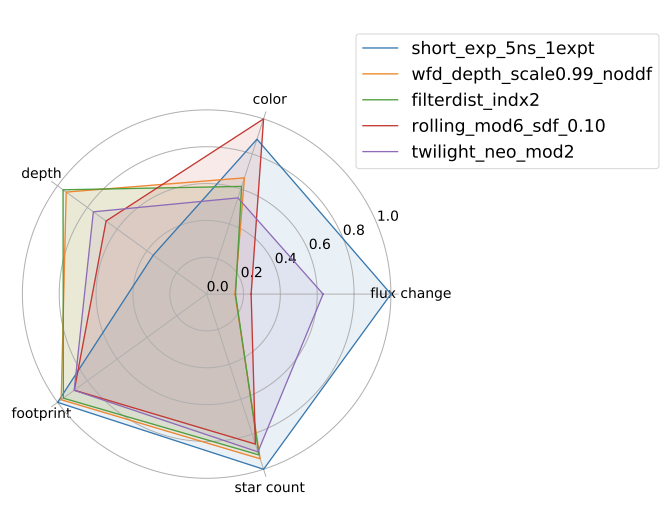
A comparative assessment of LSST potential surveys in the discovery of unknown unknowns